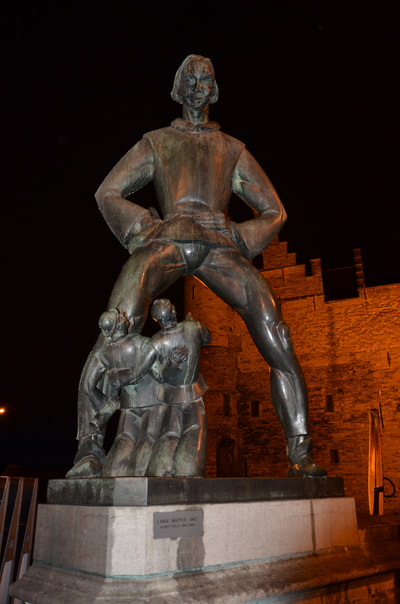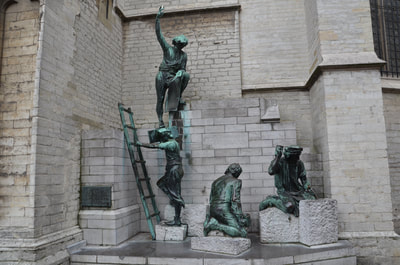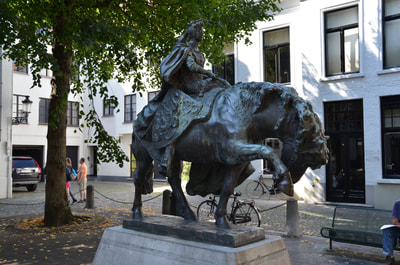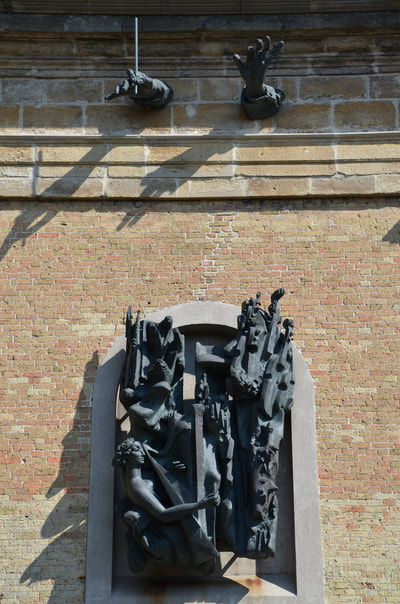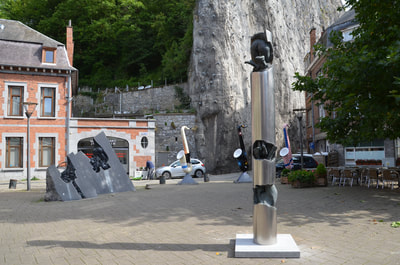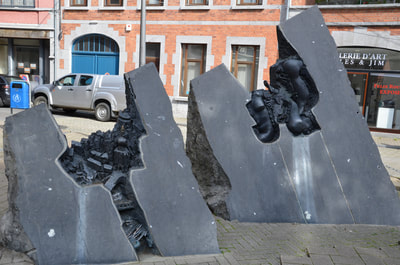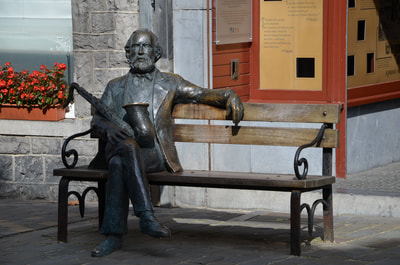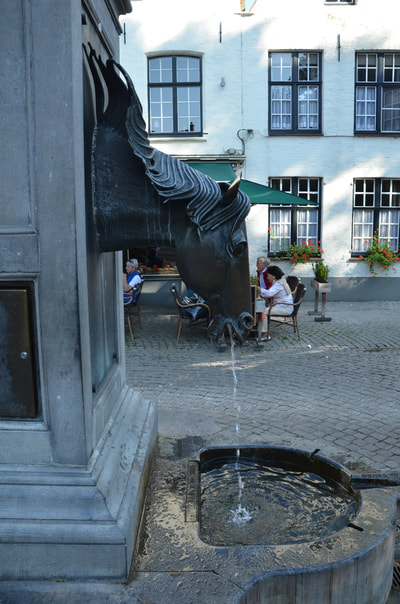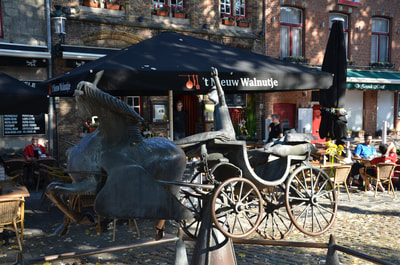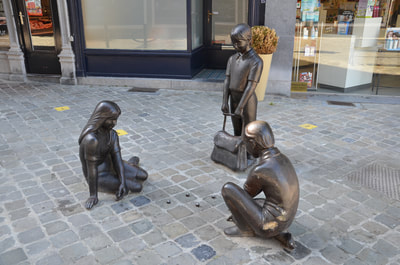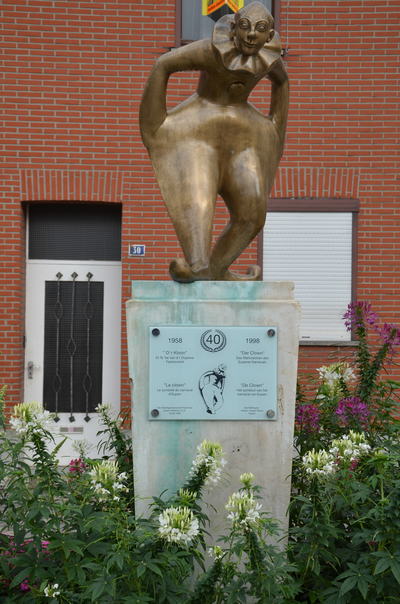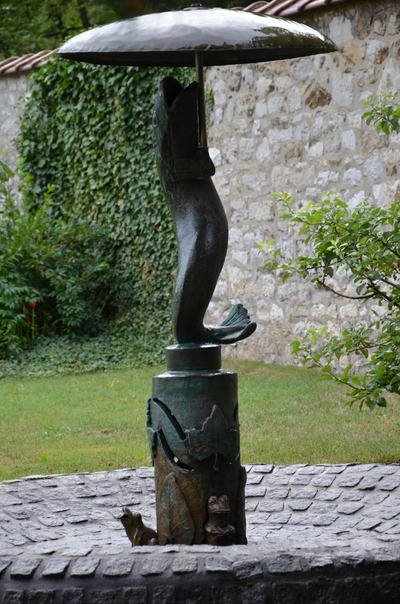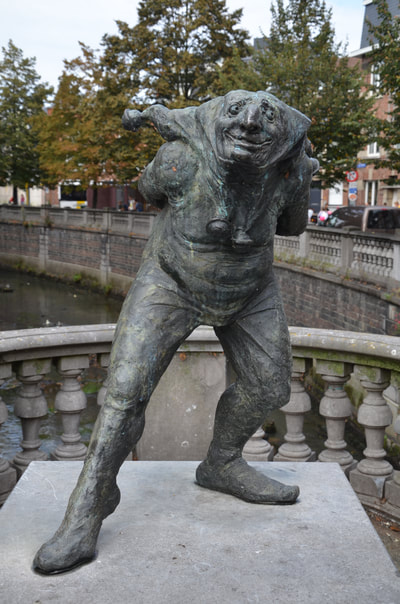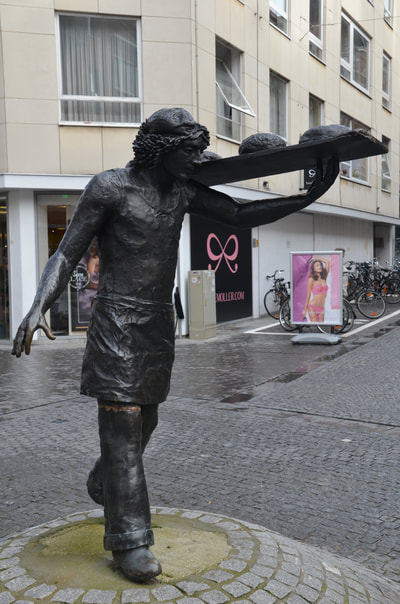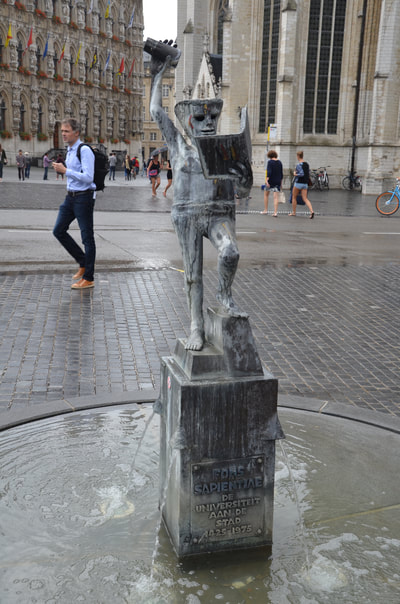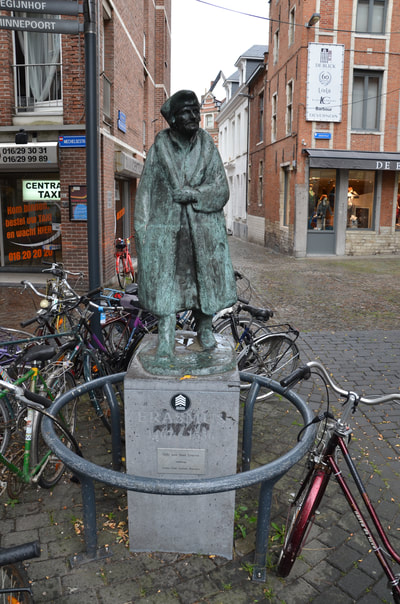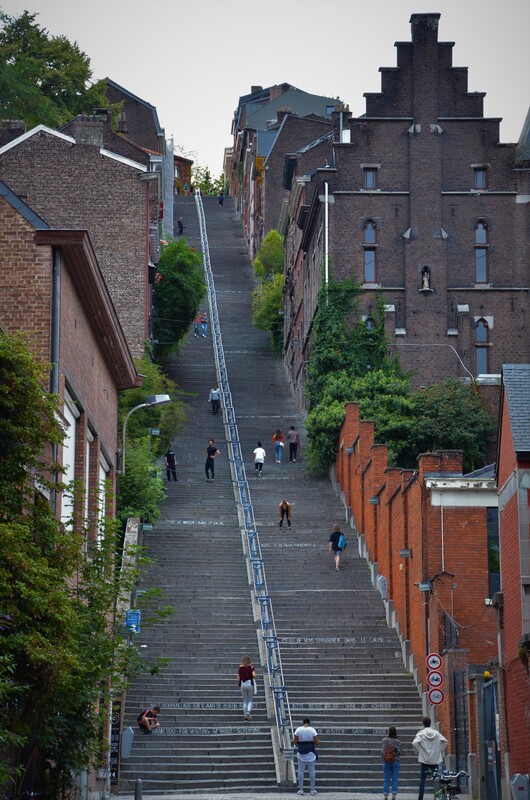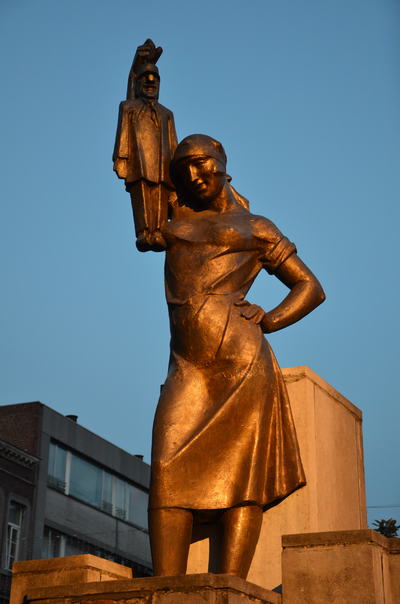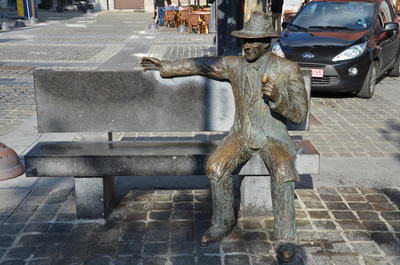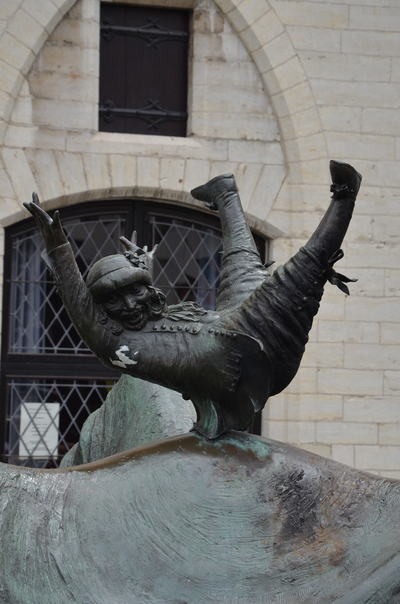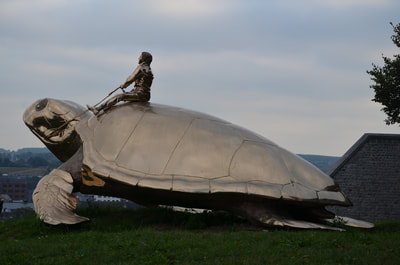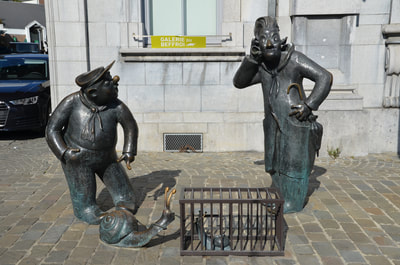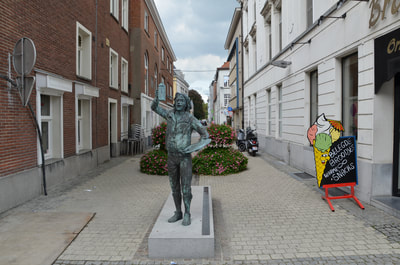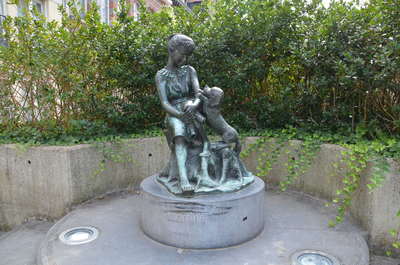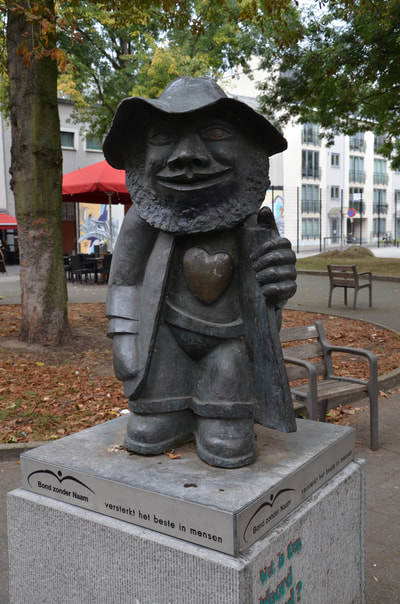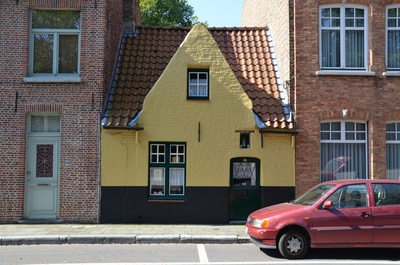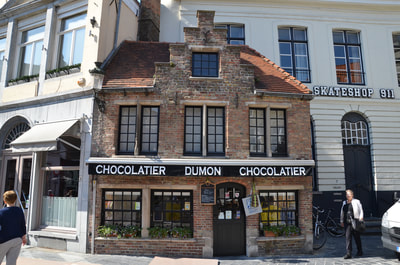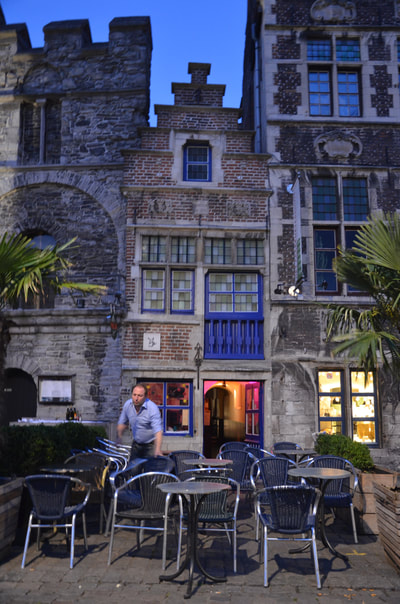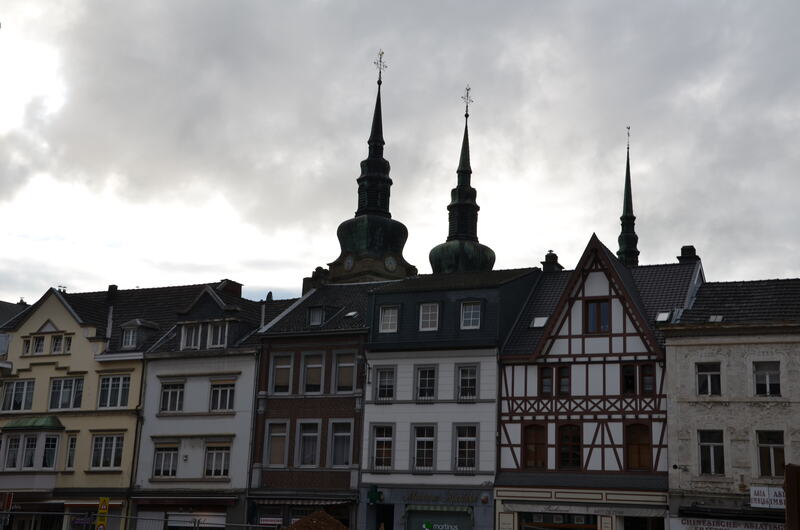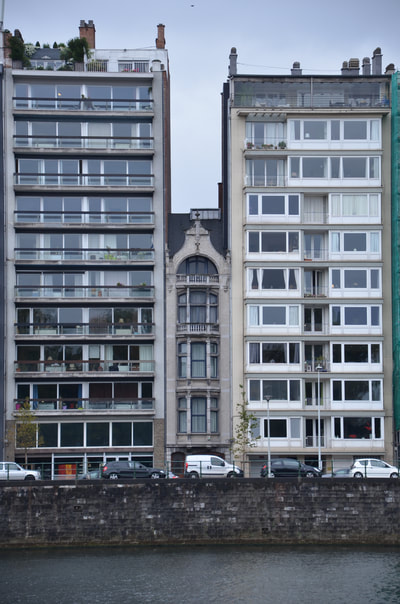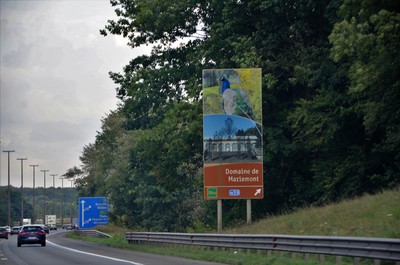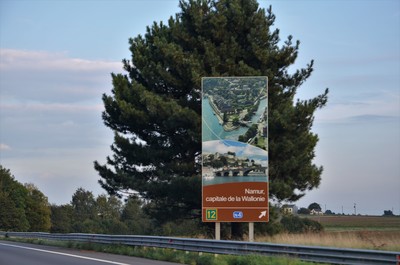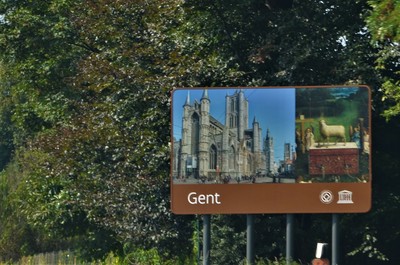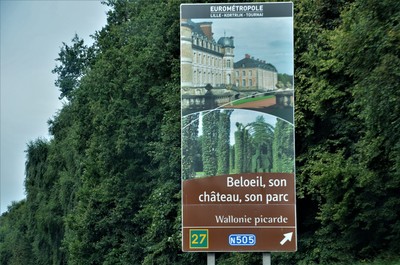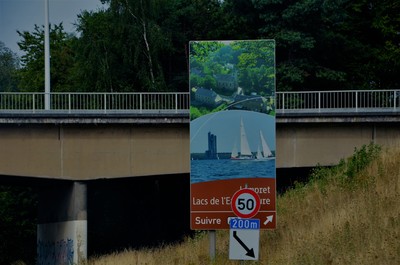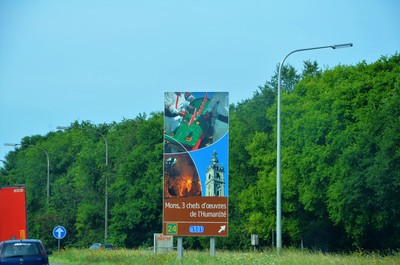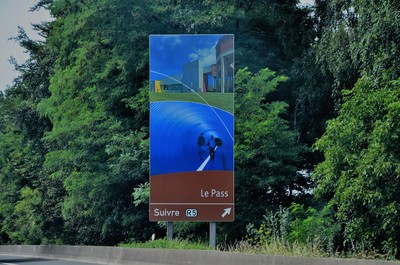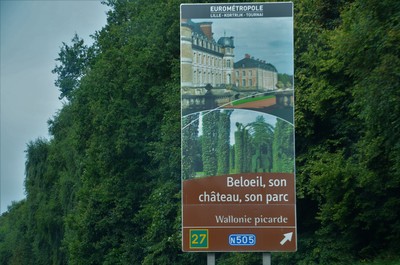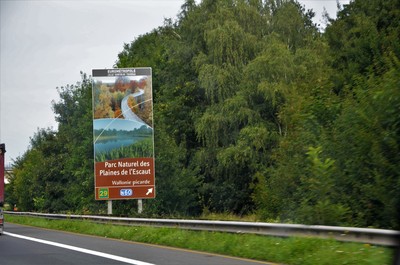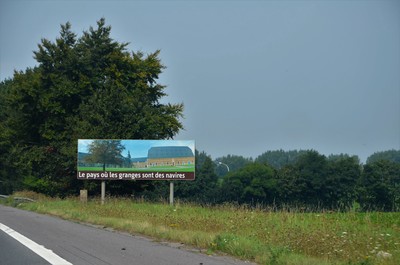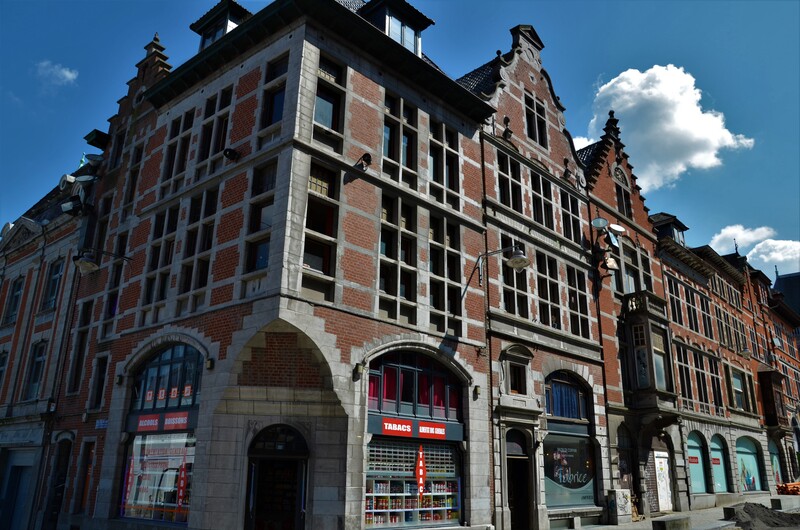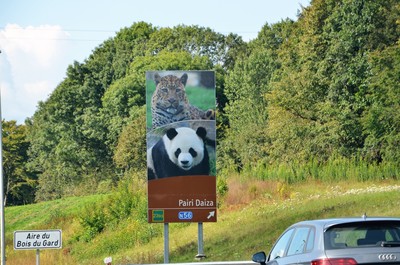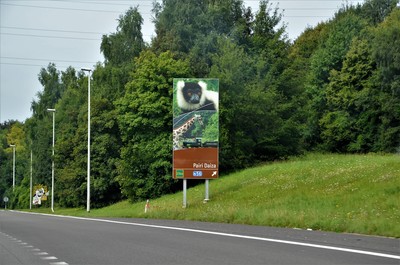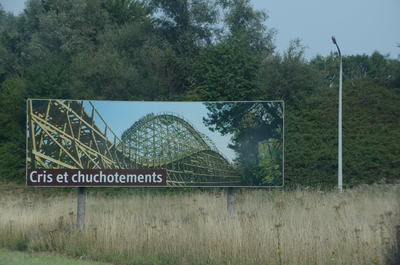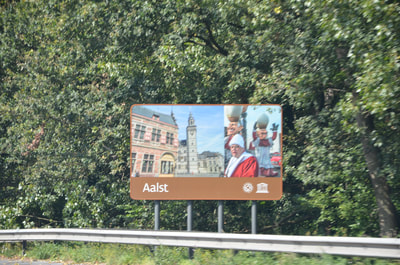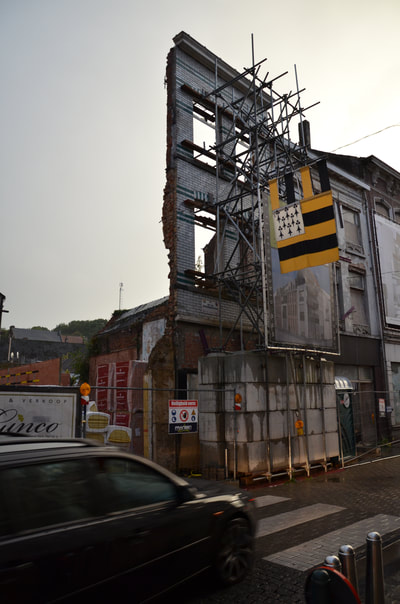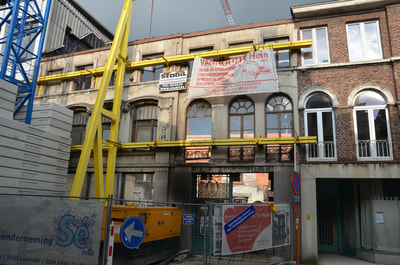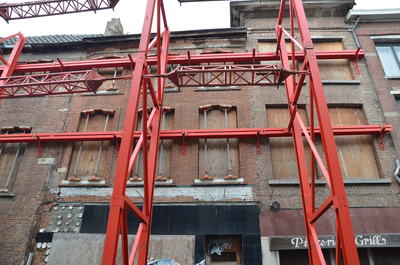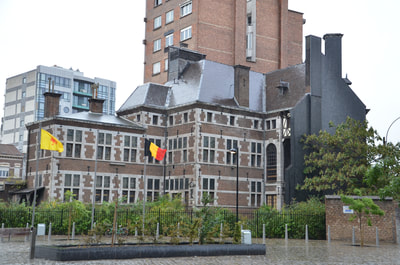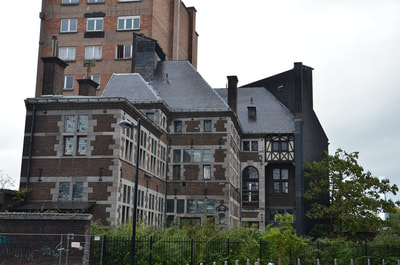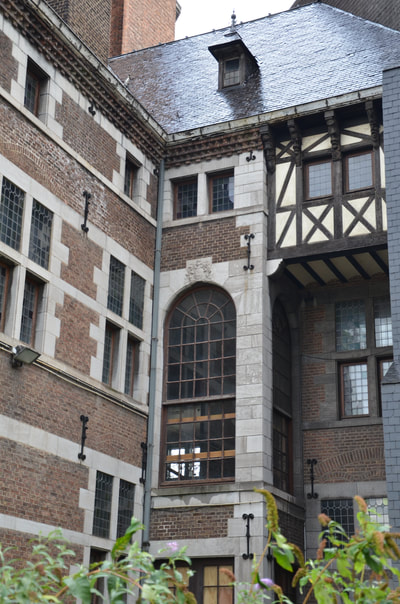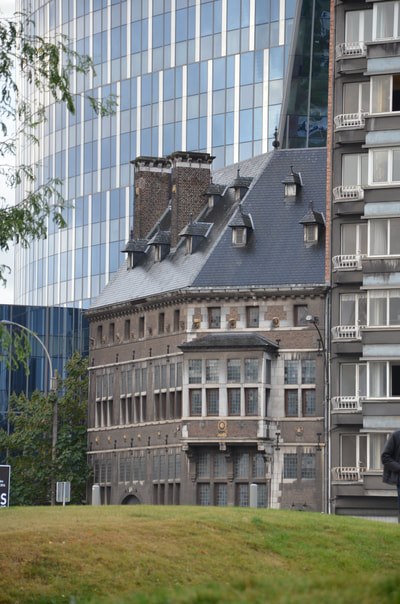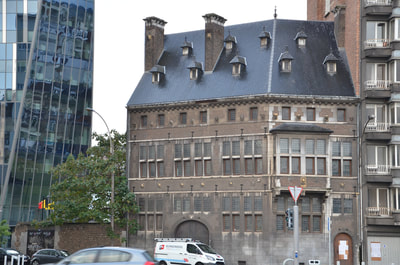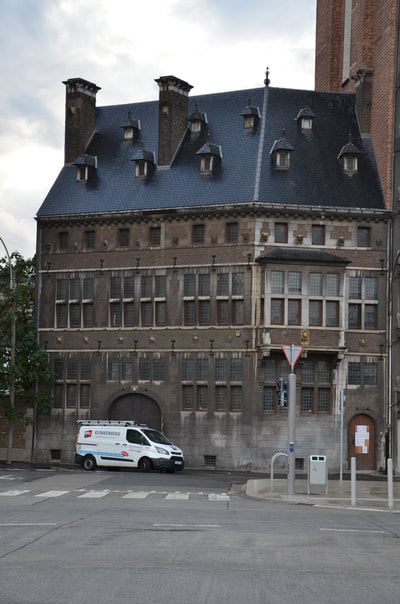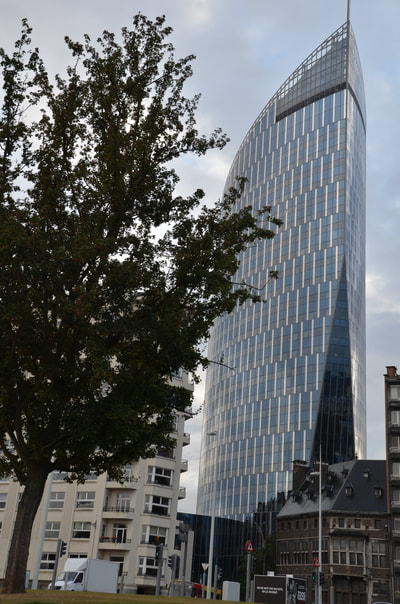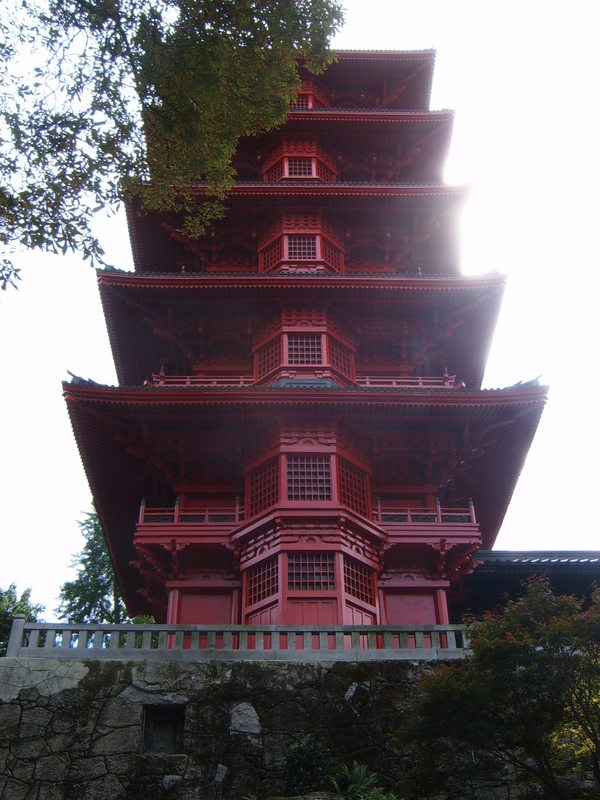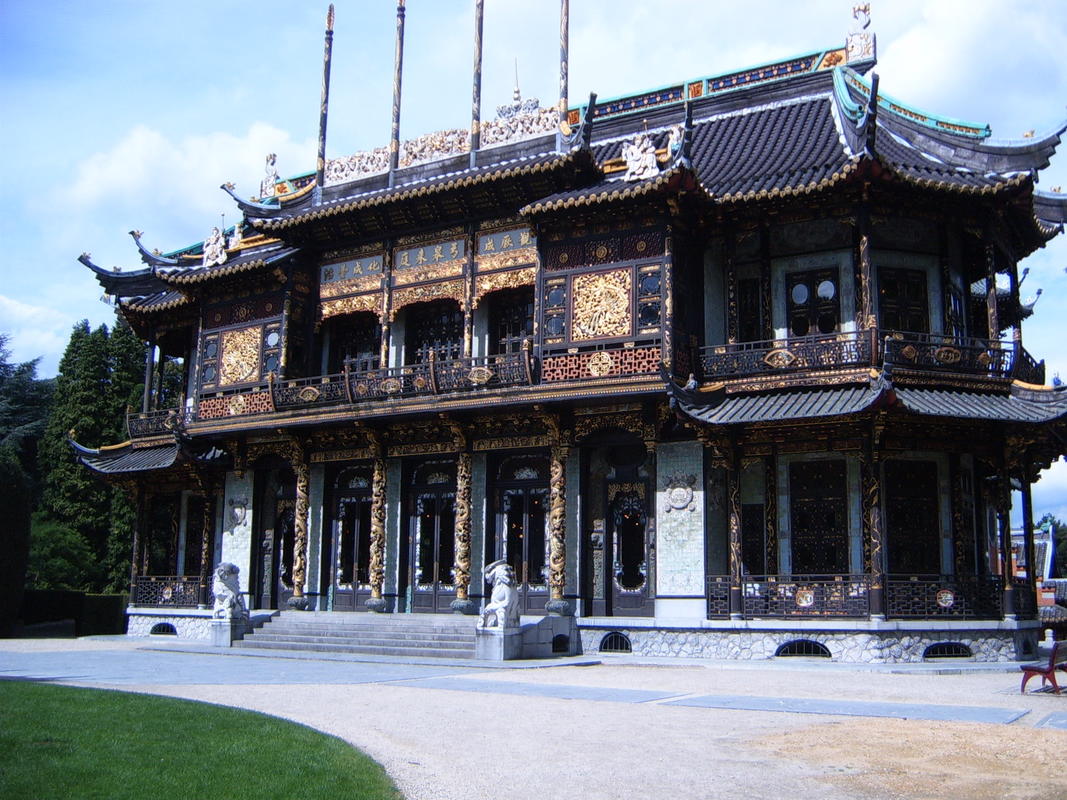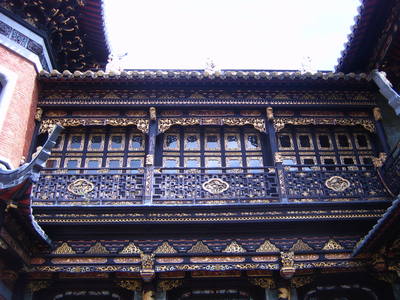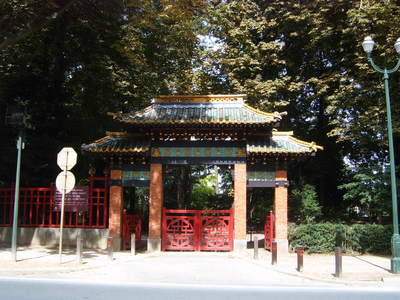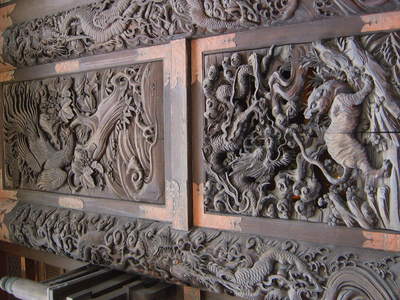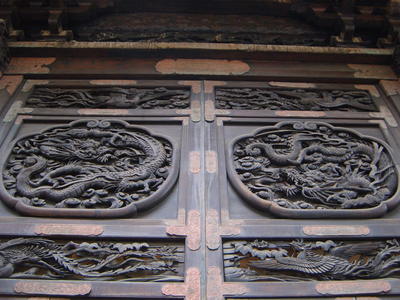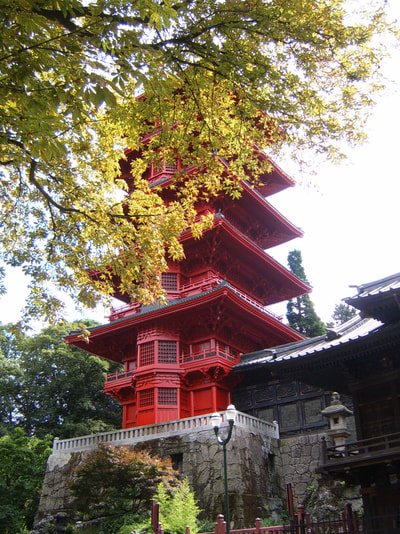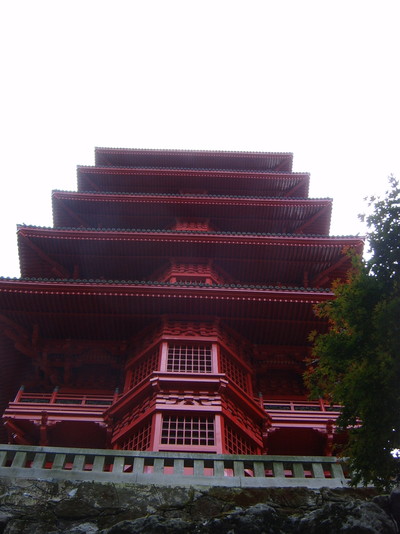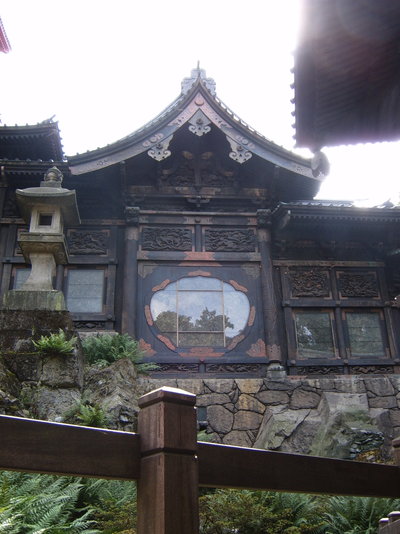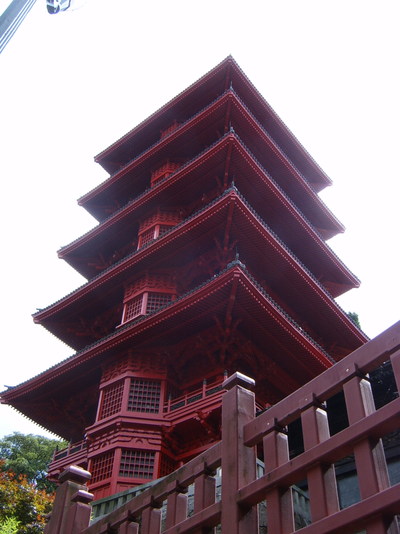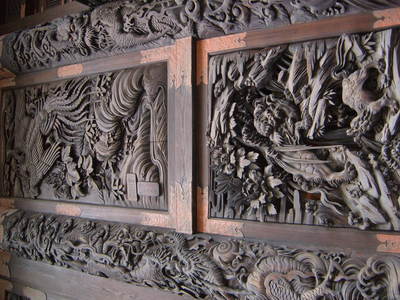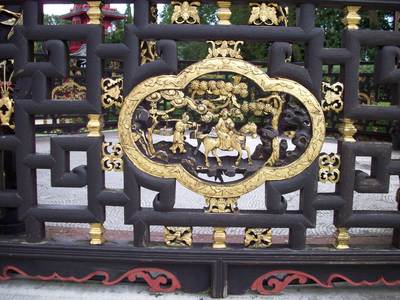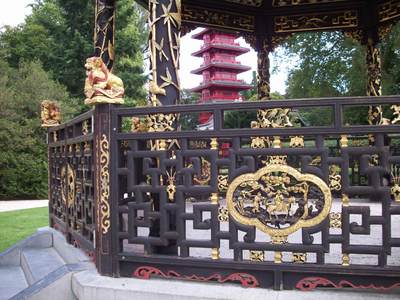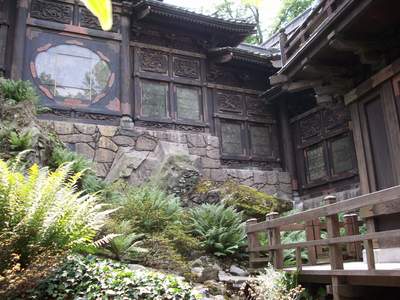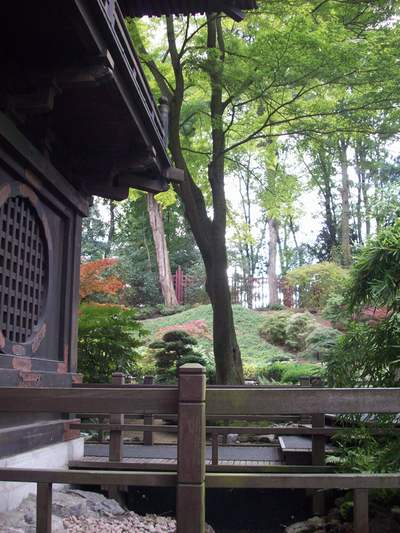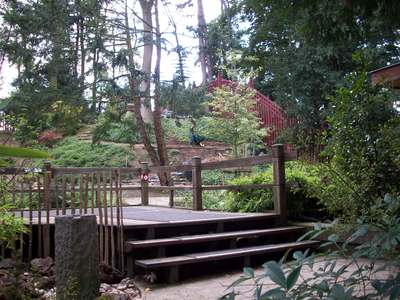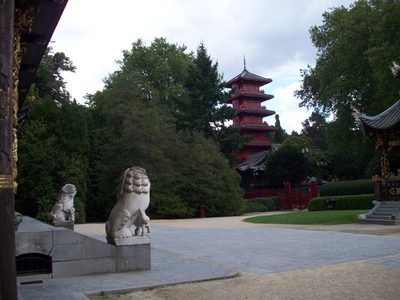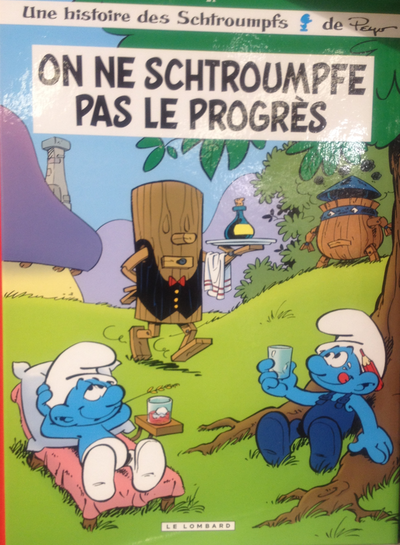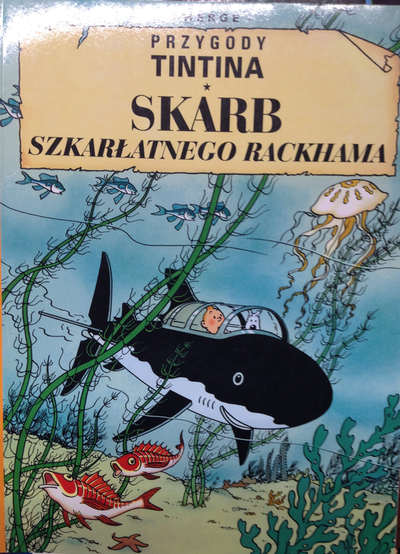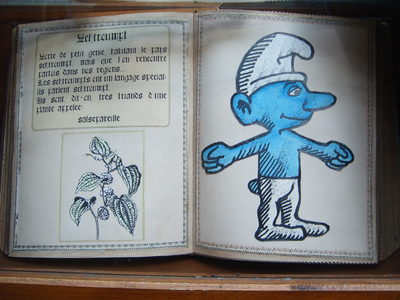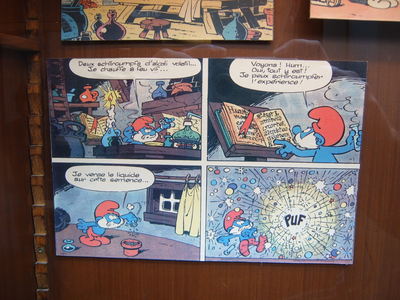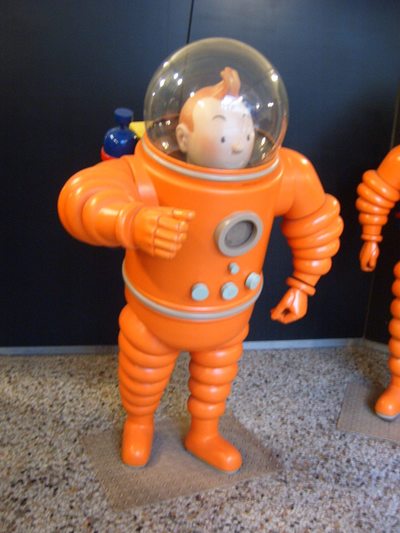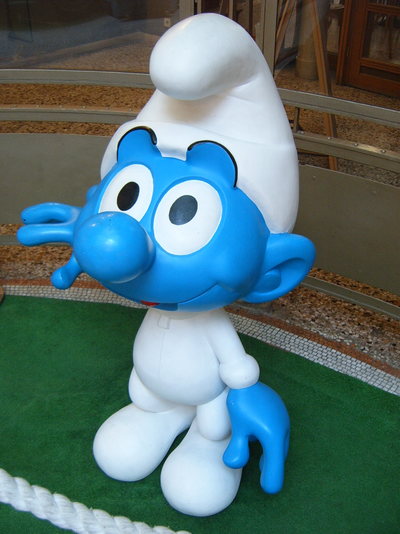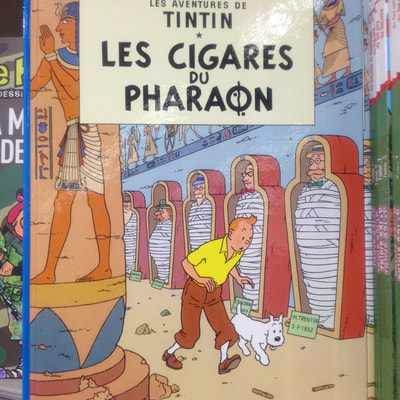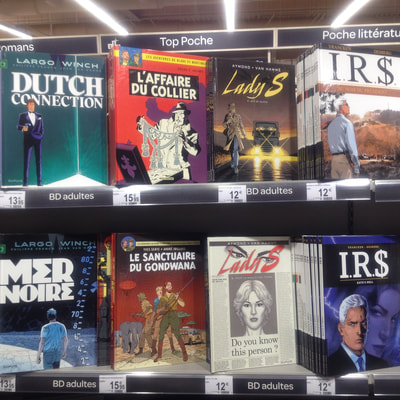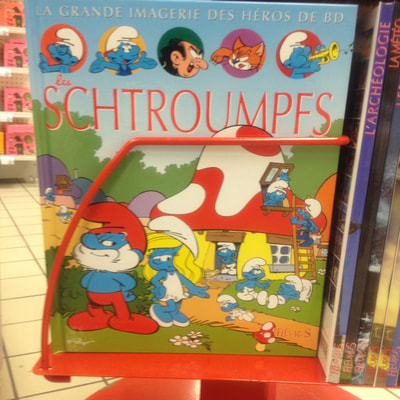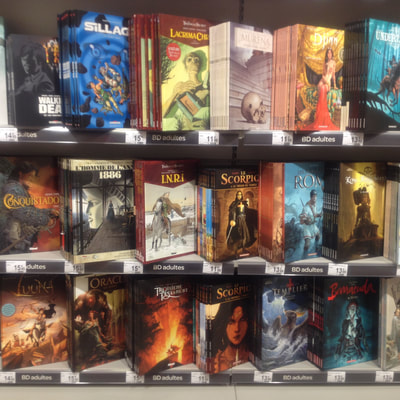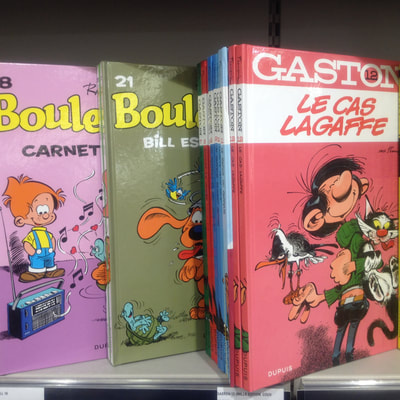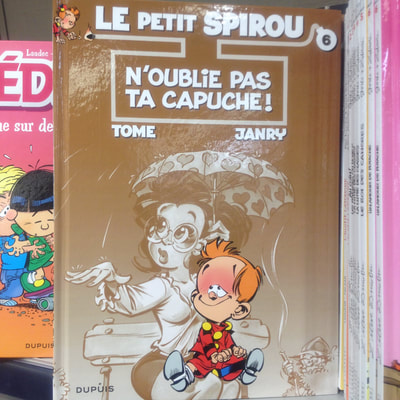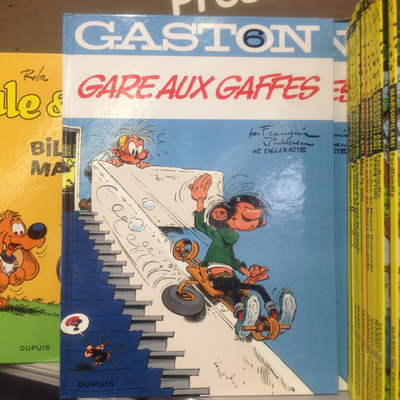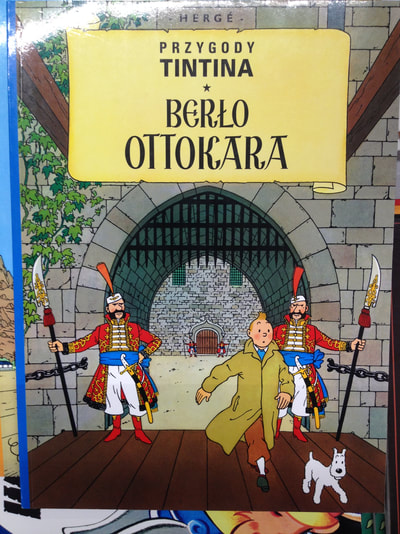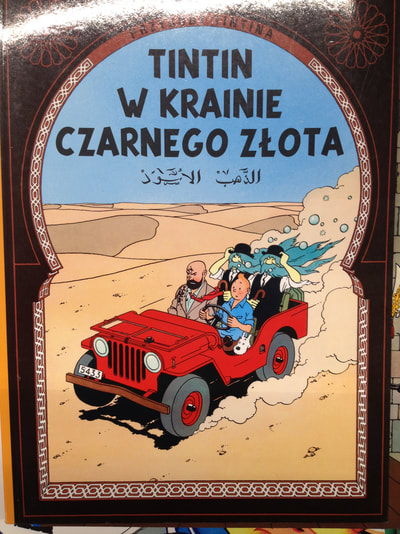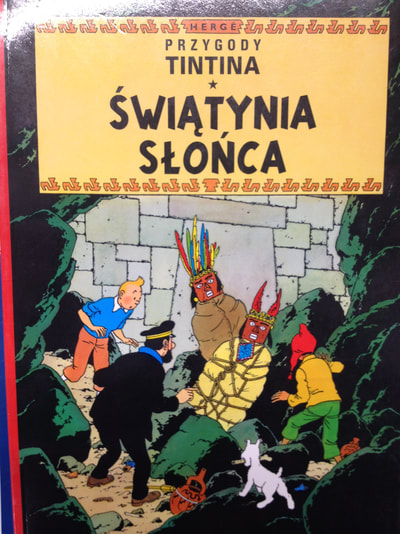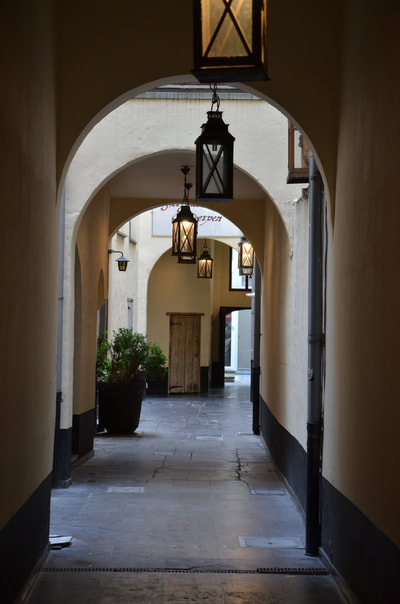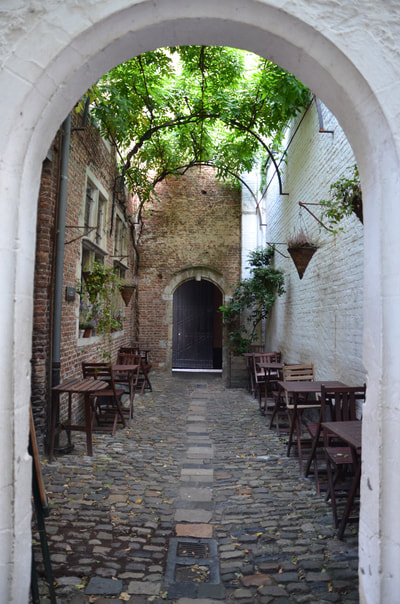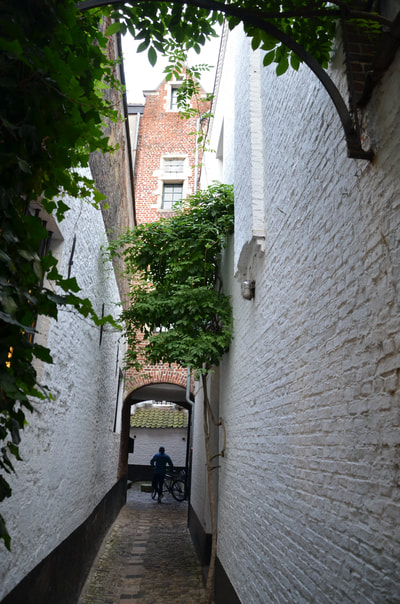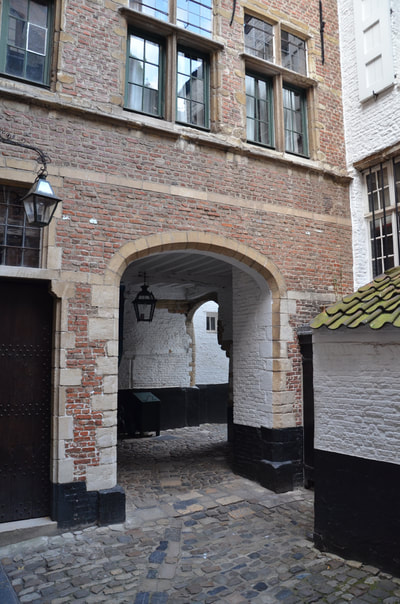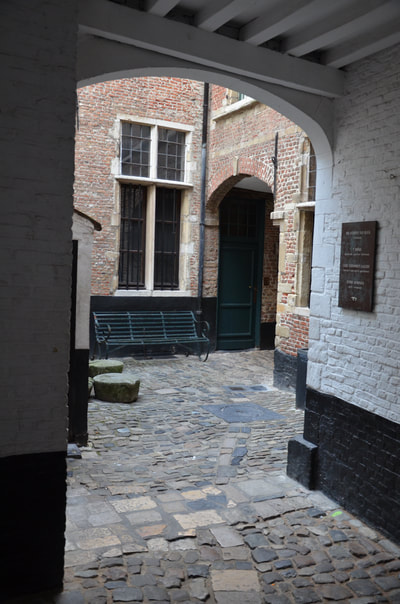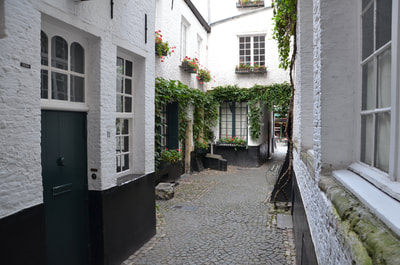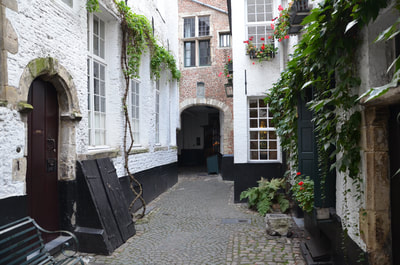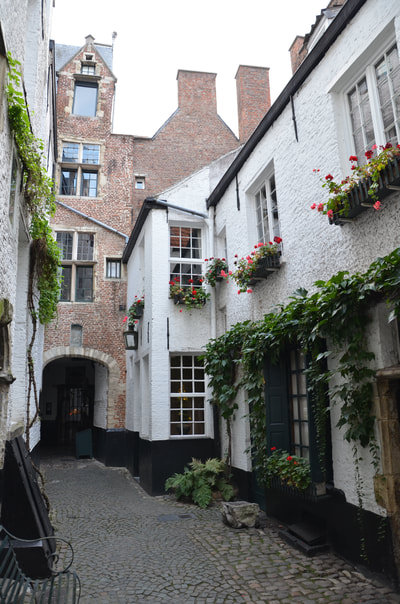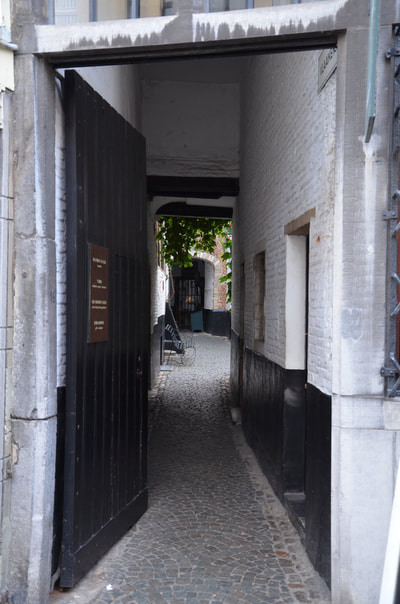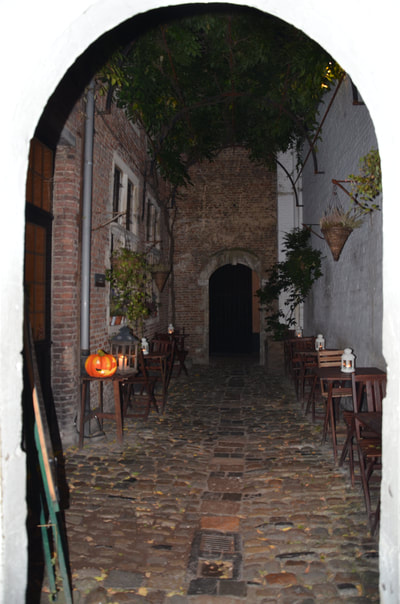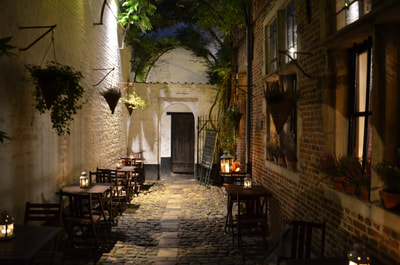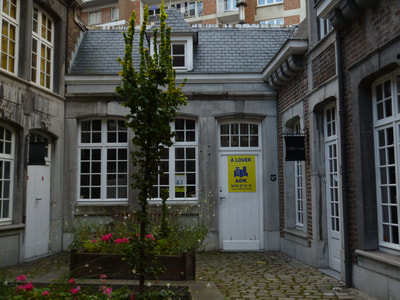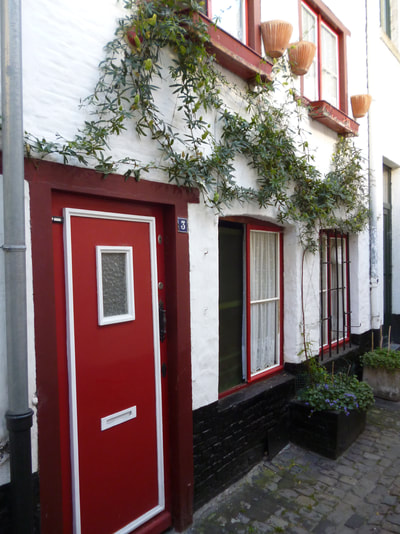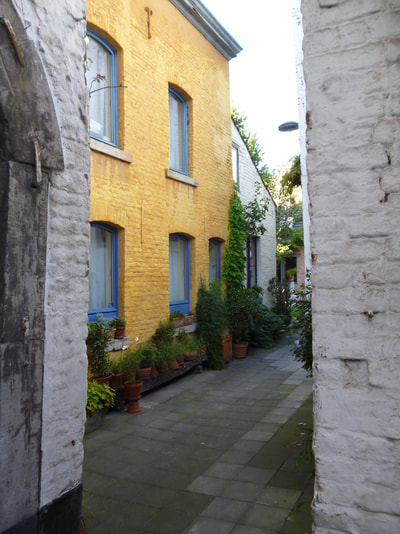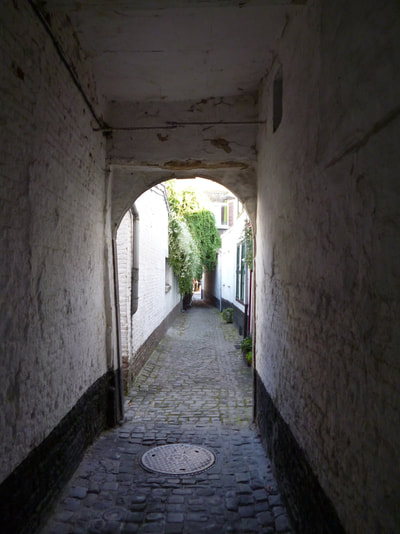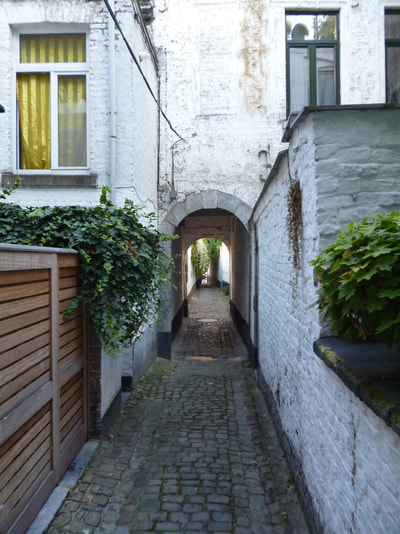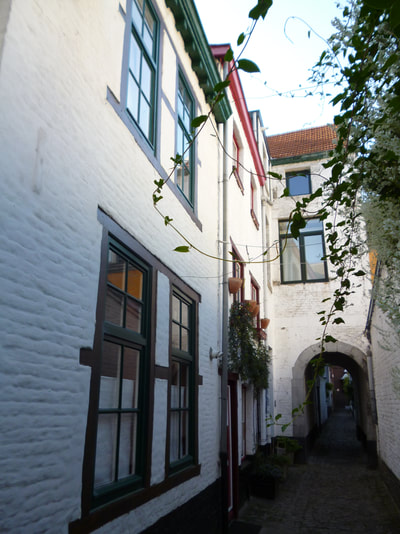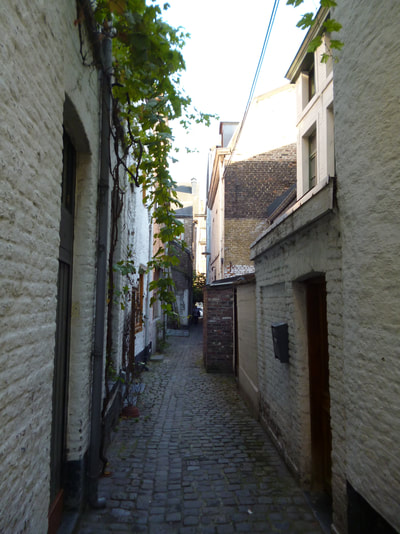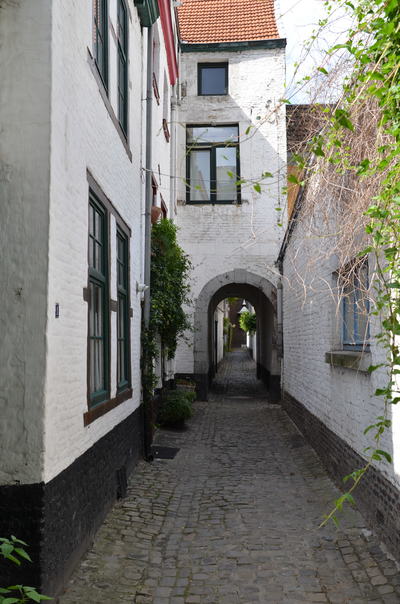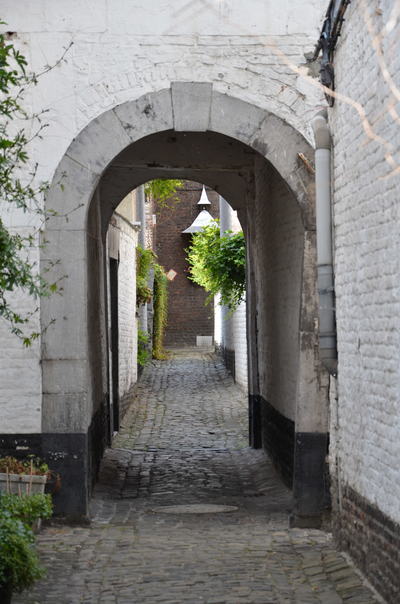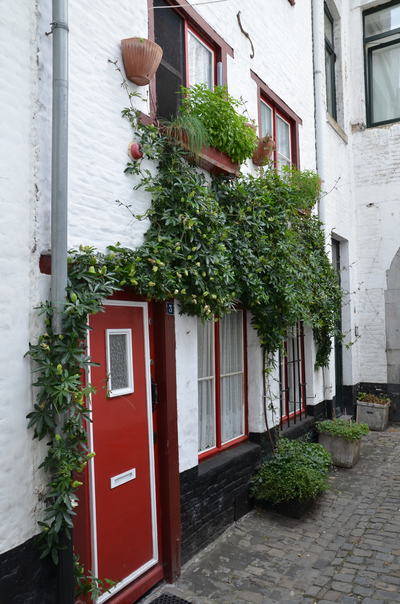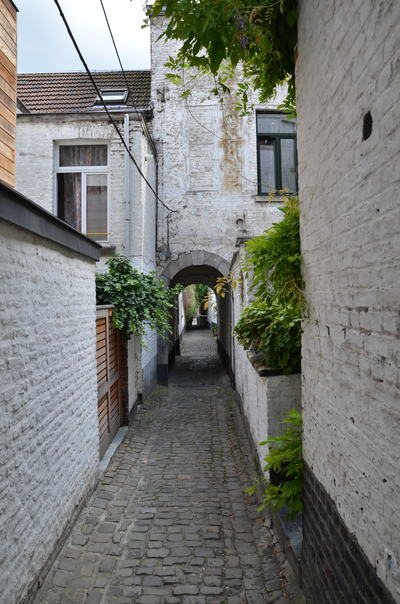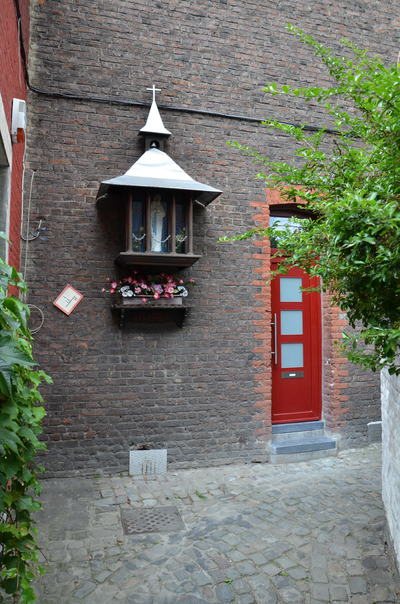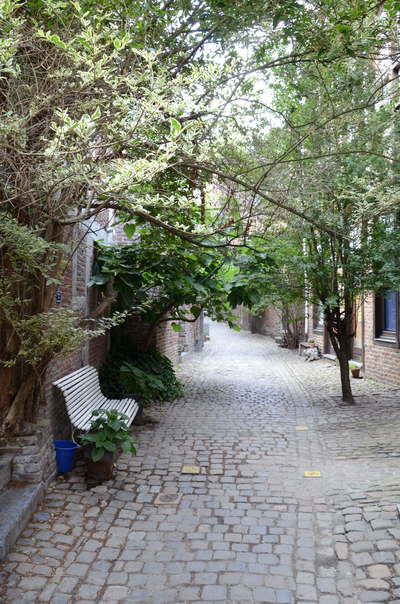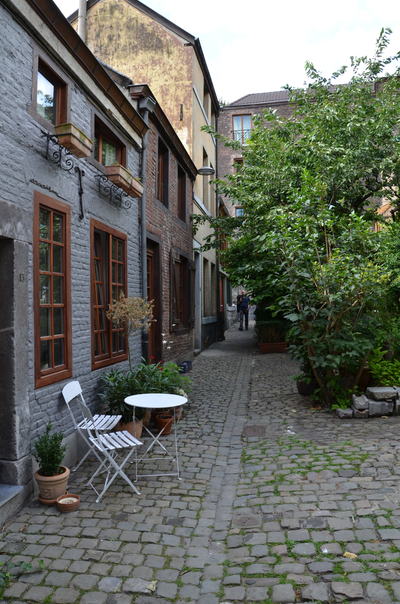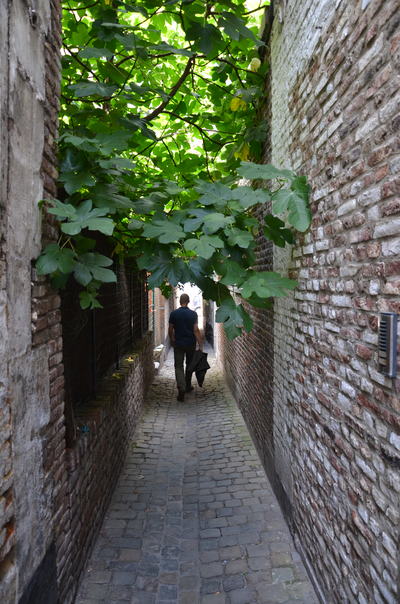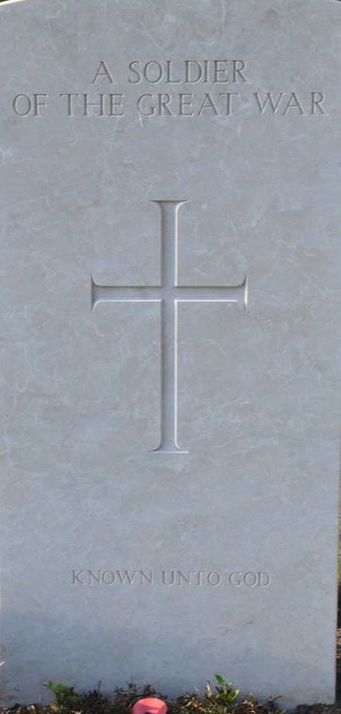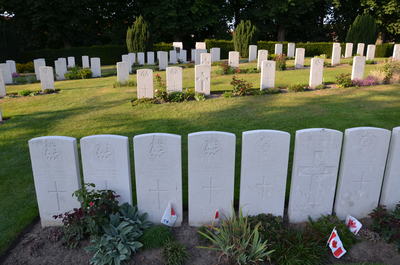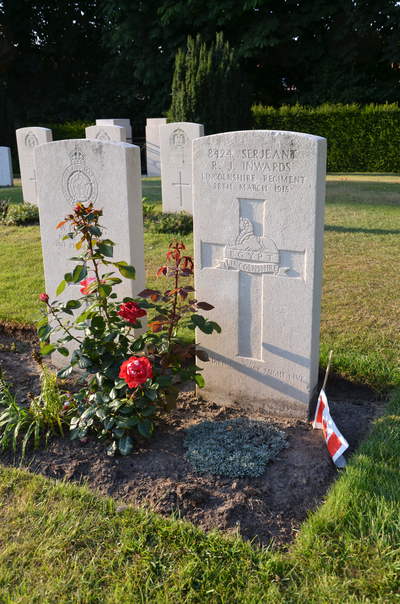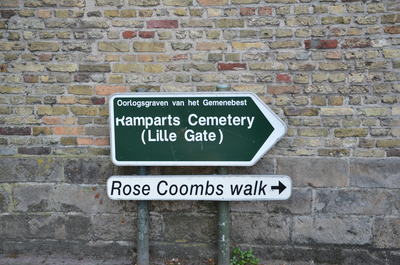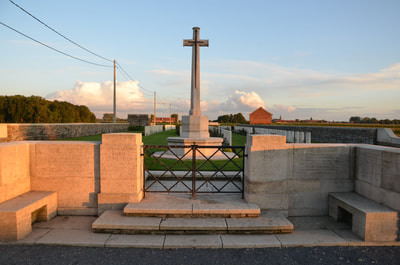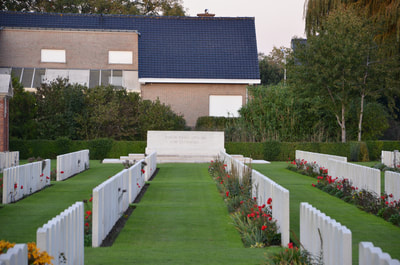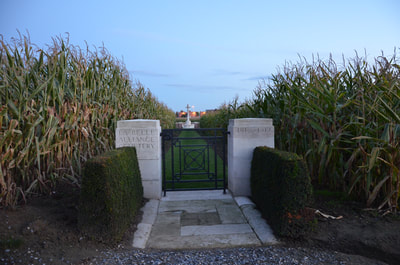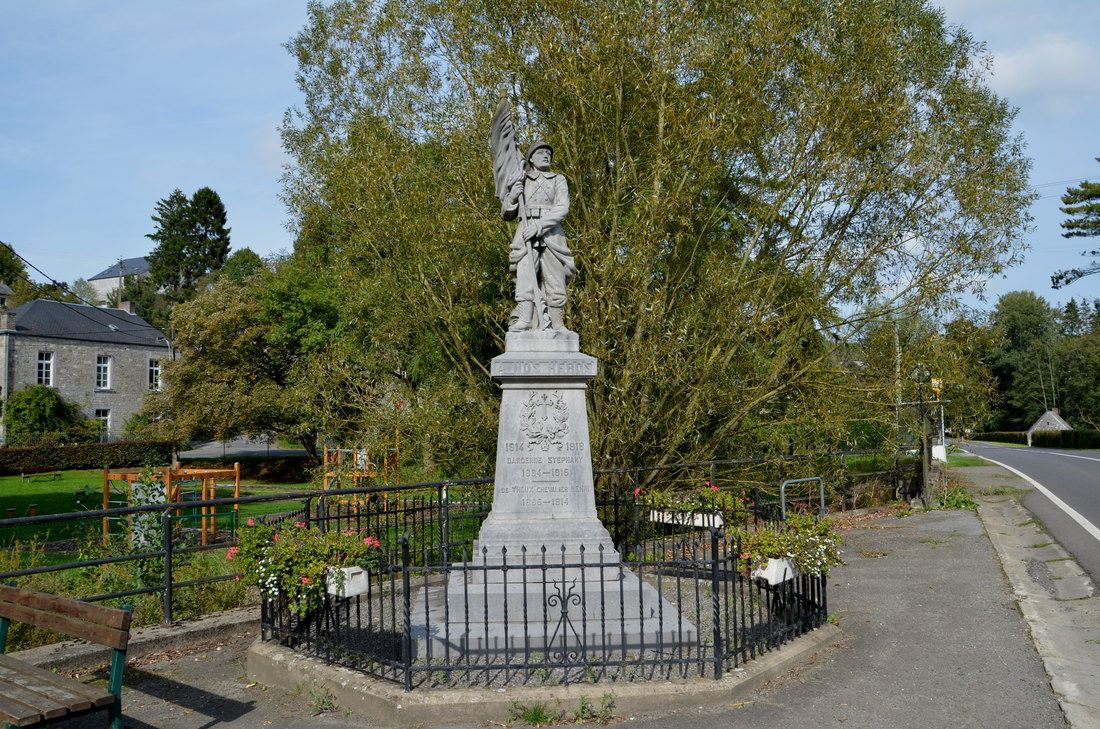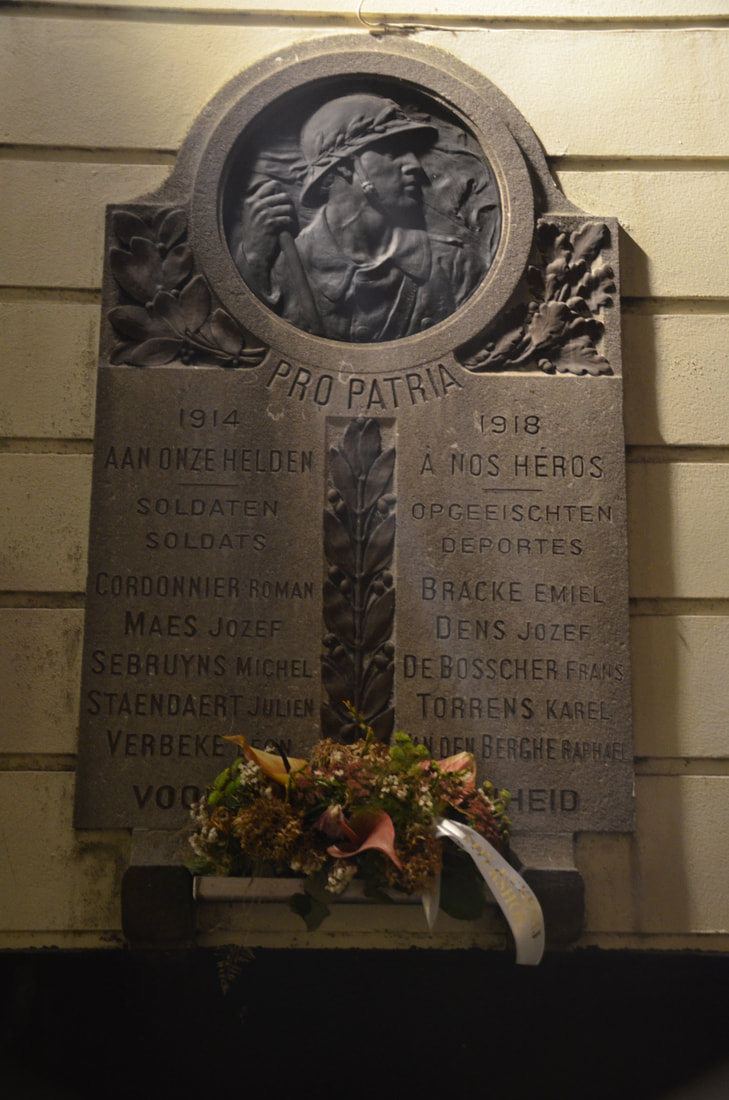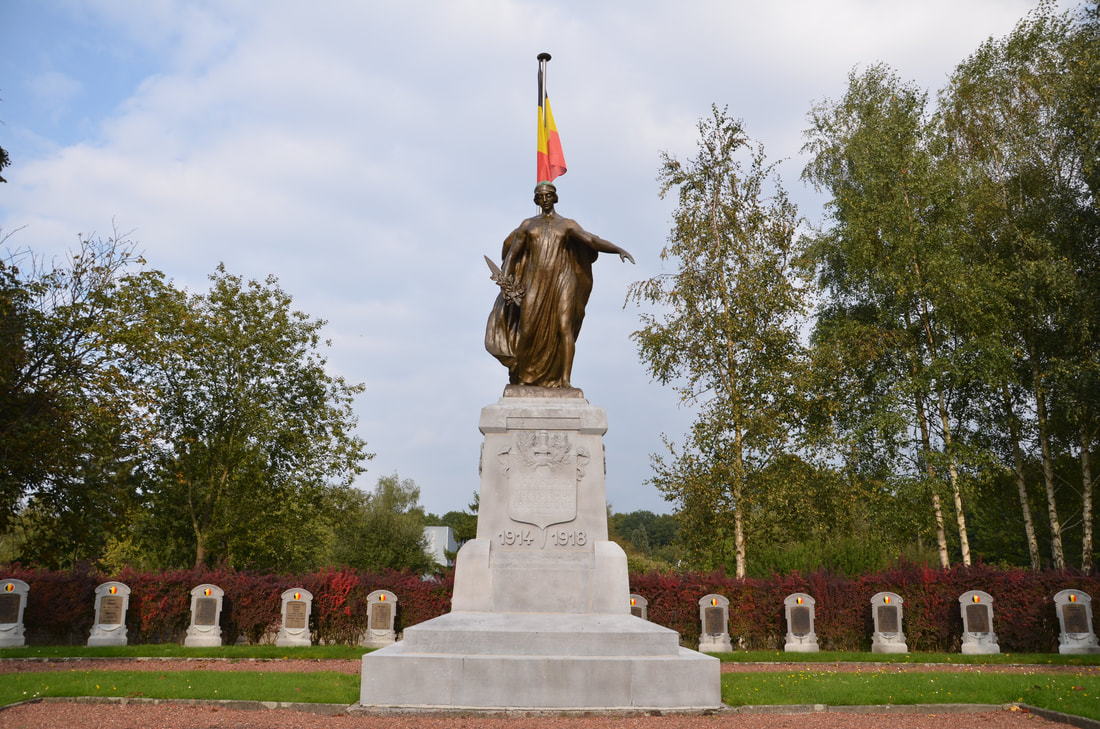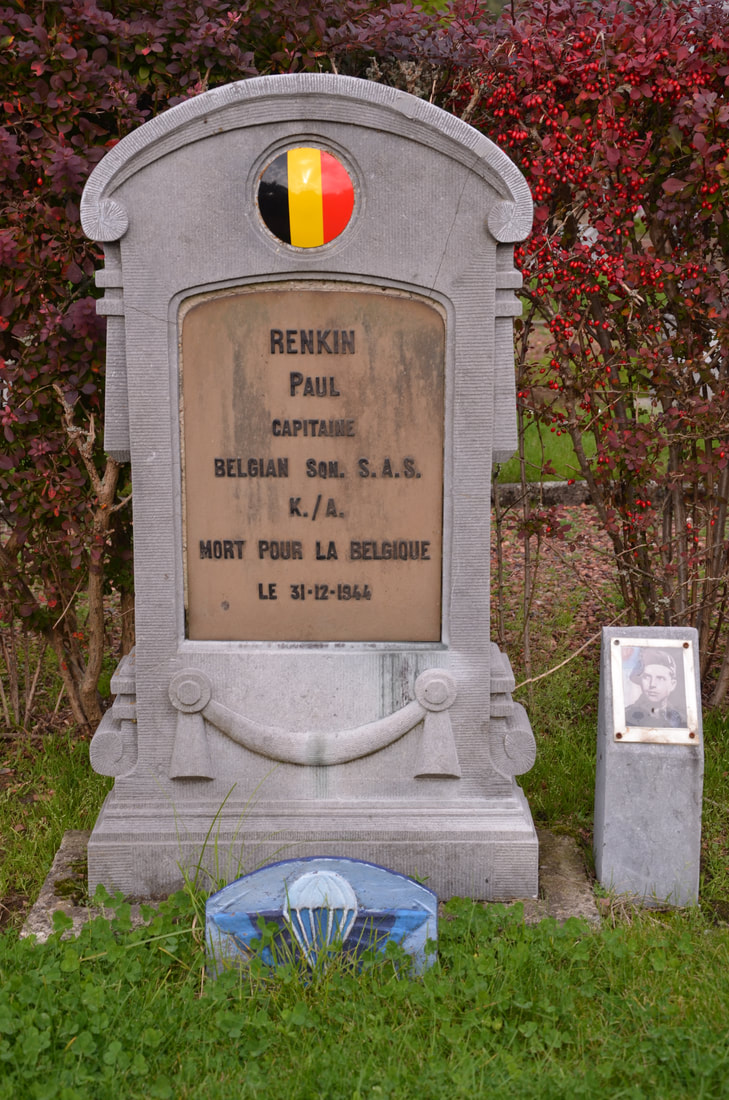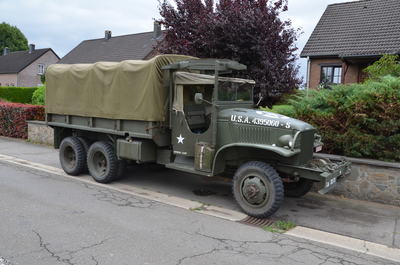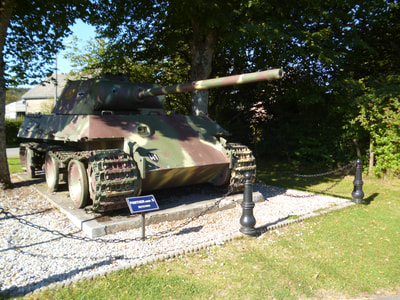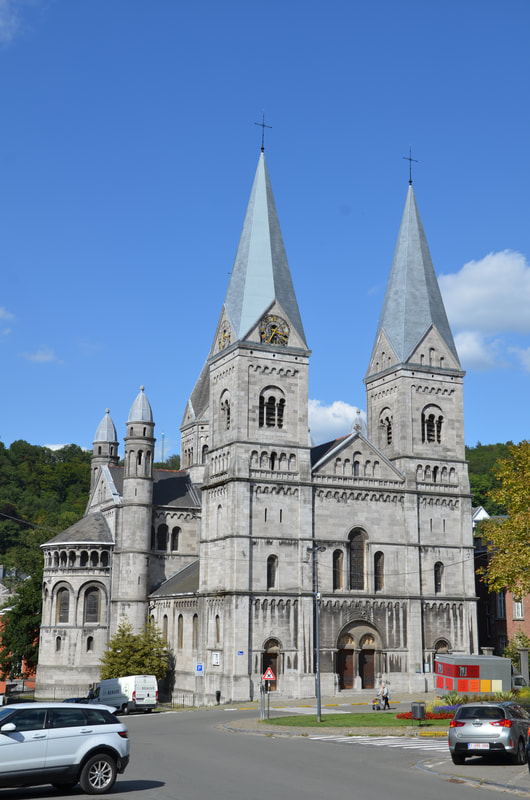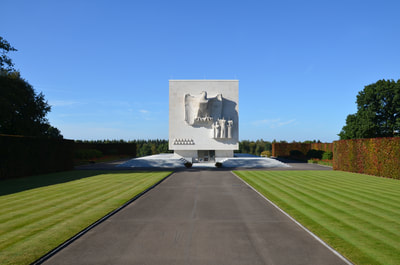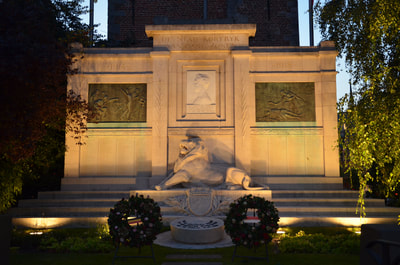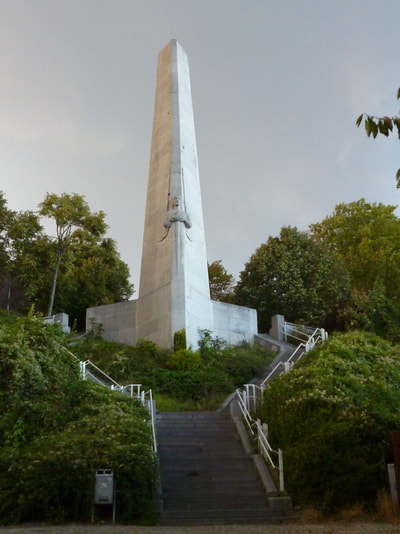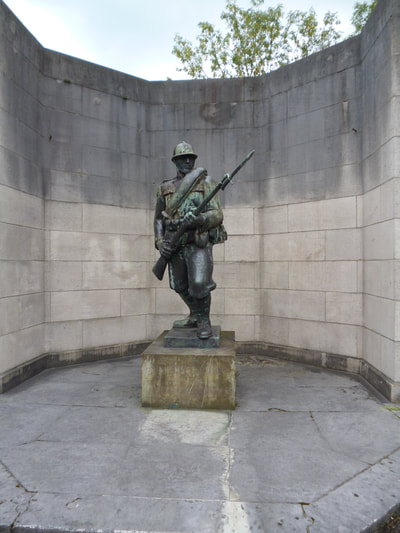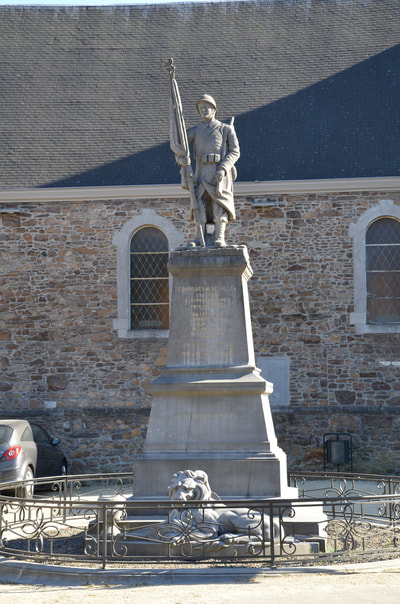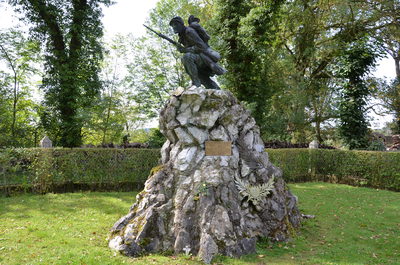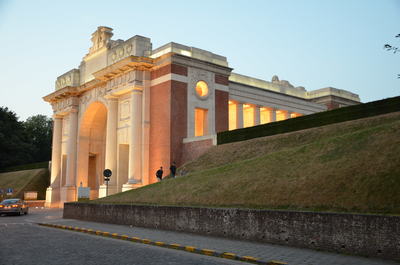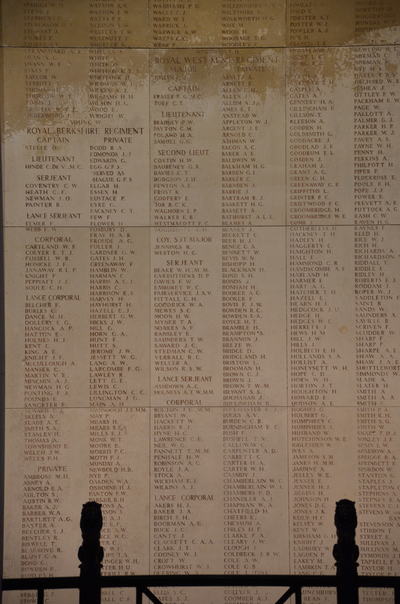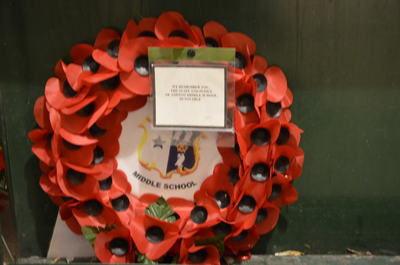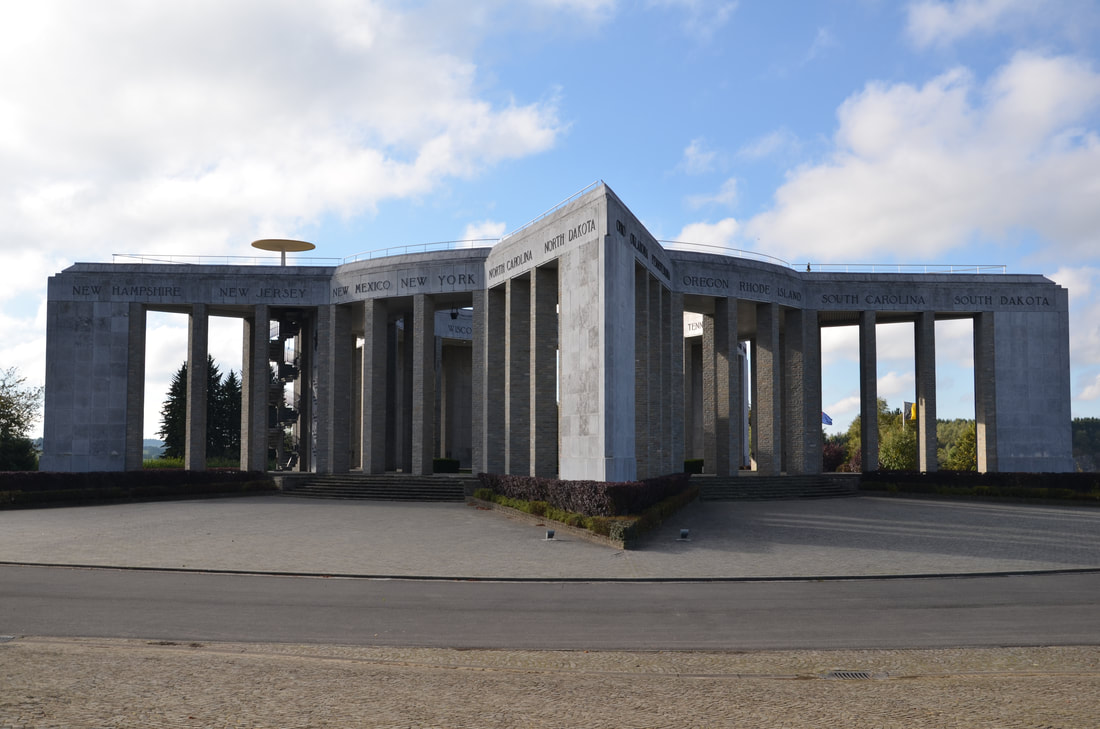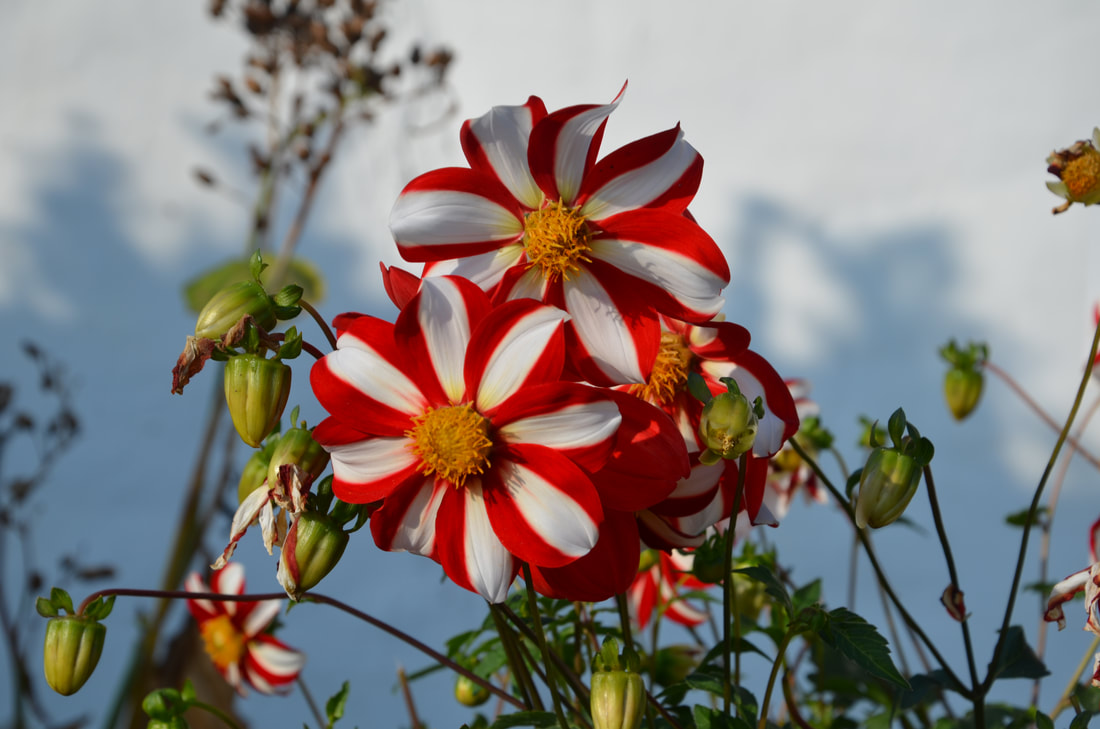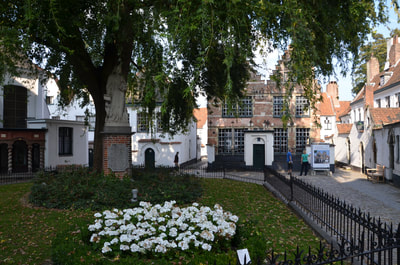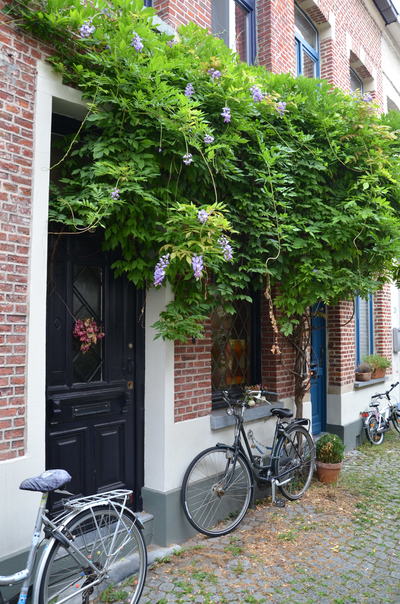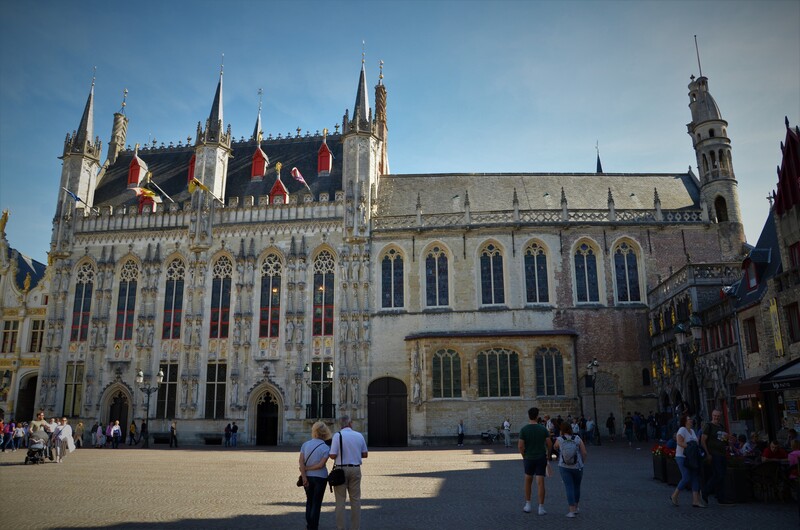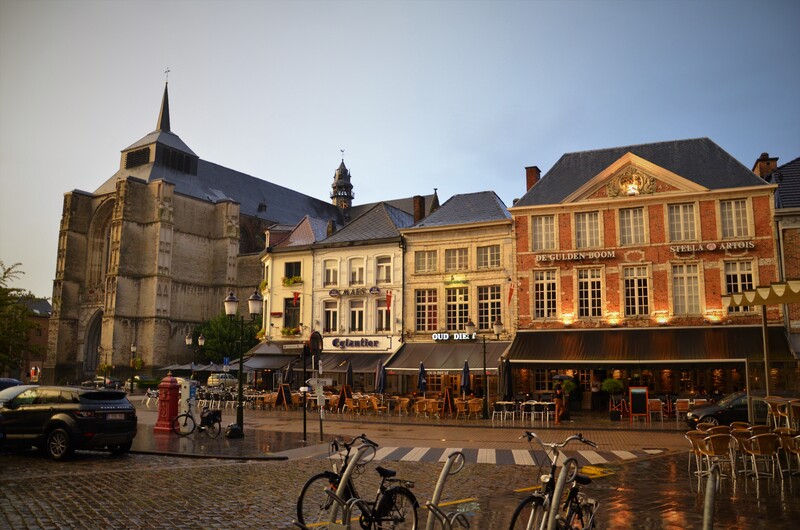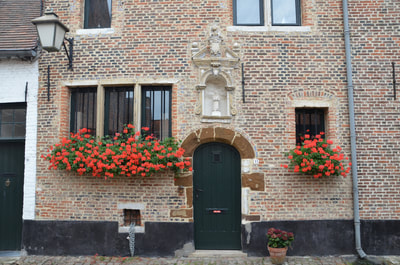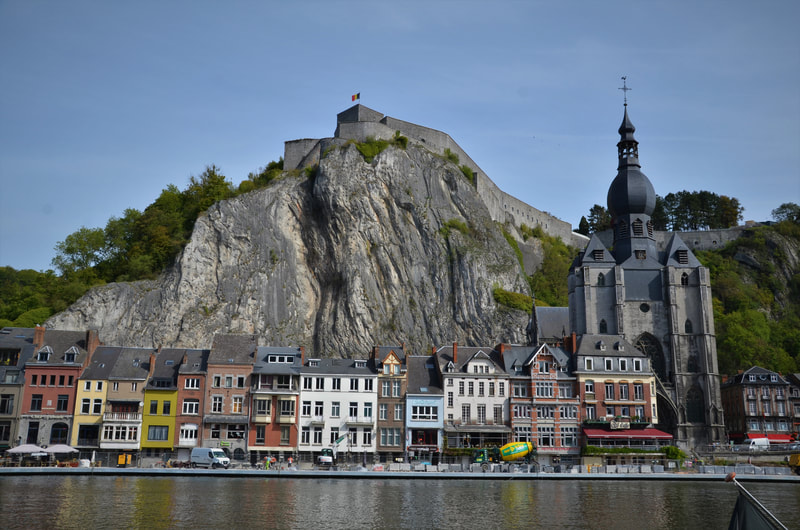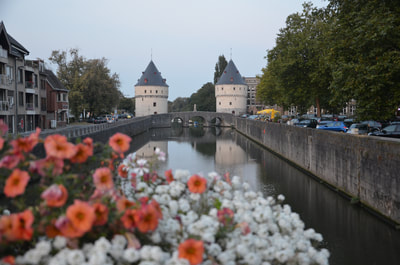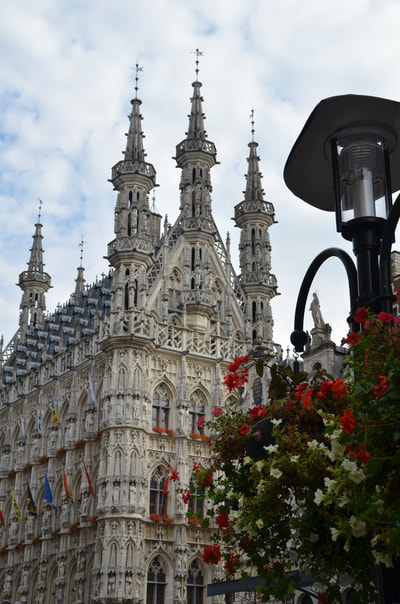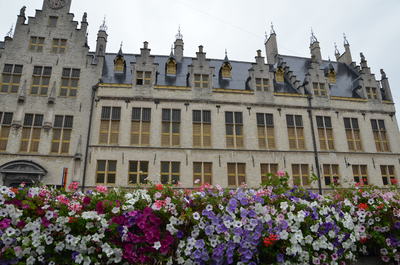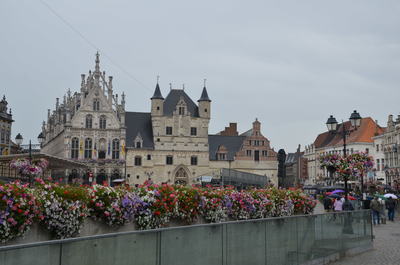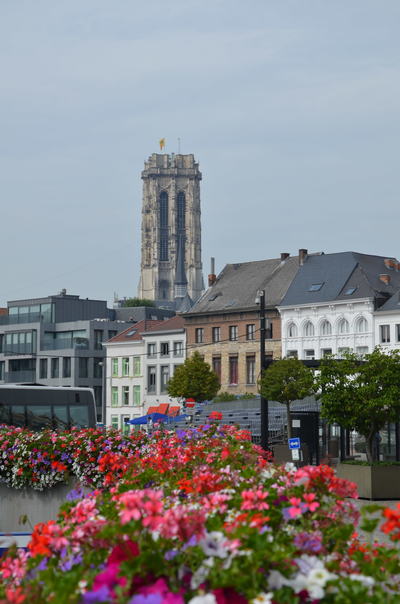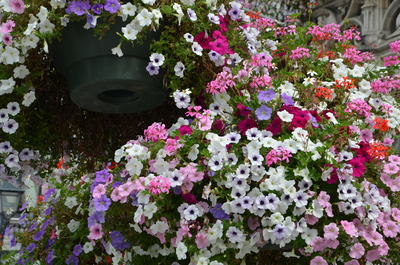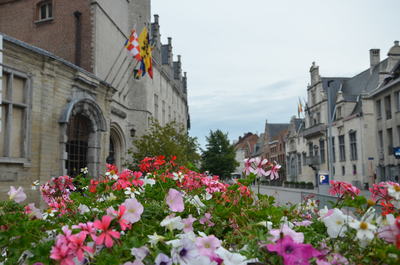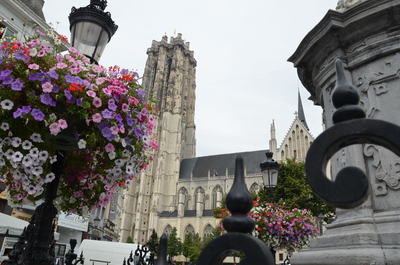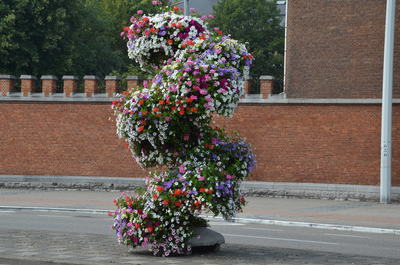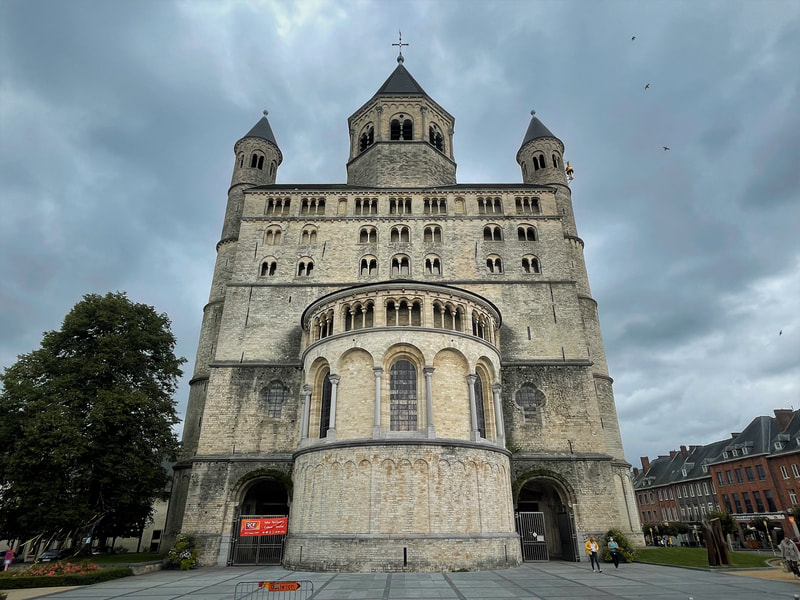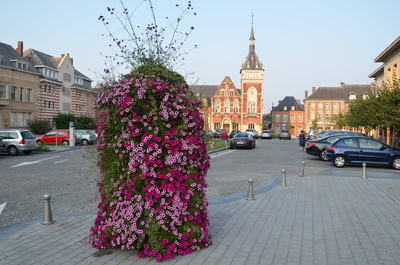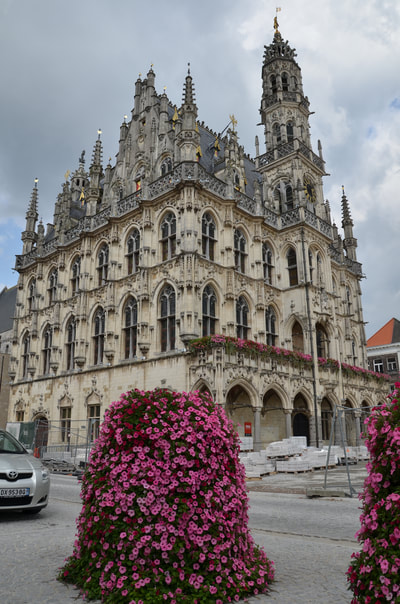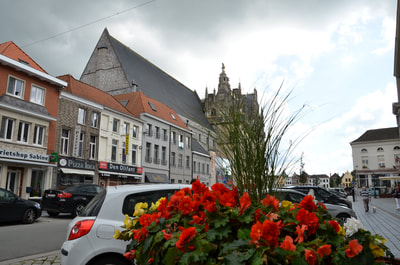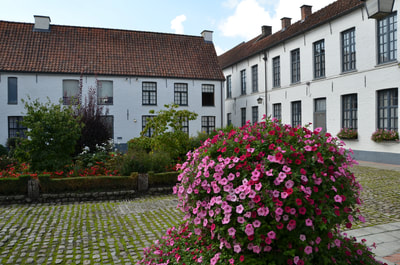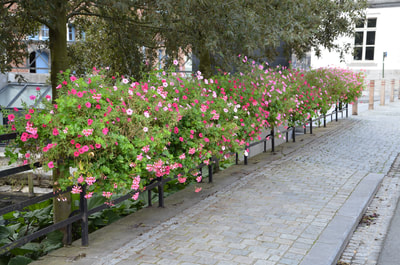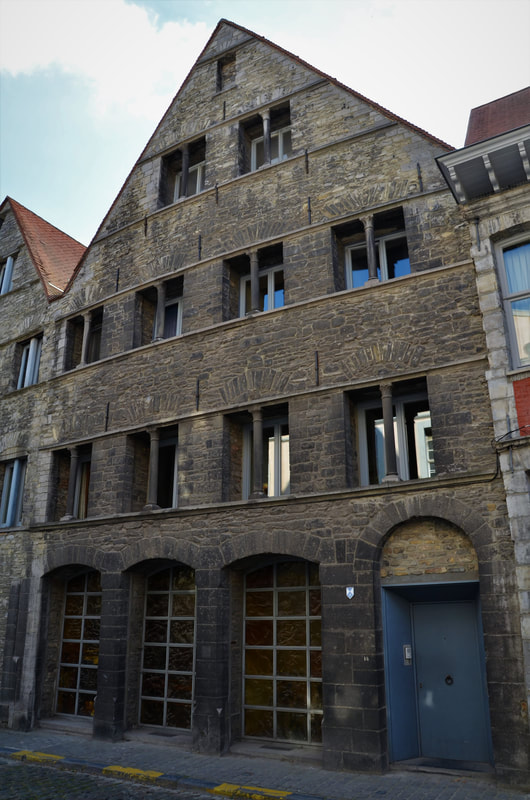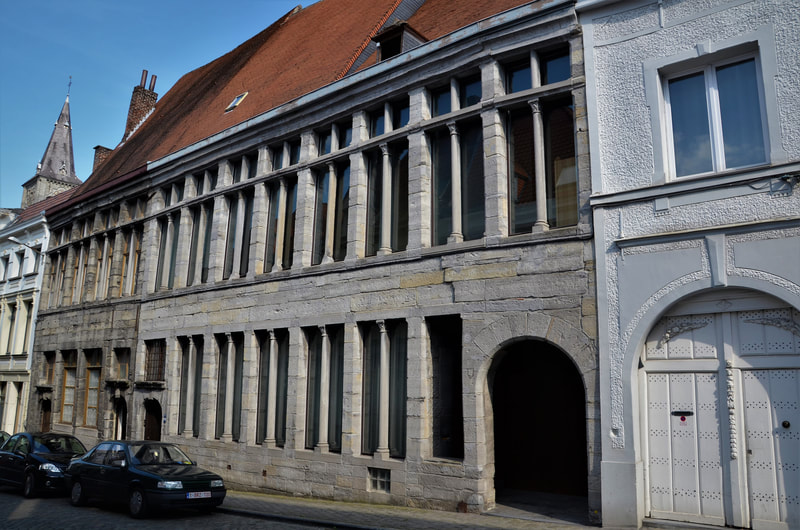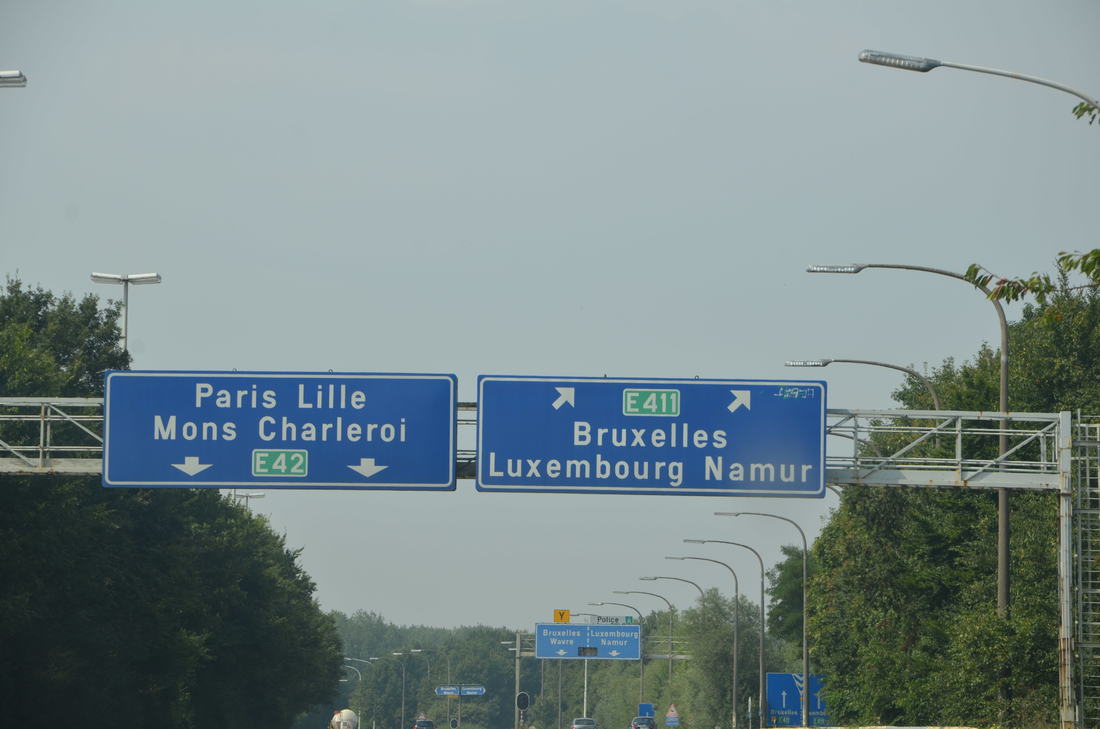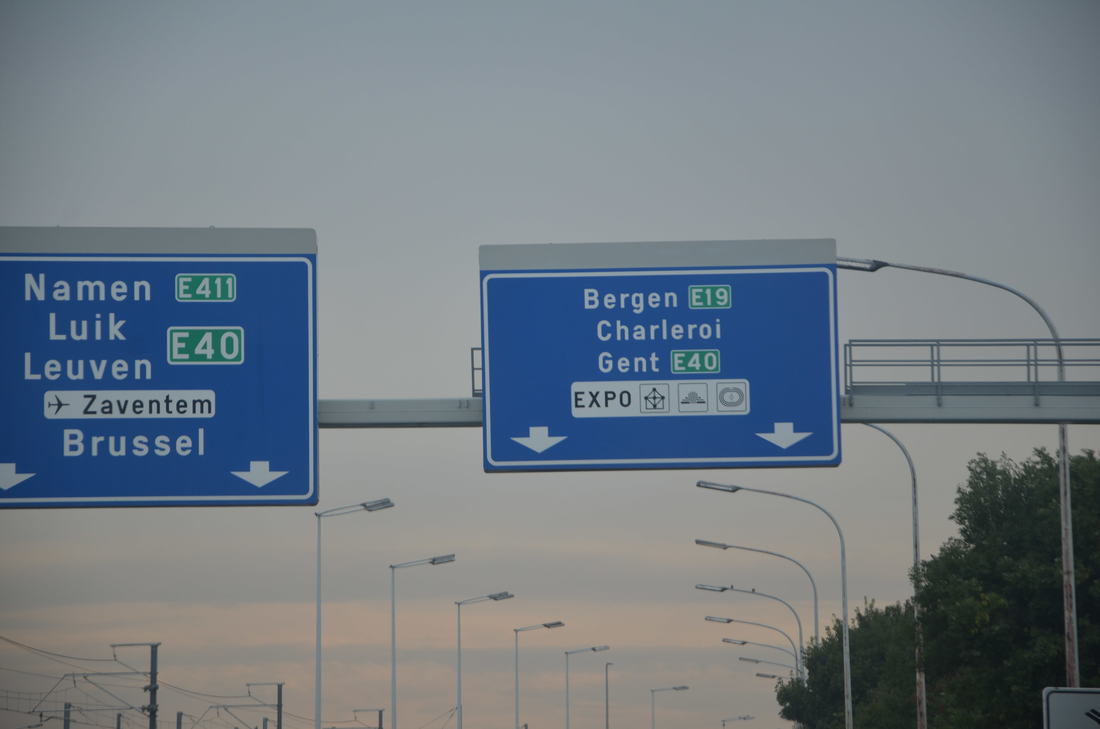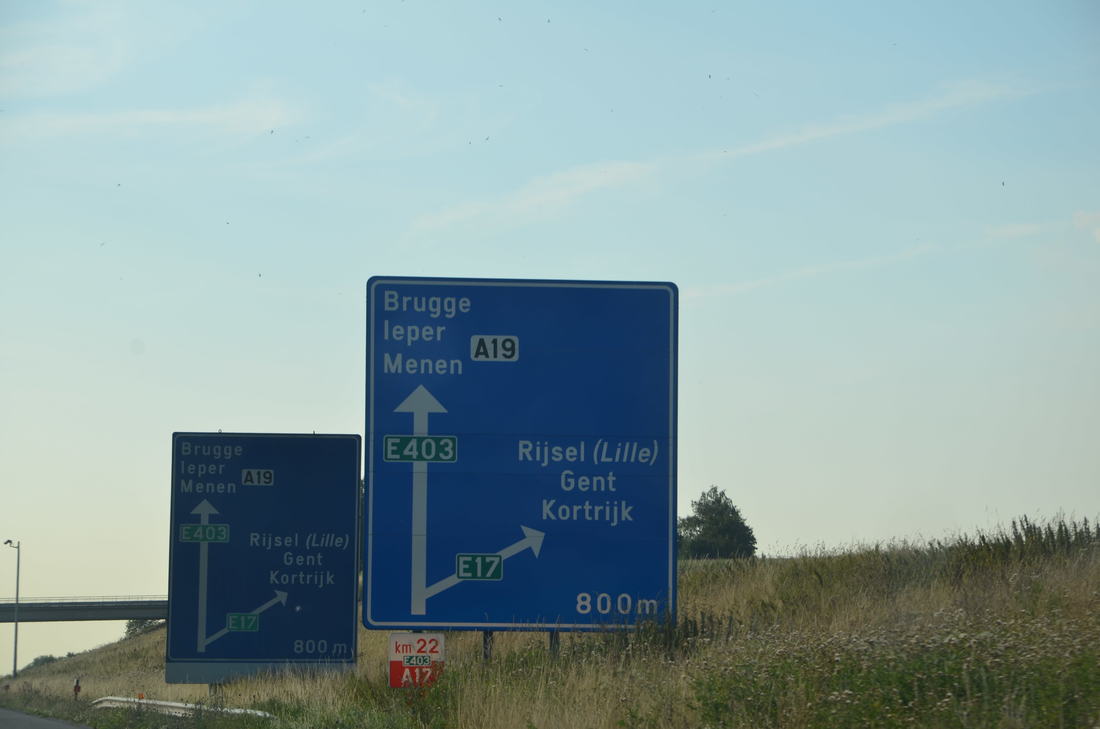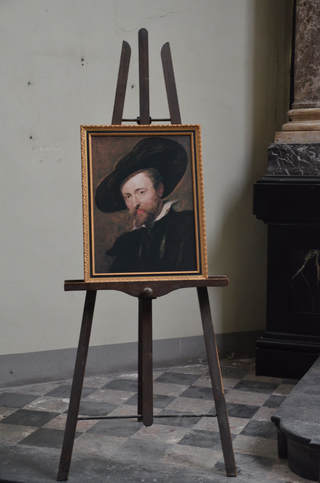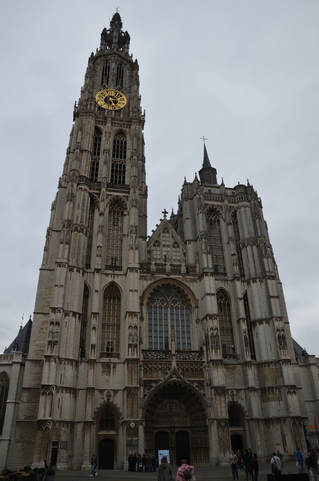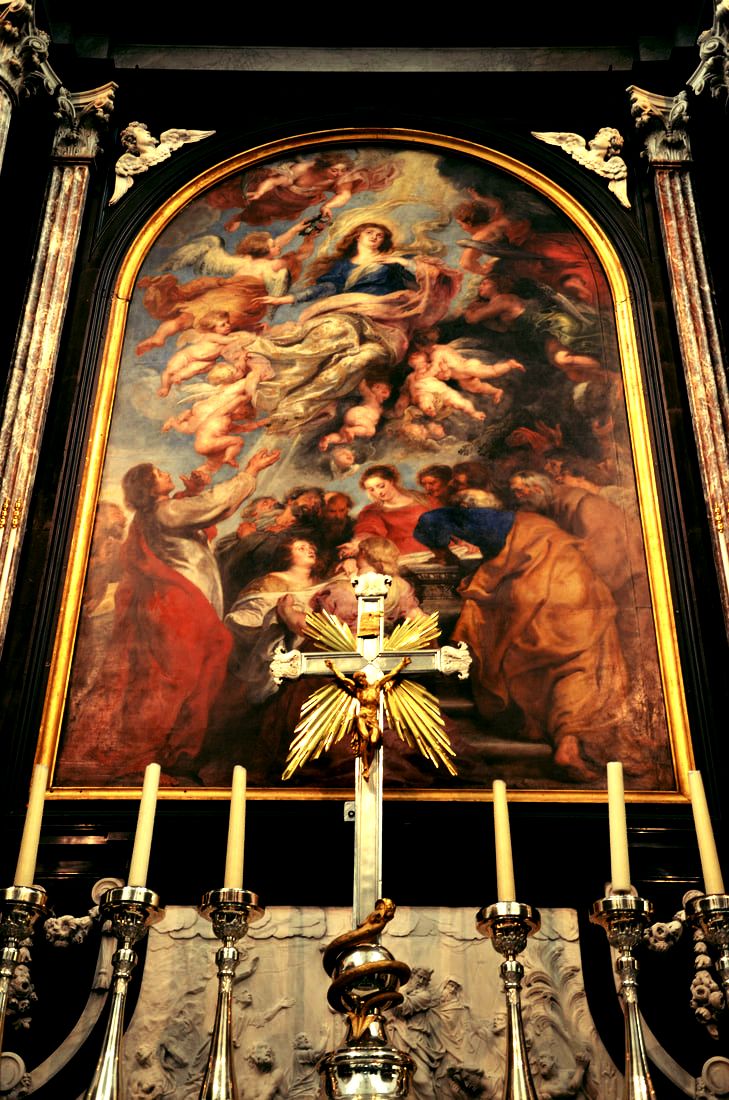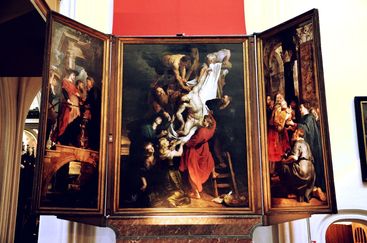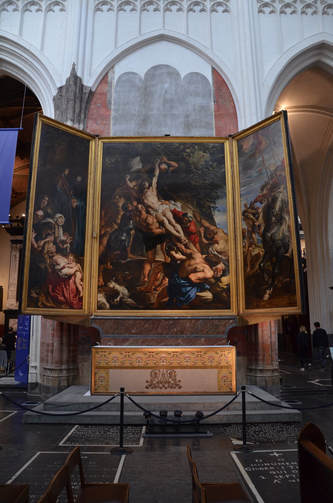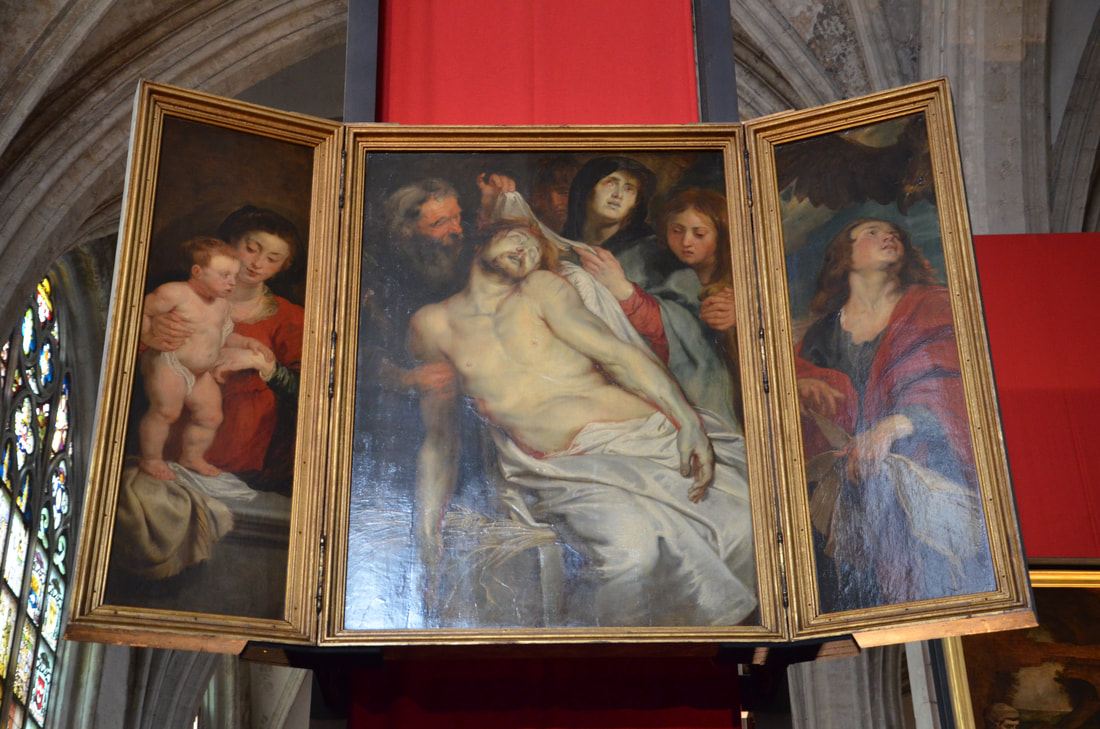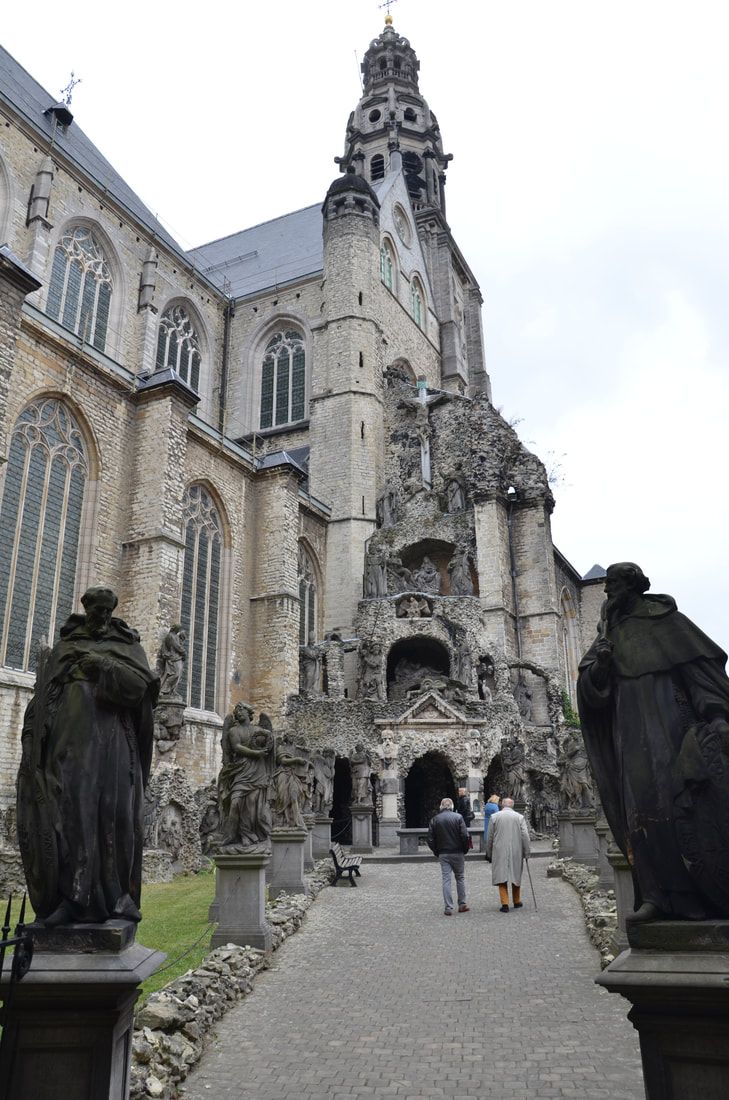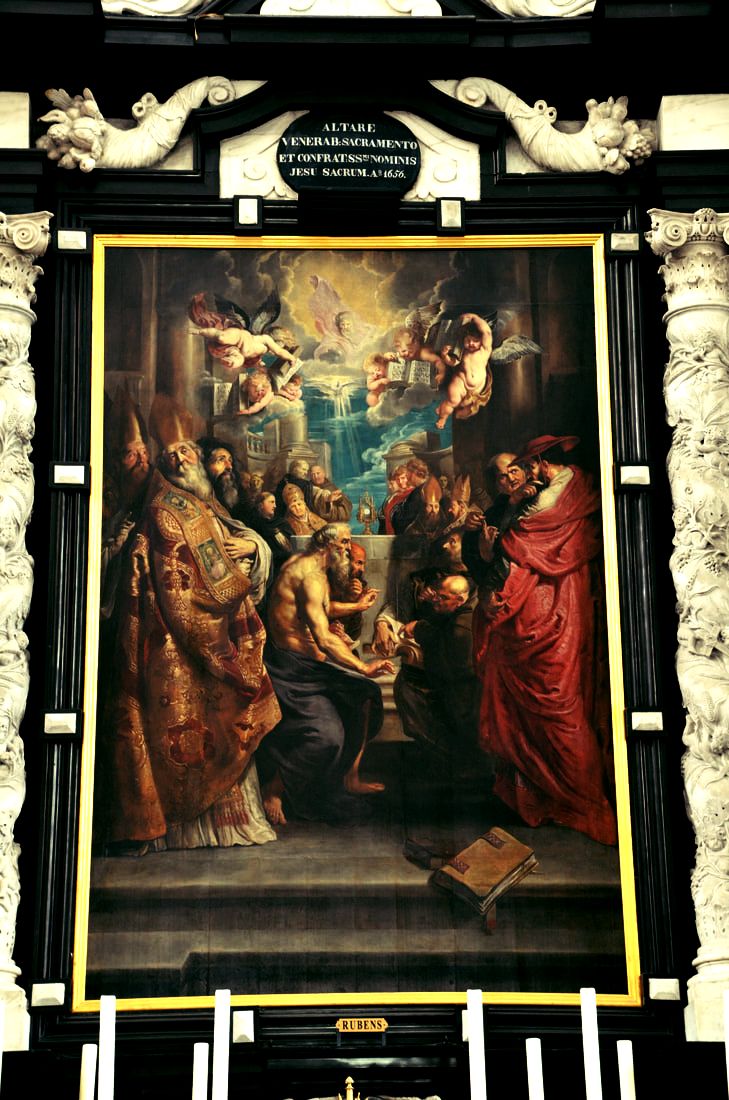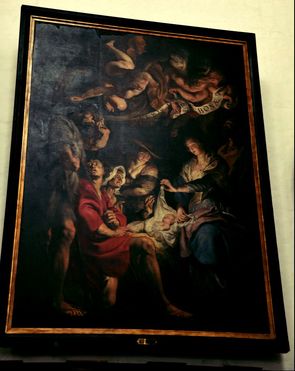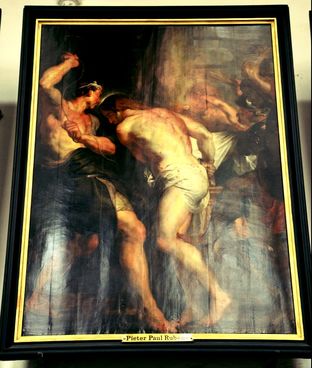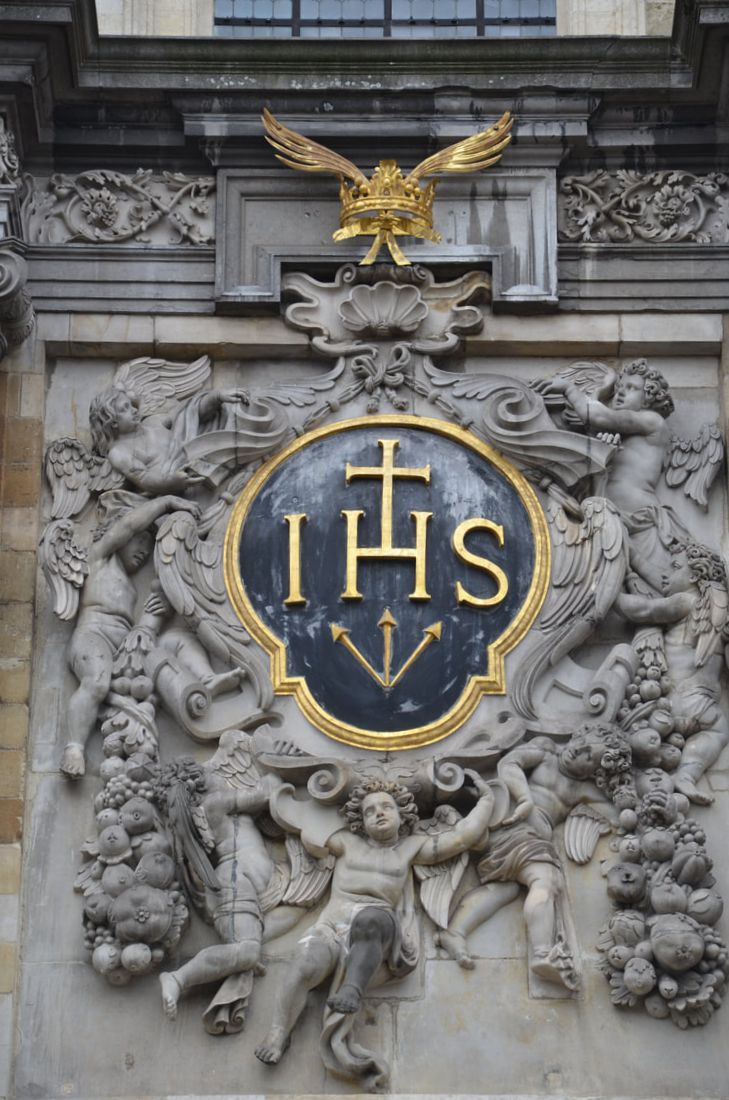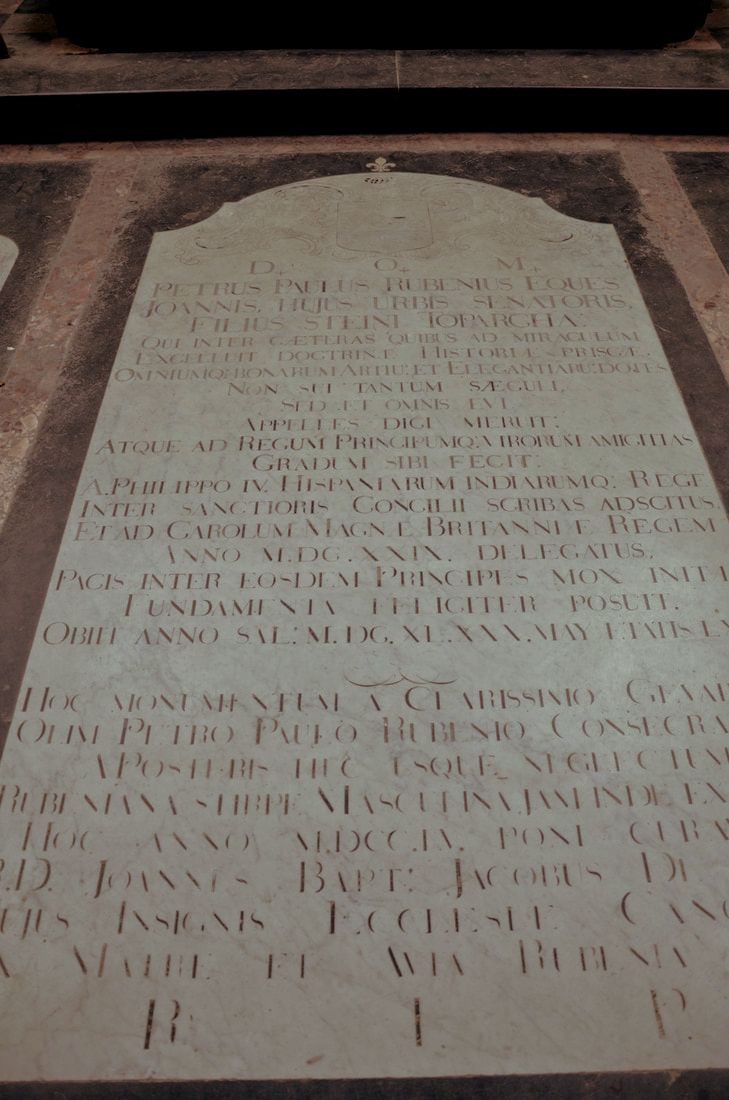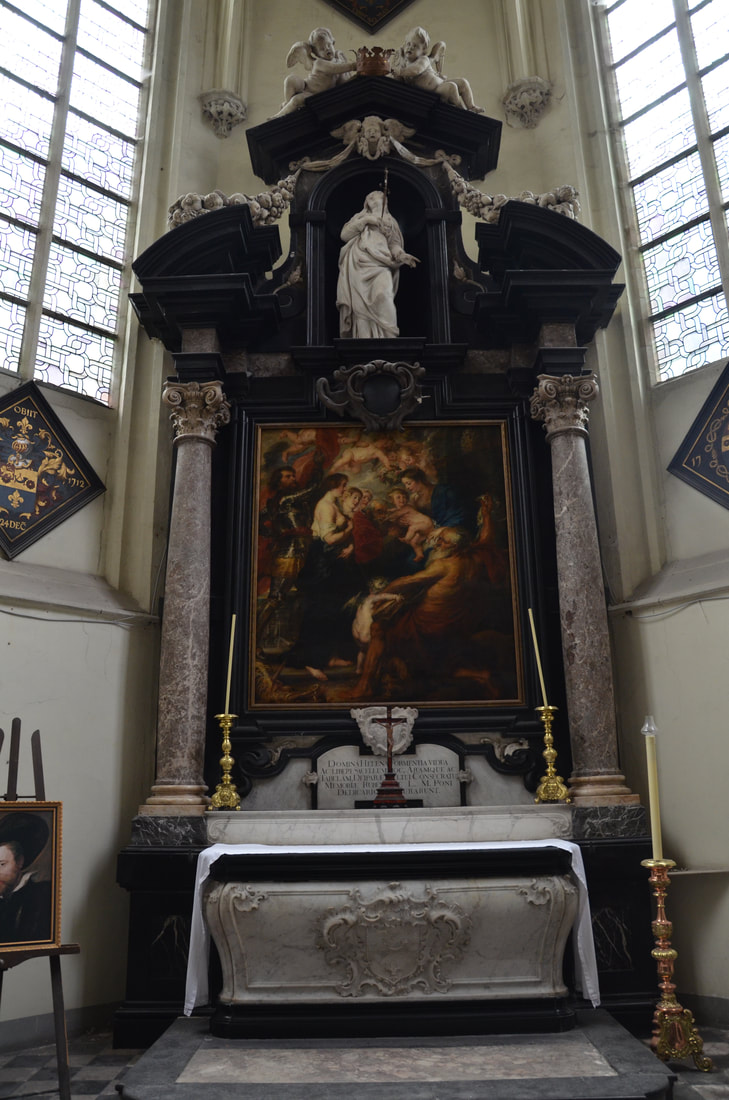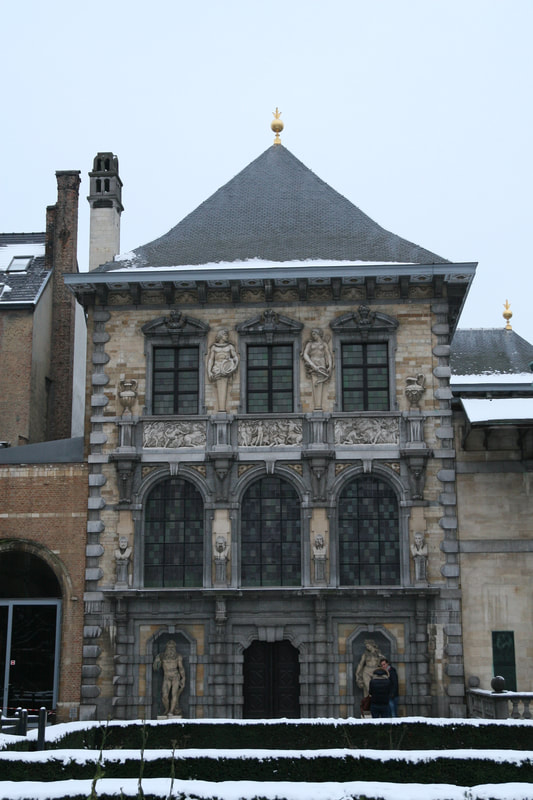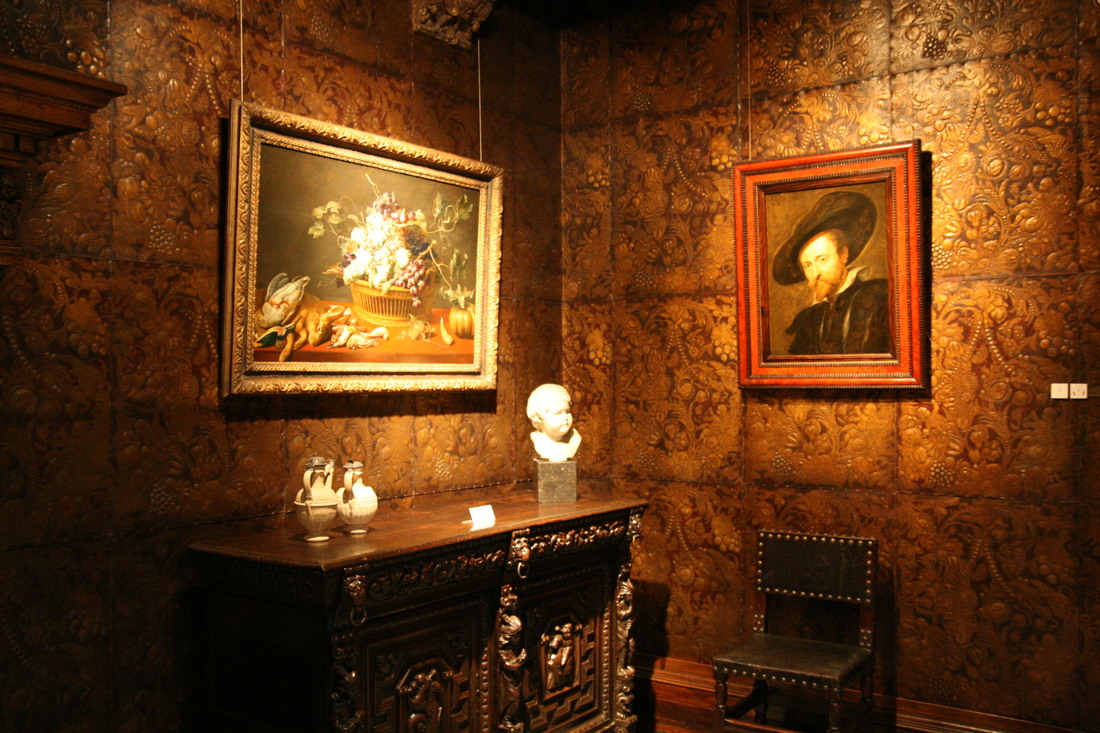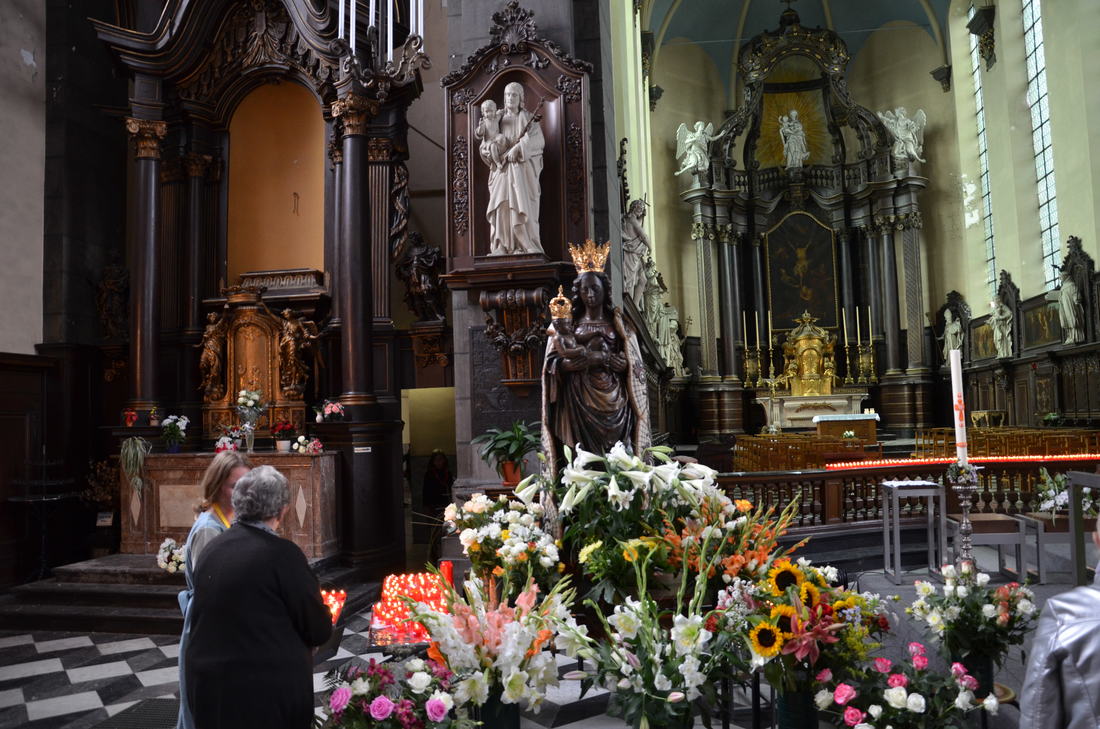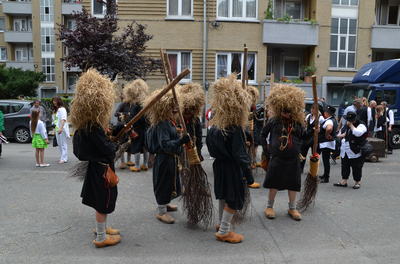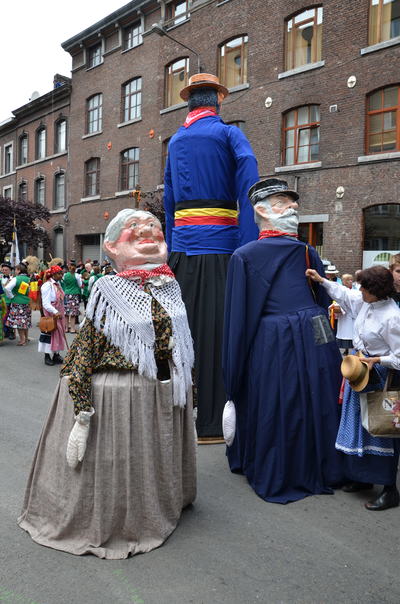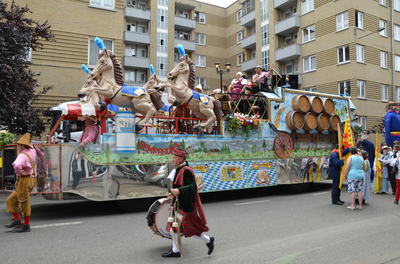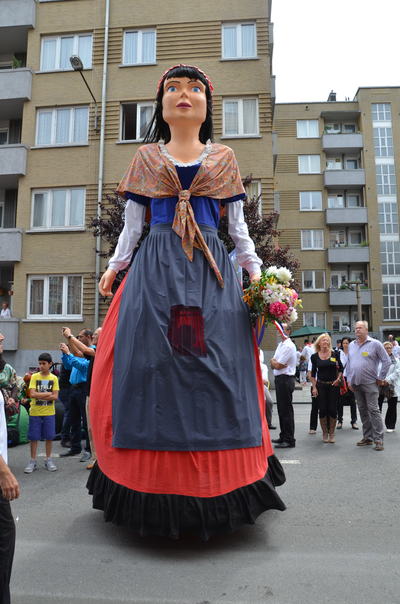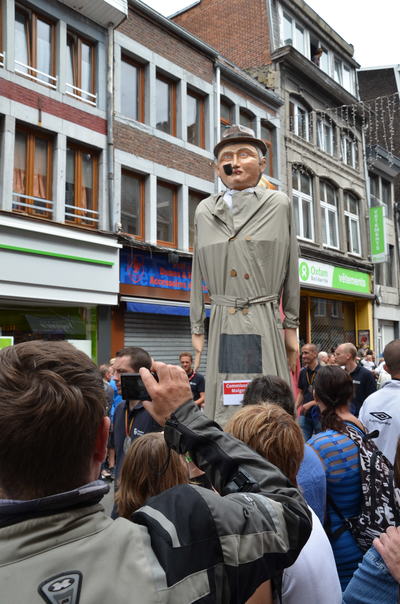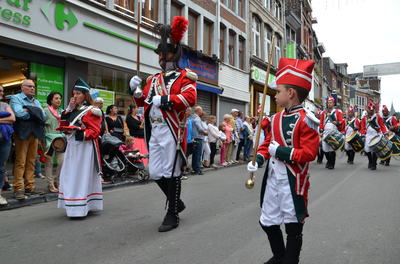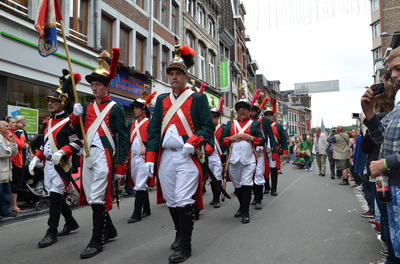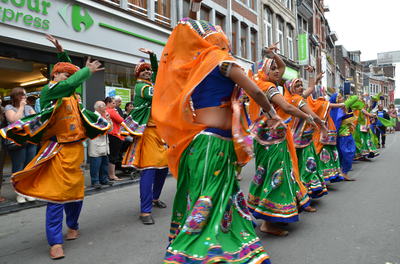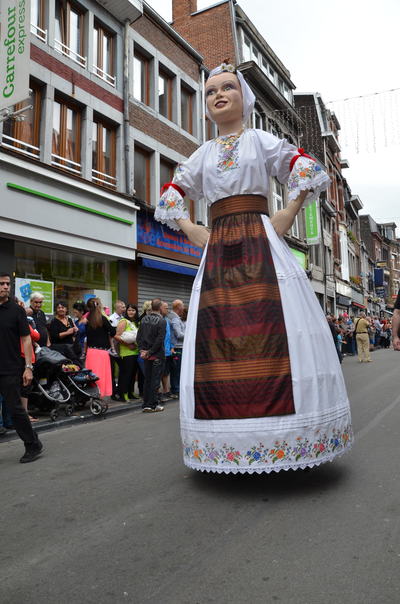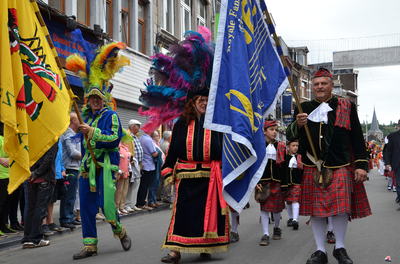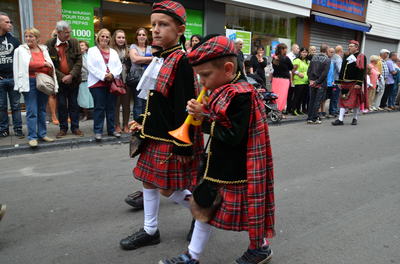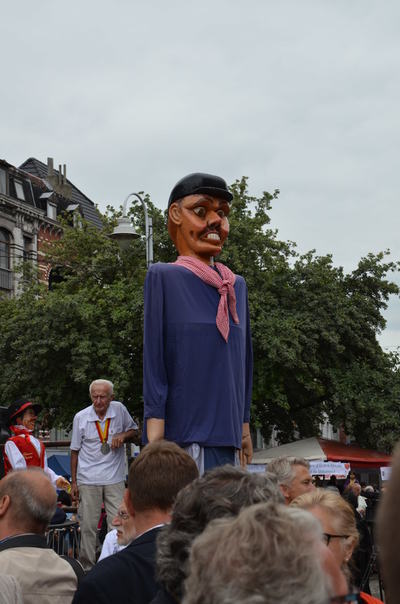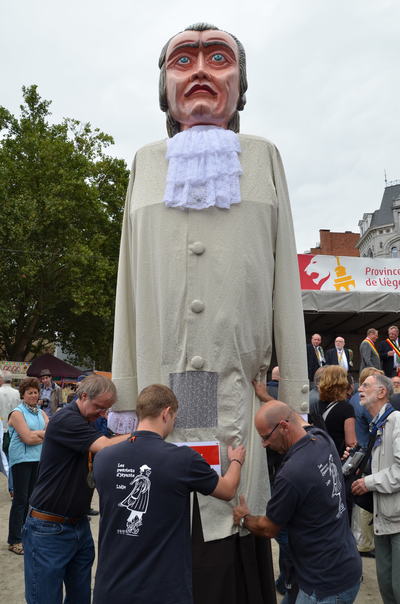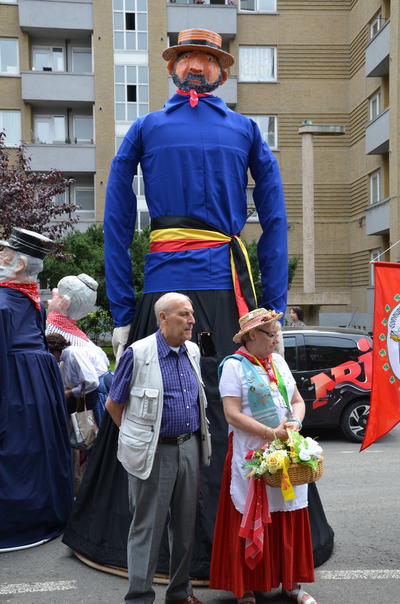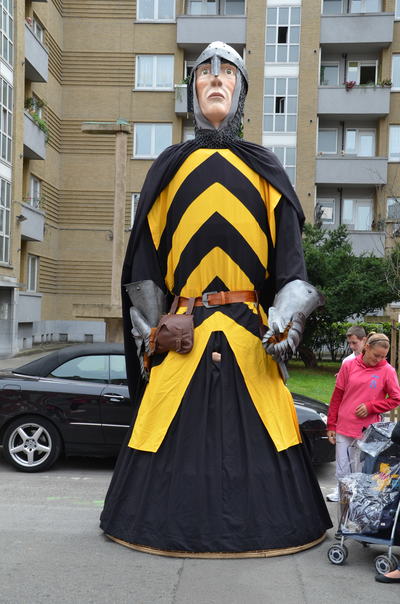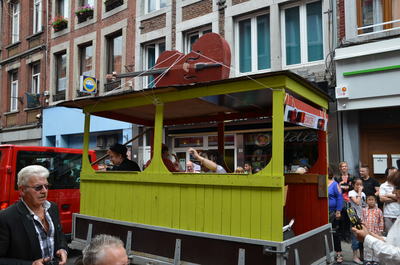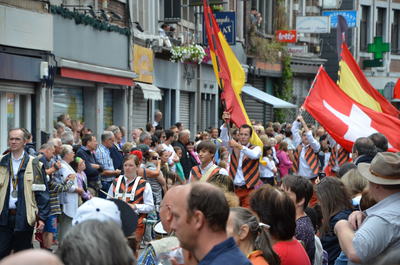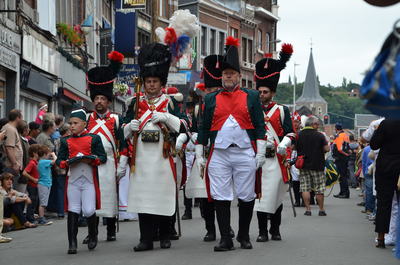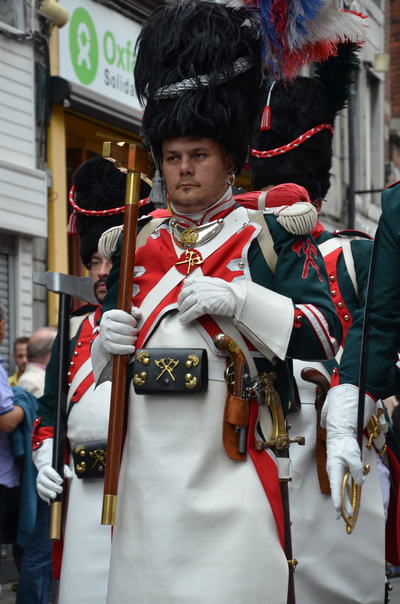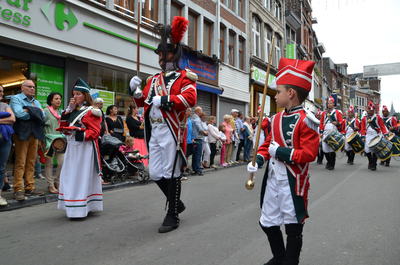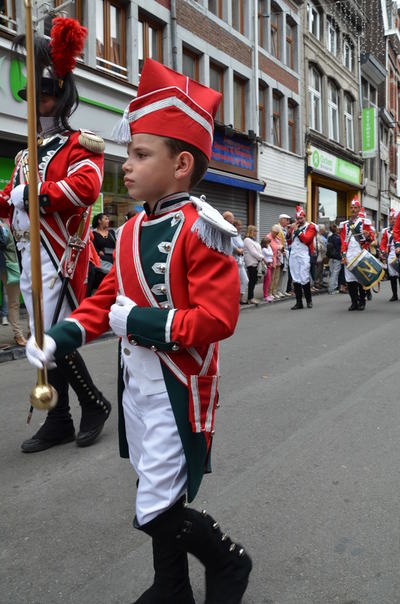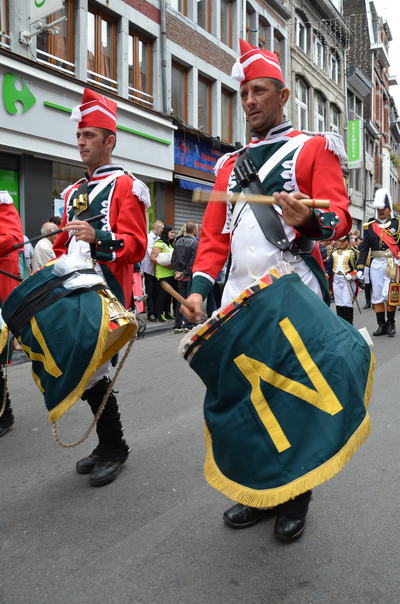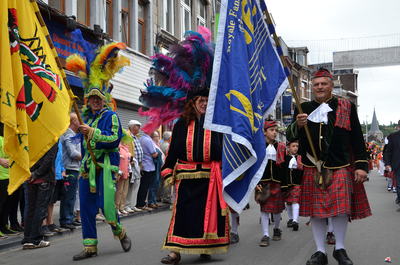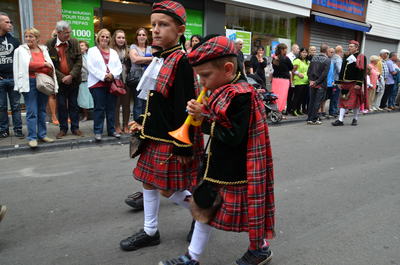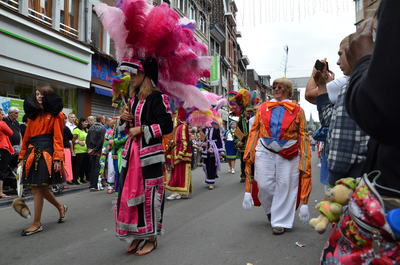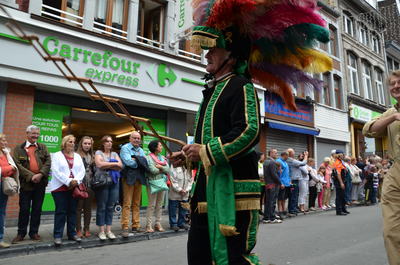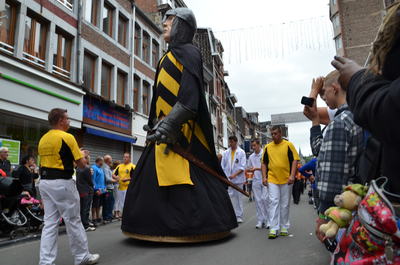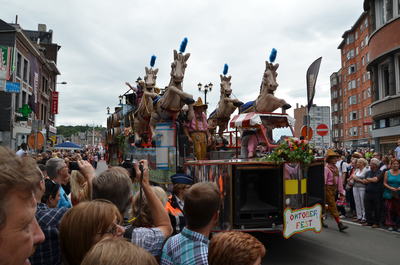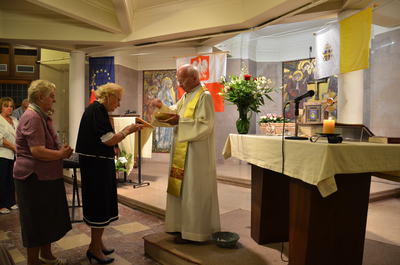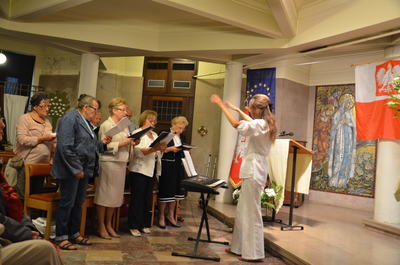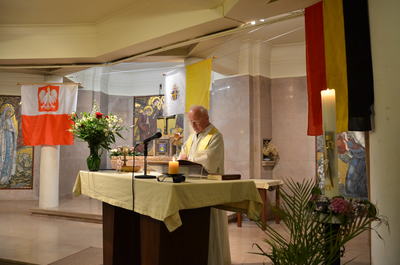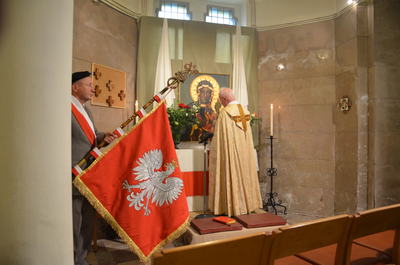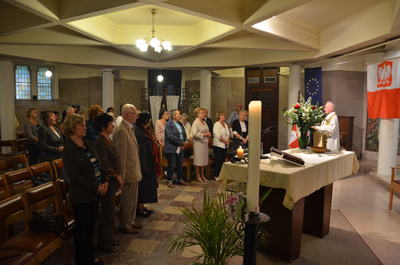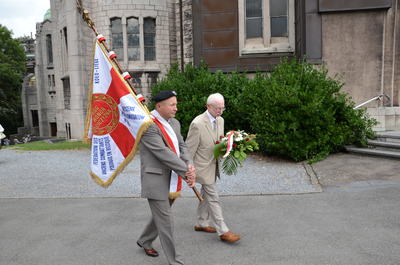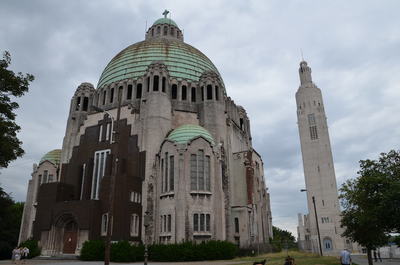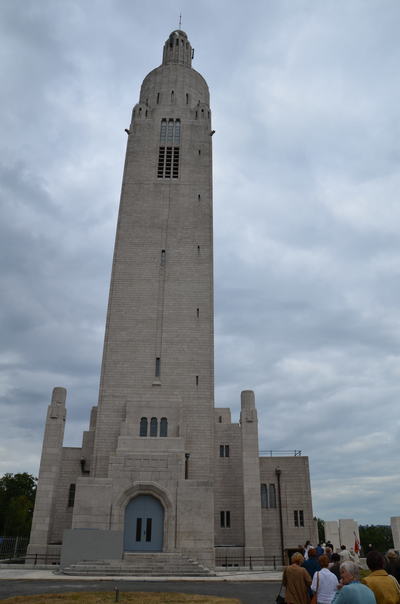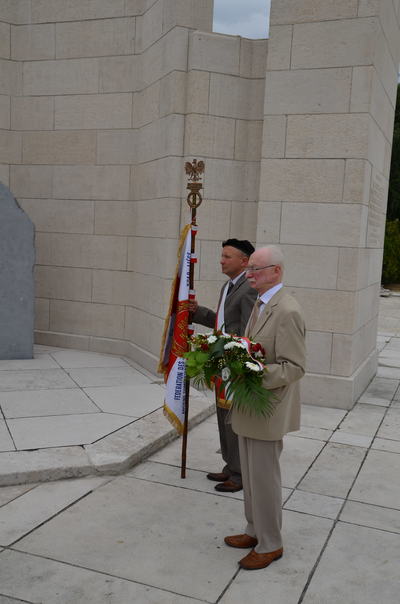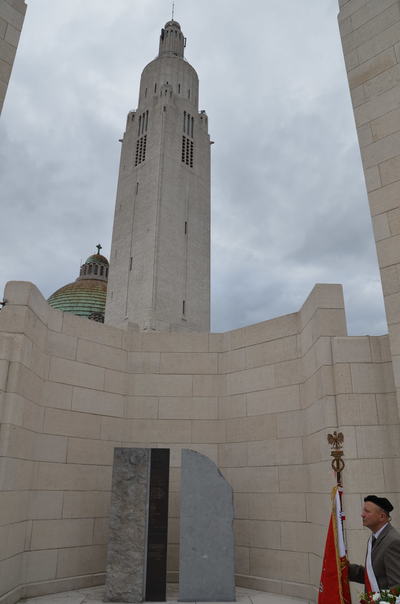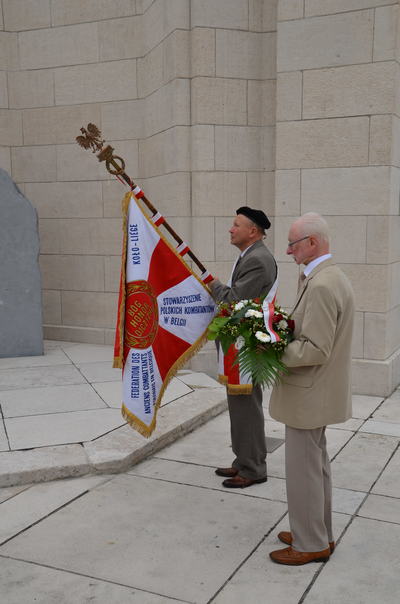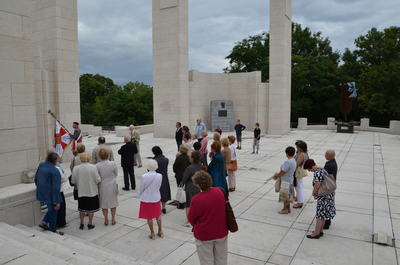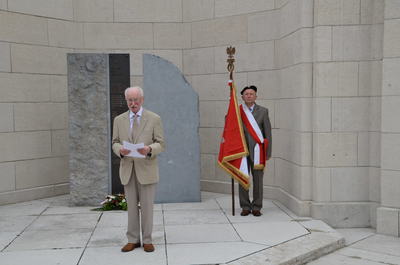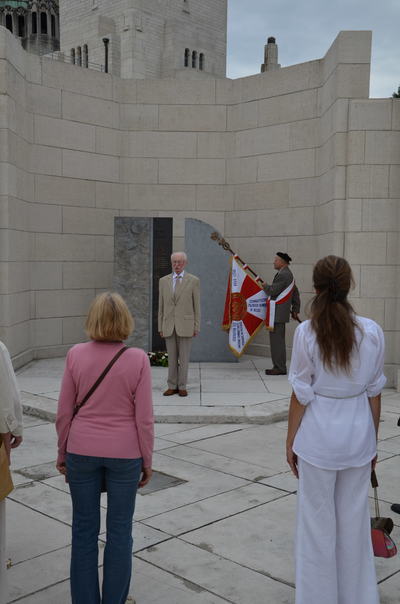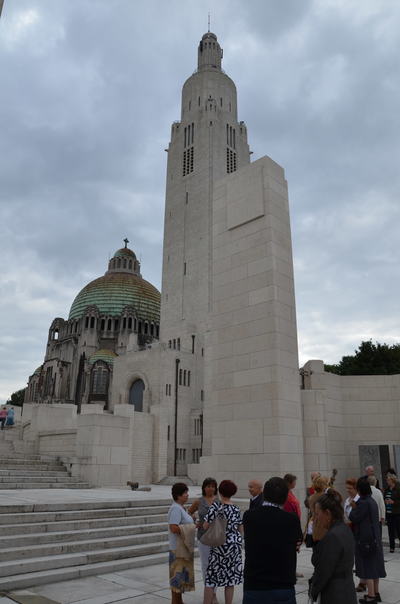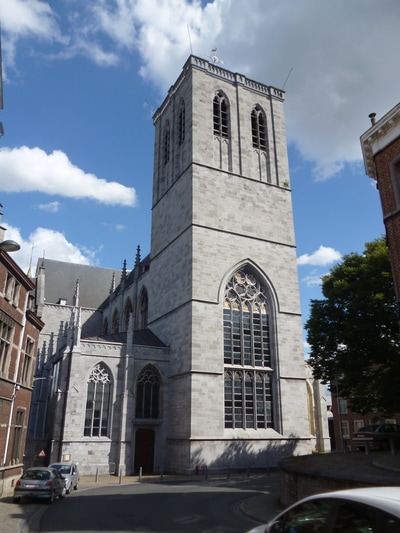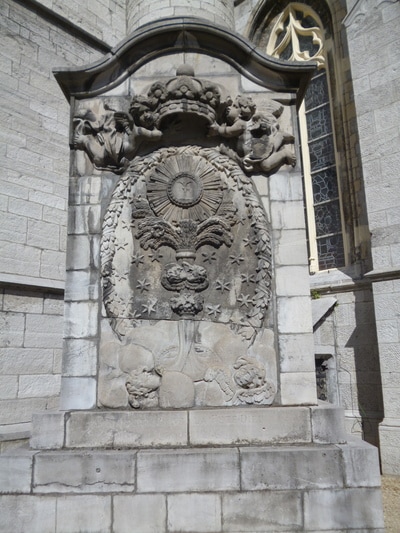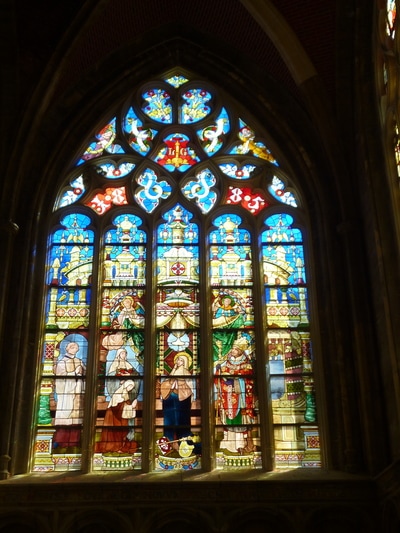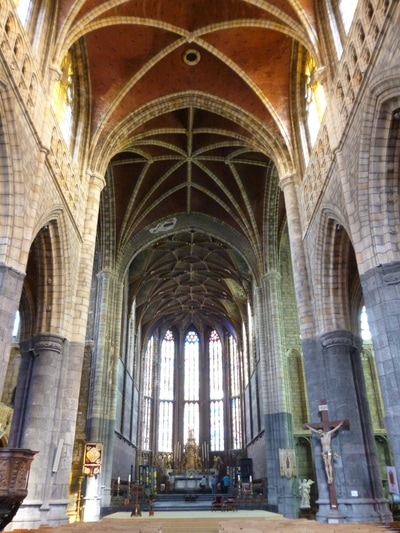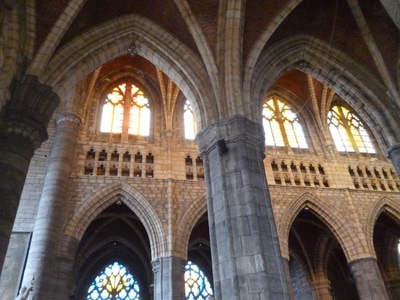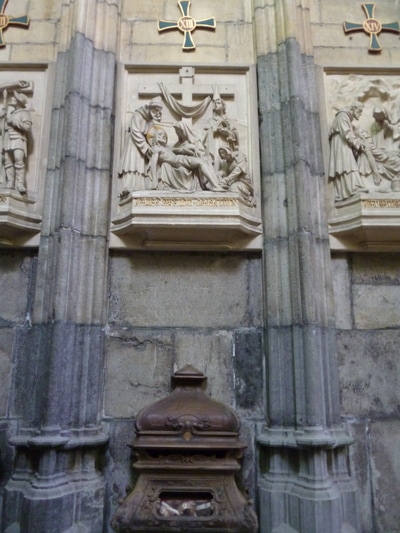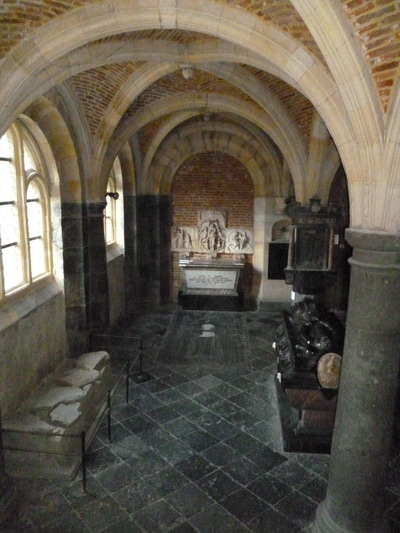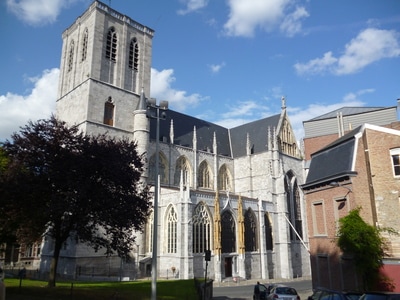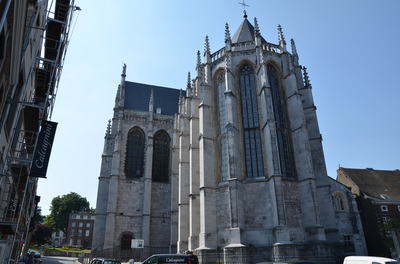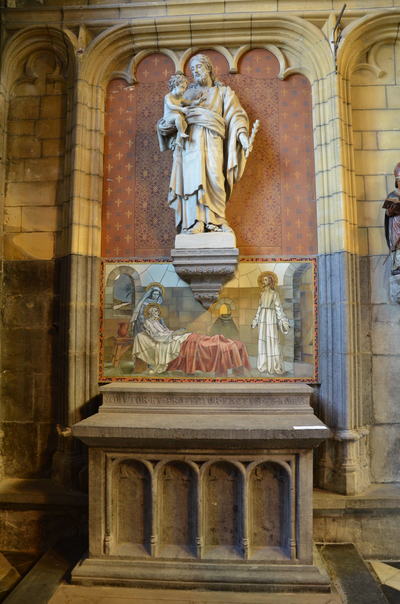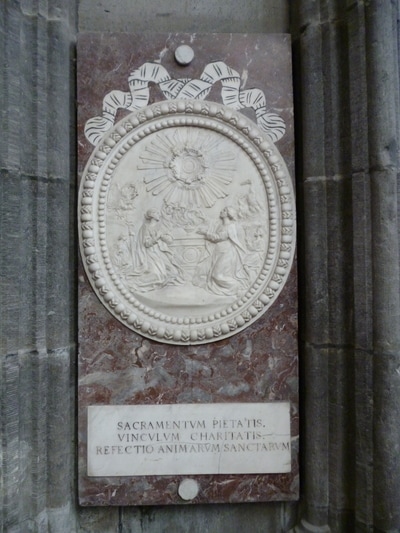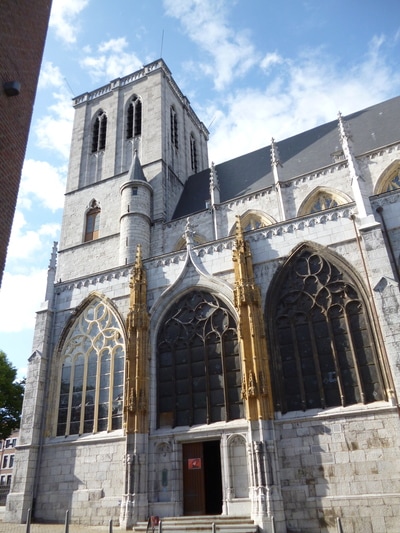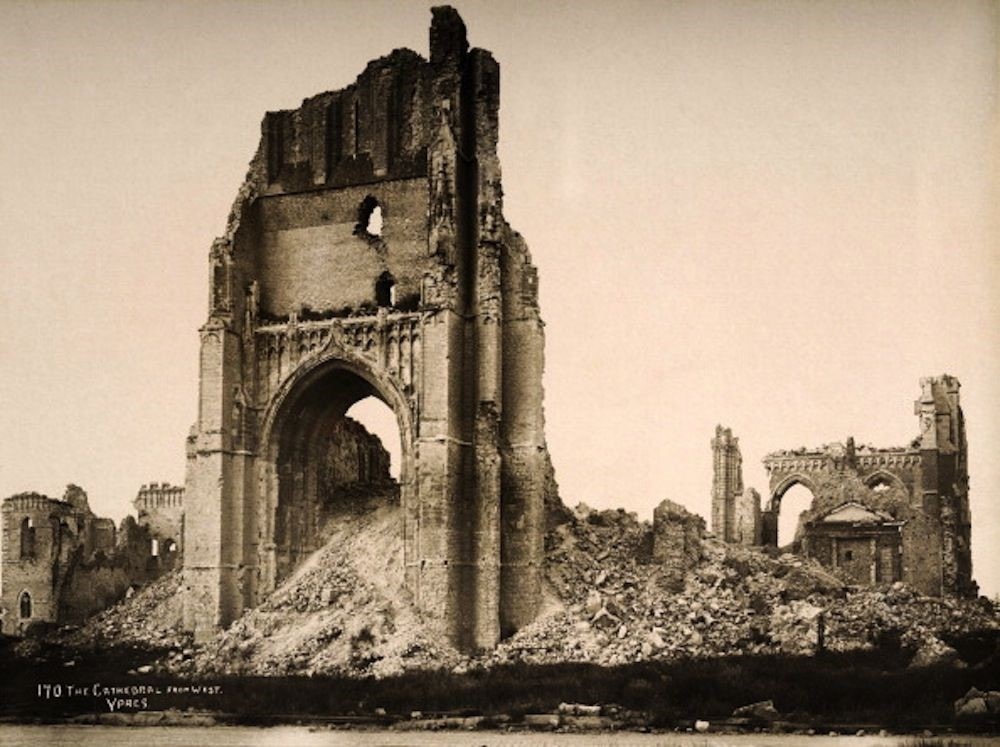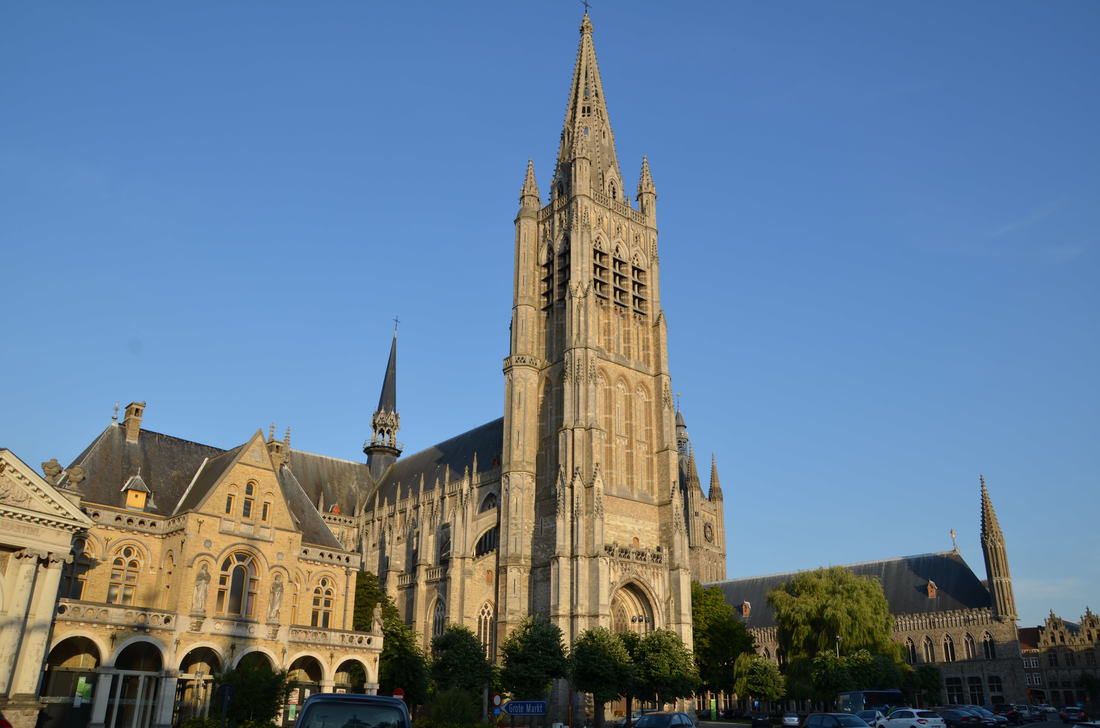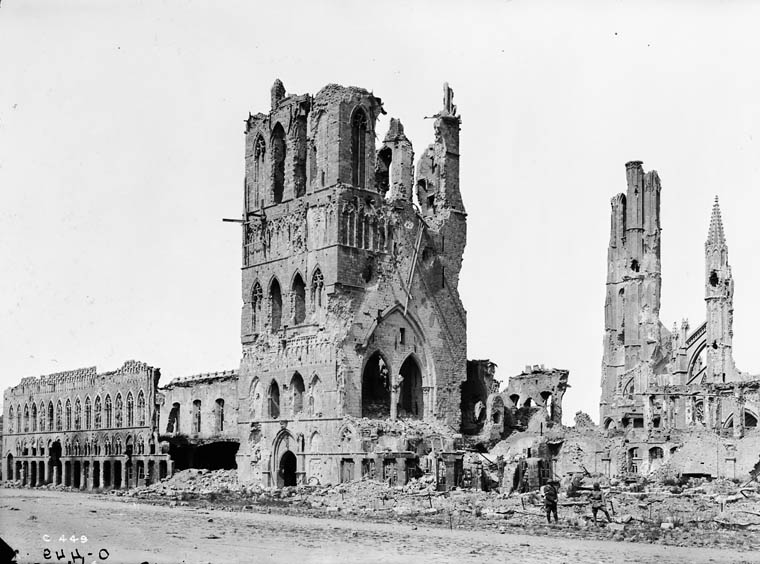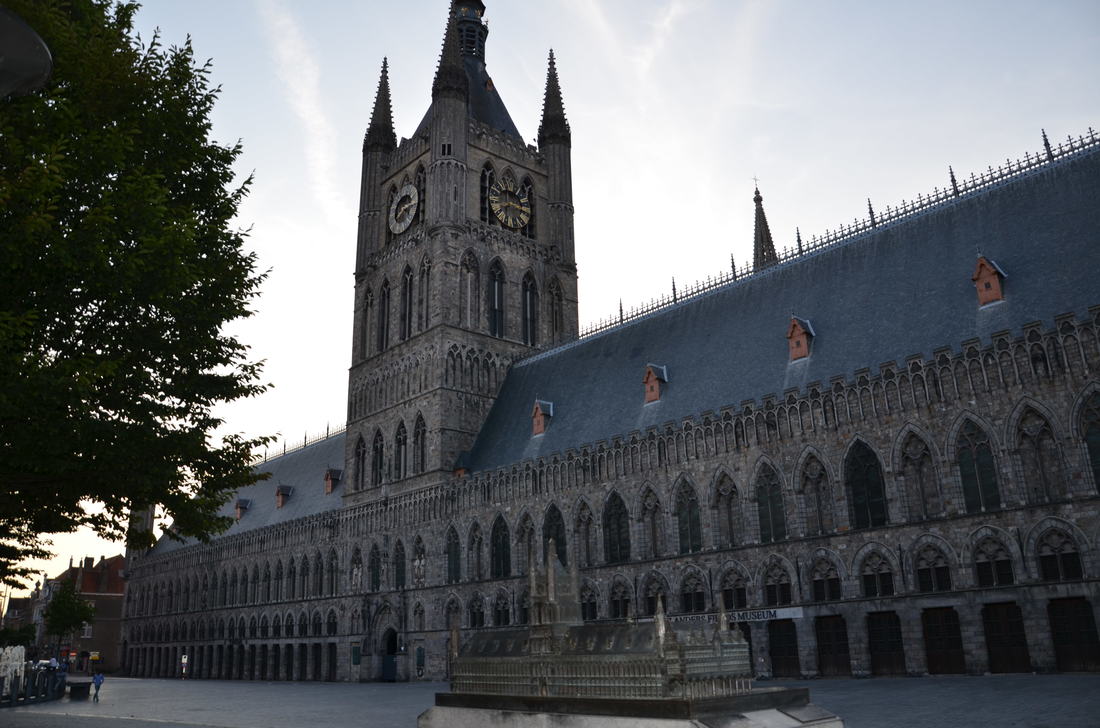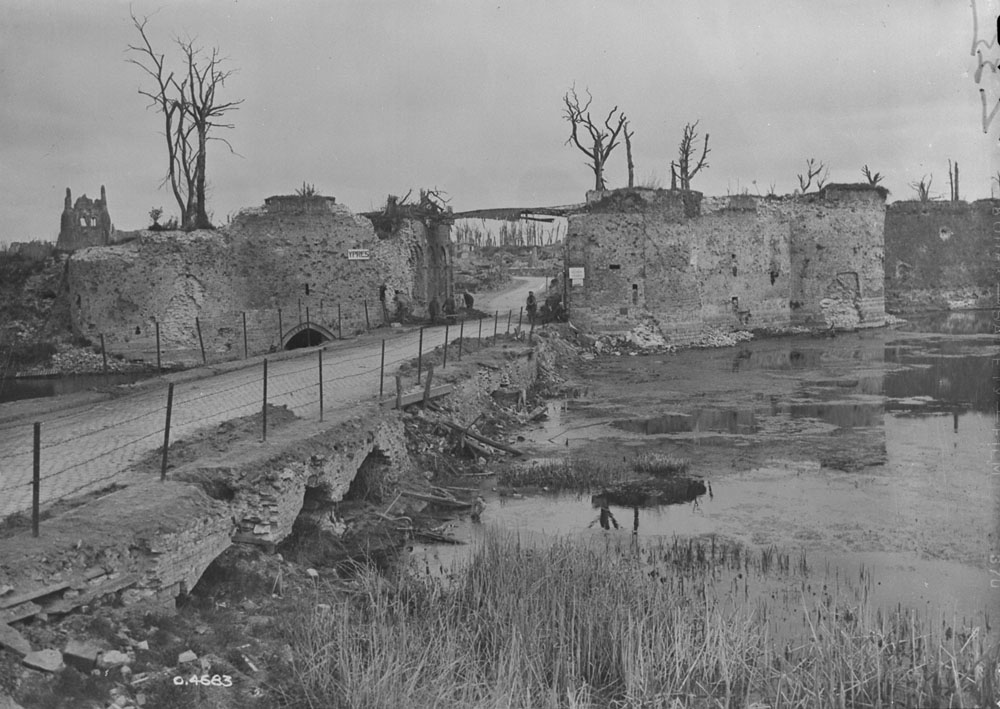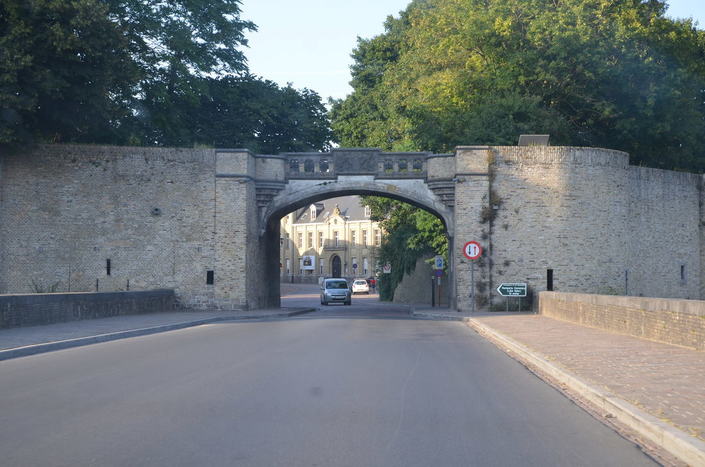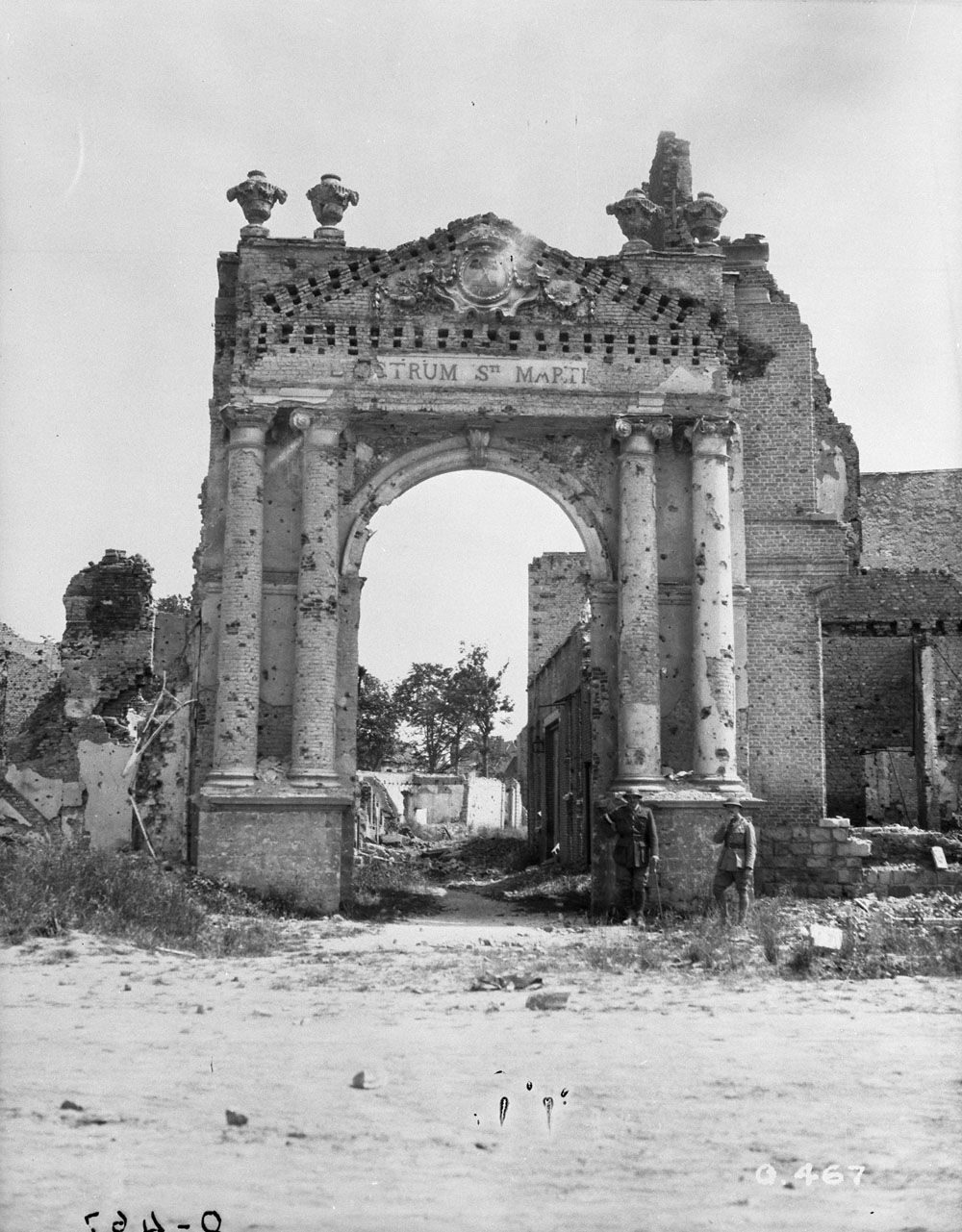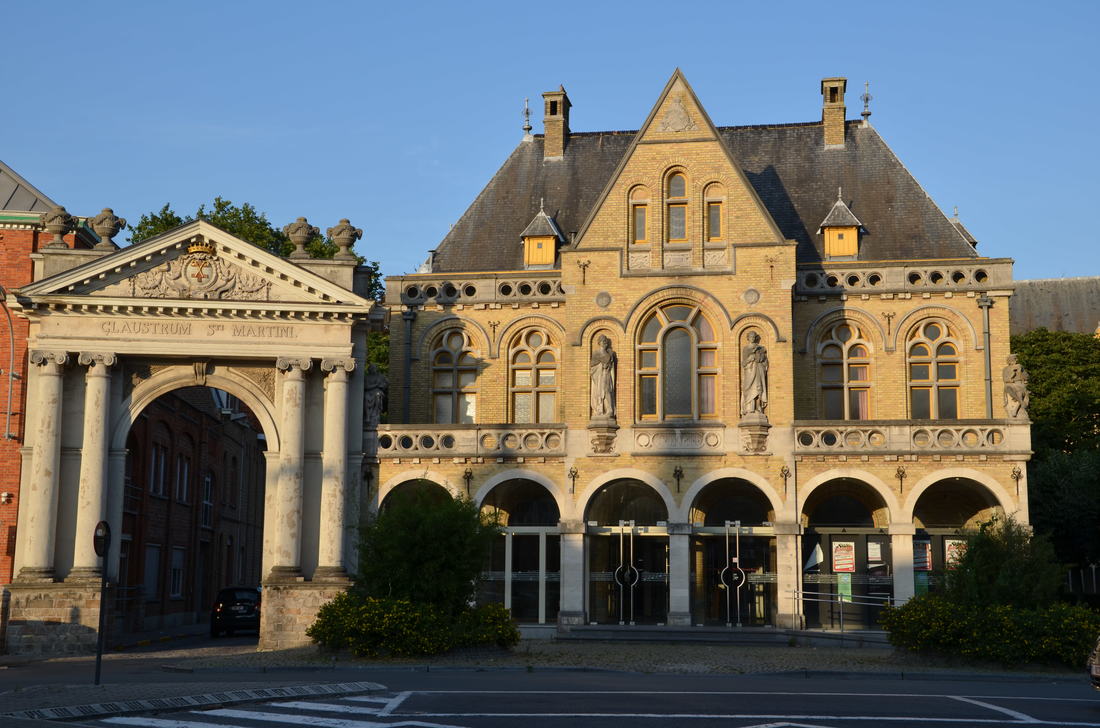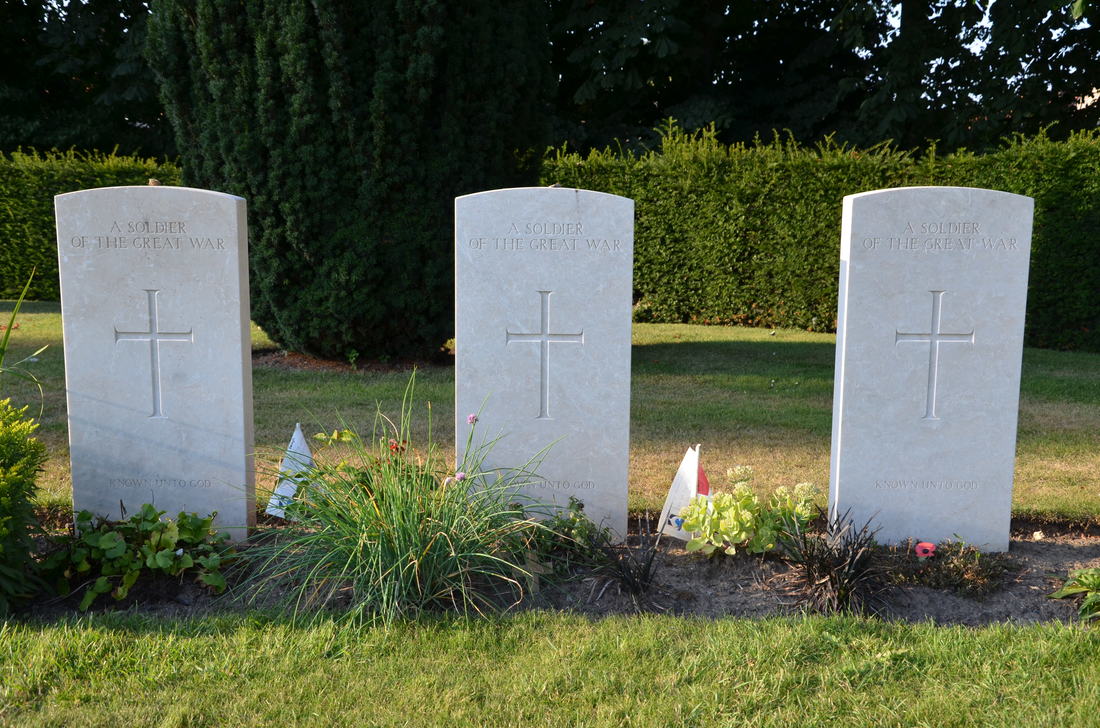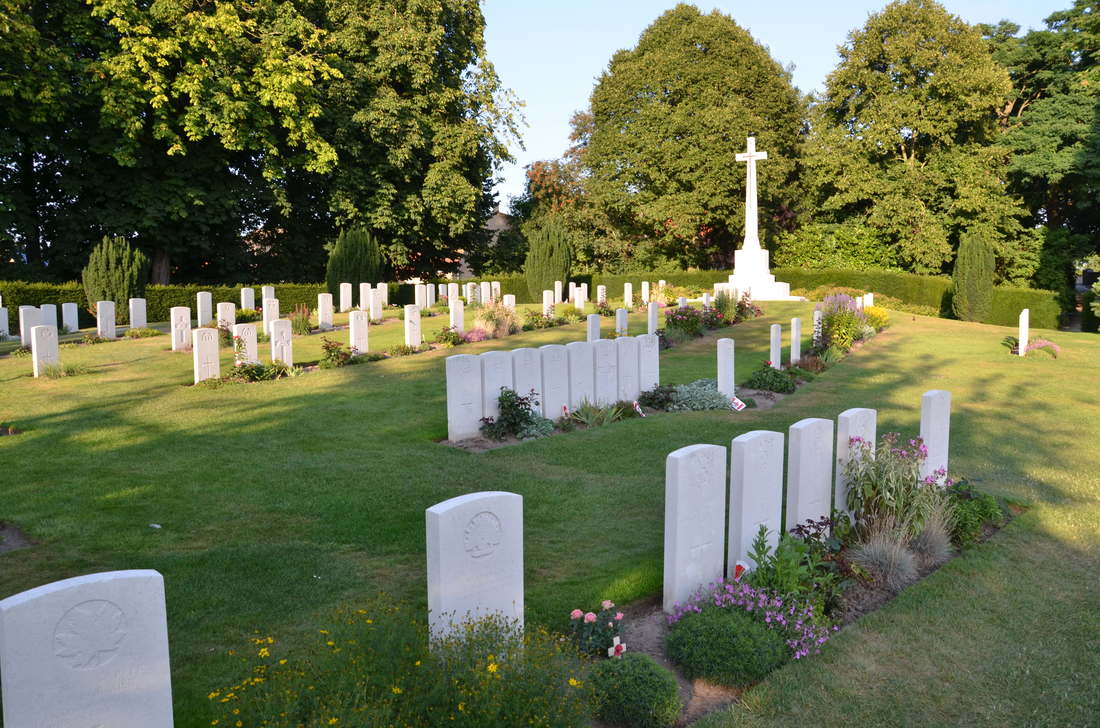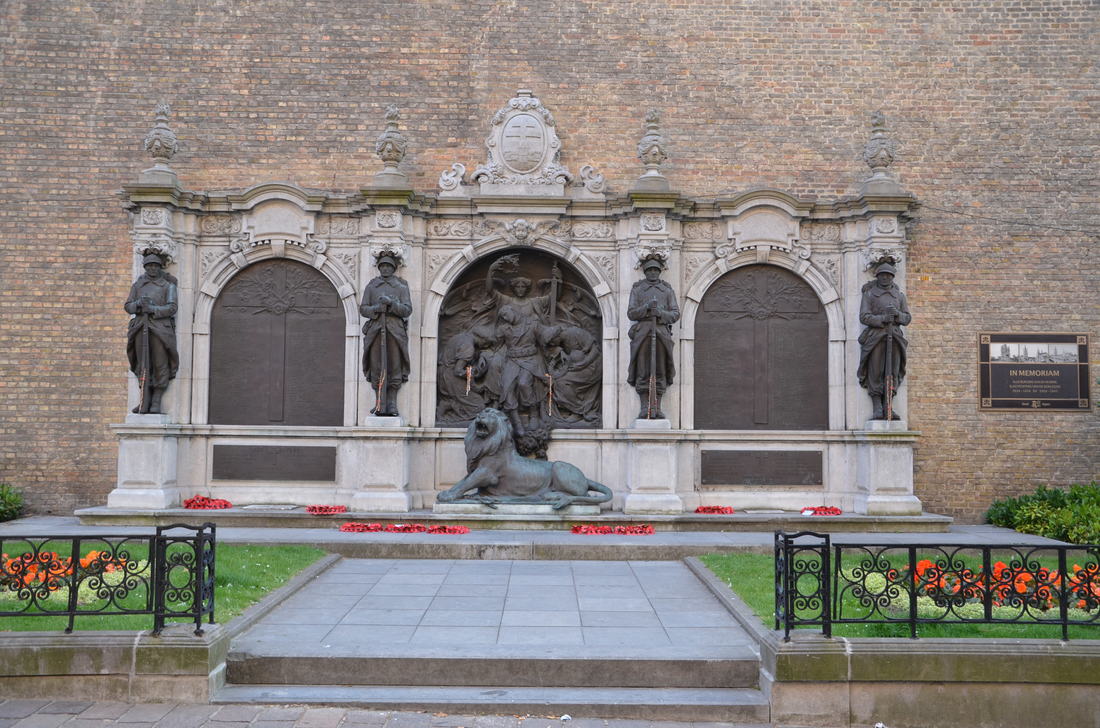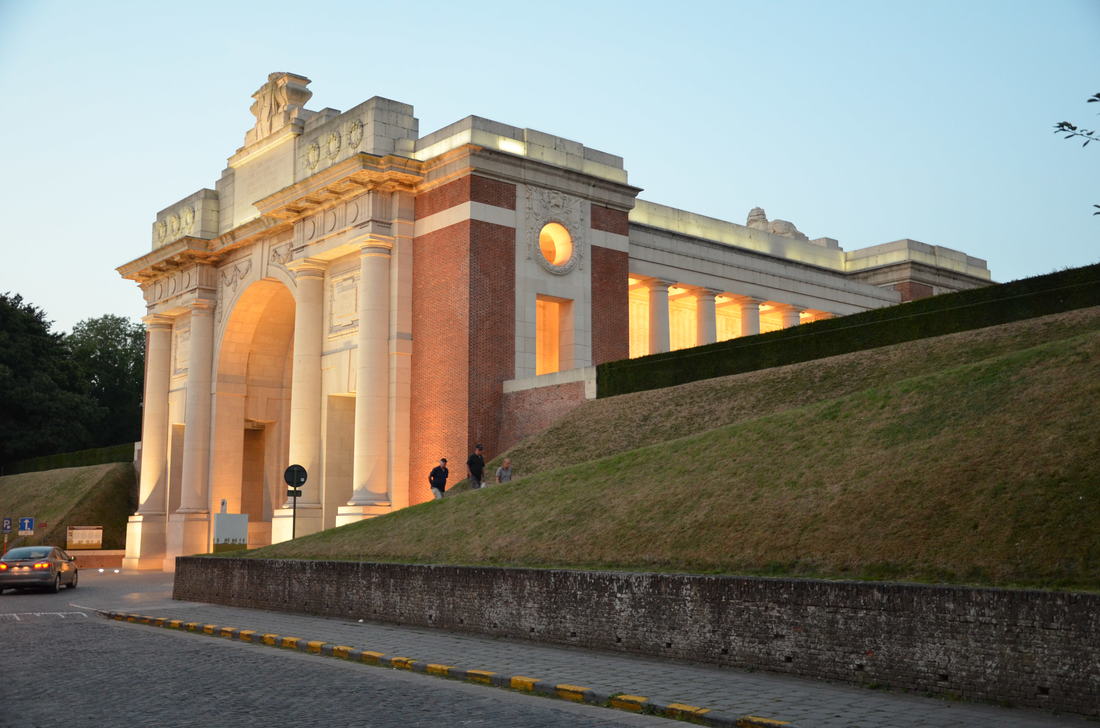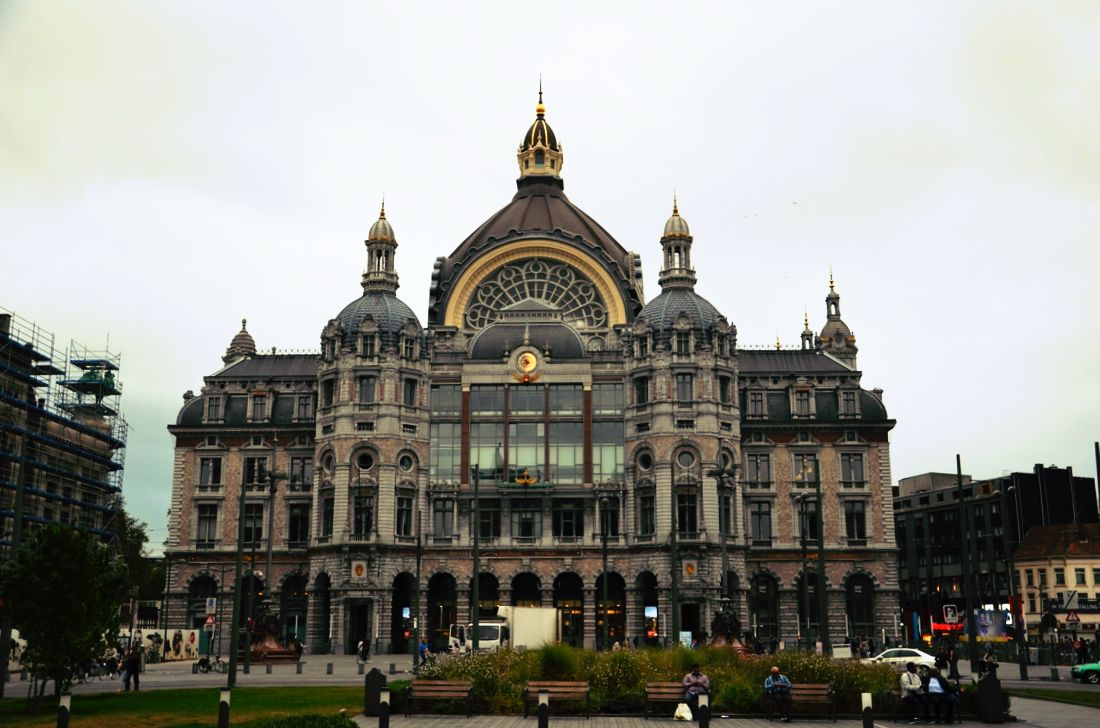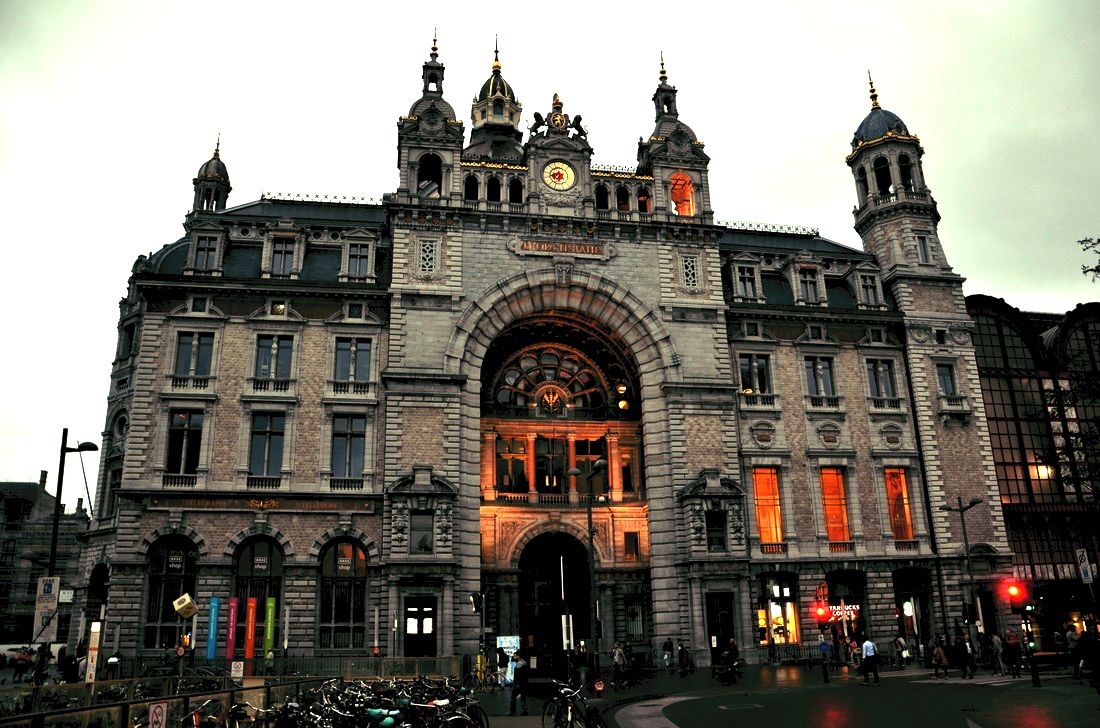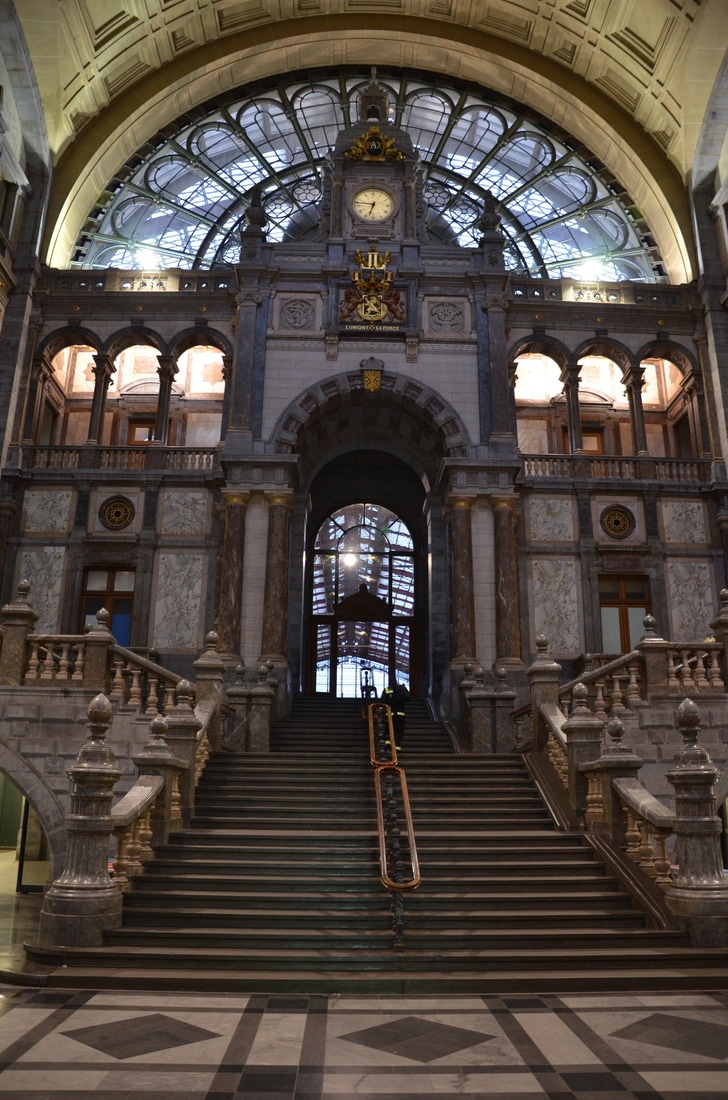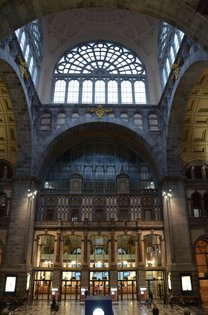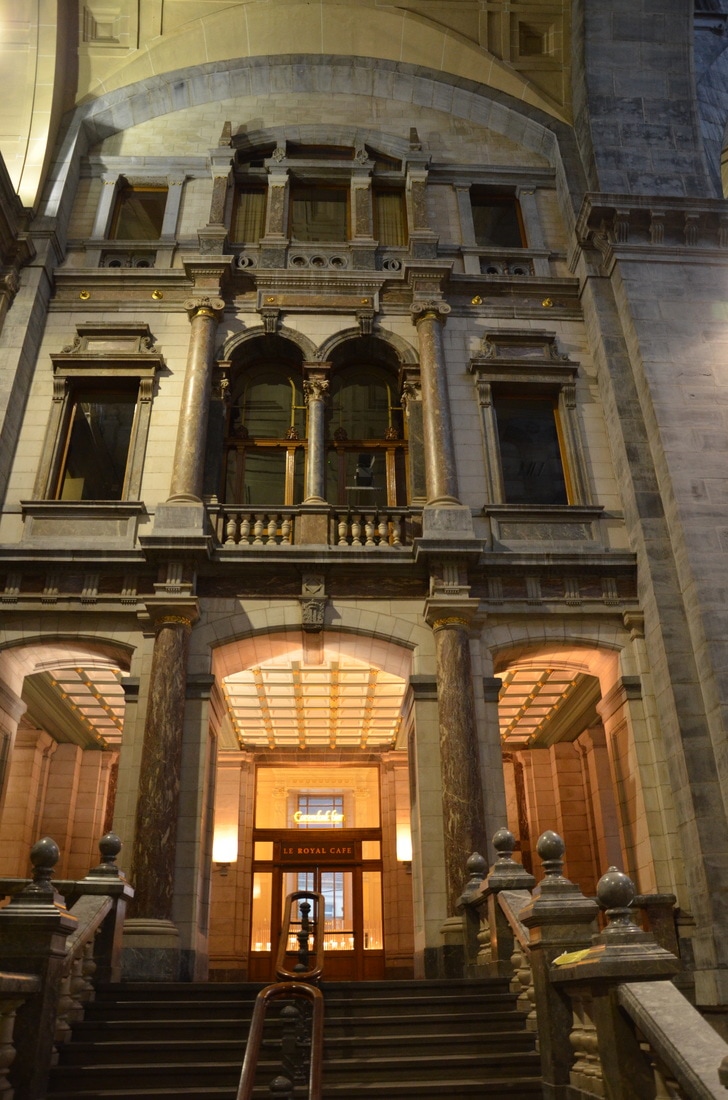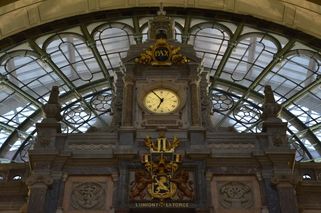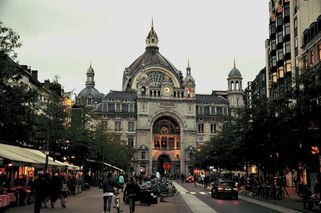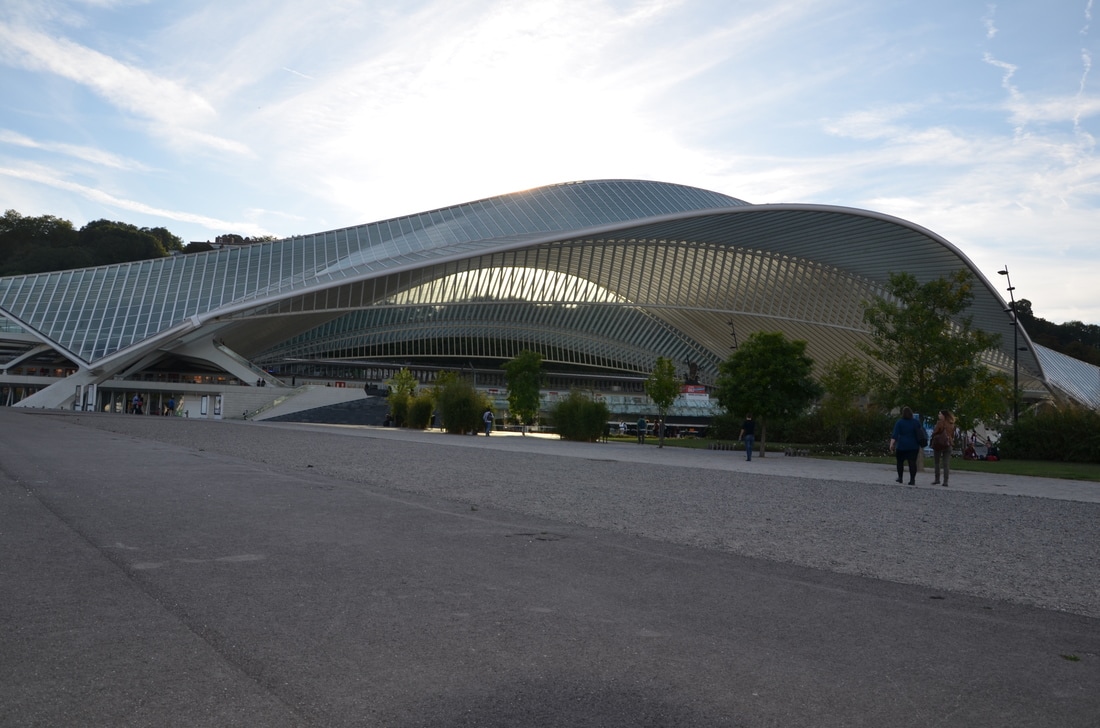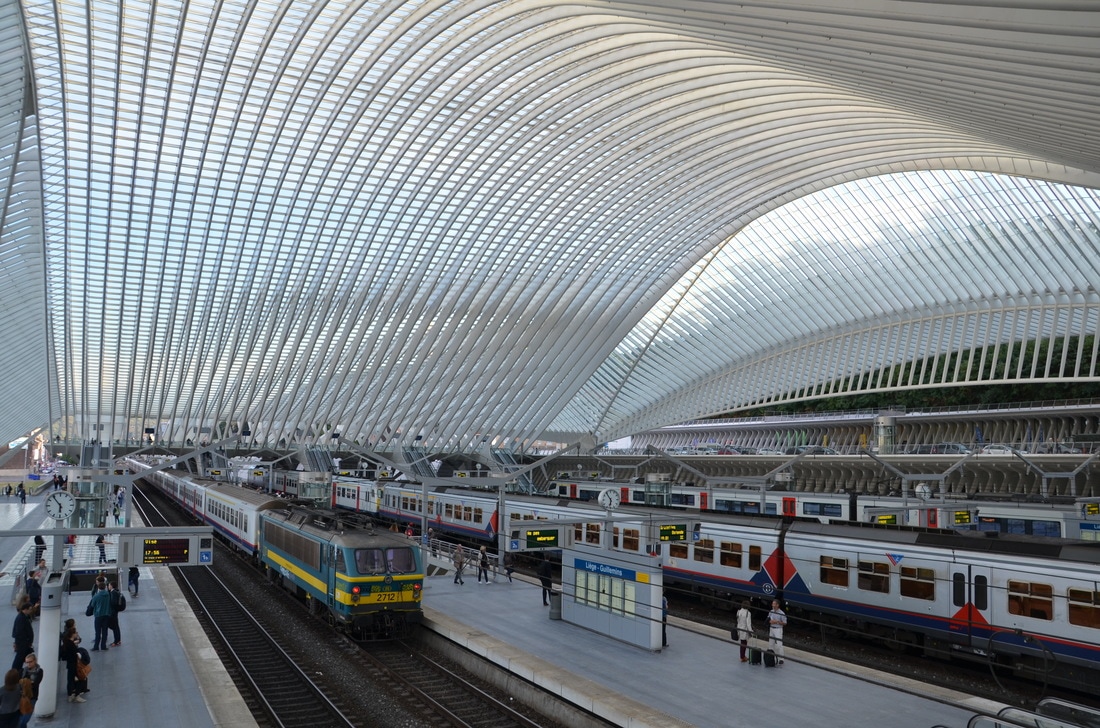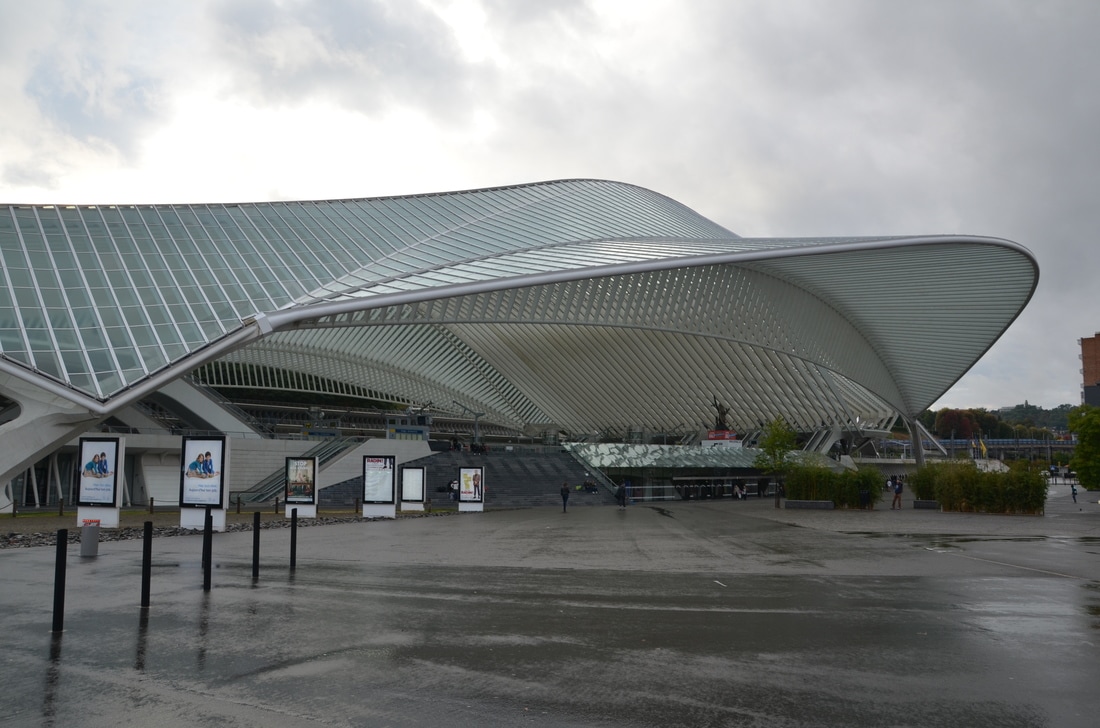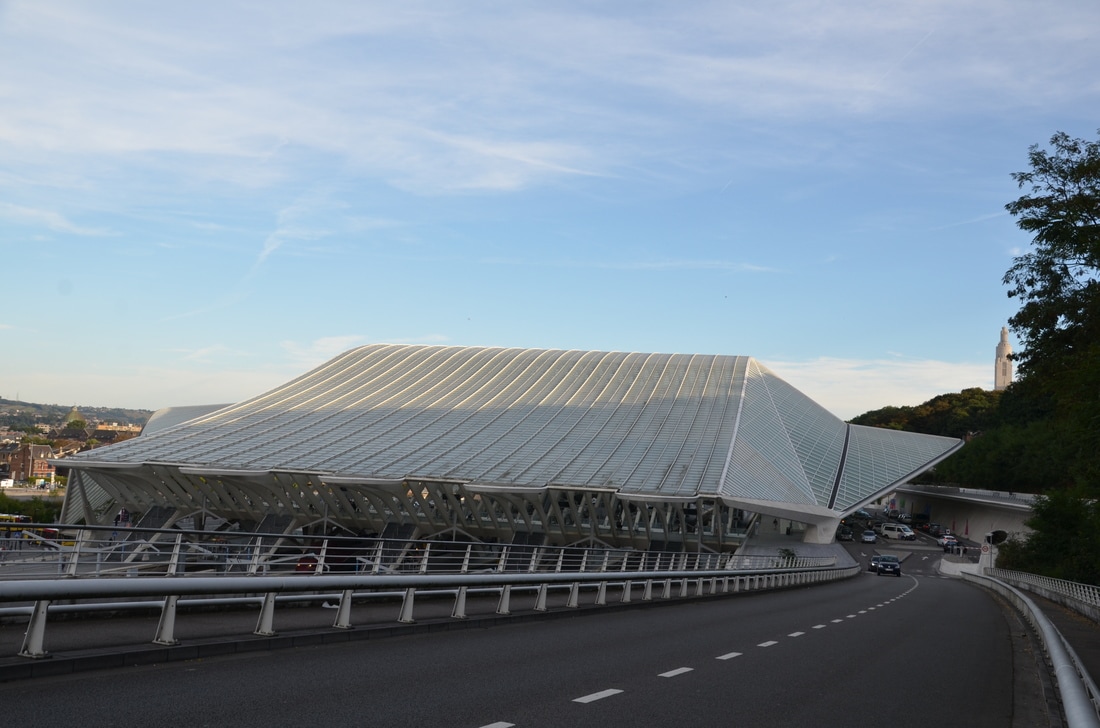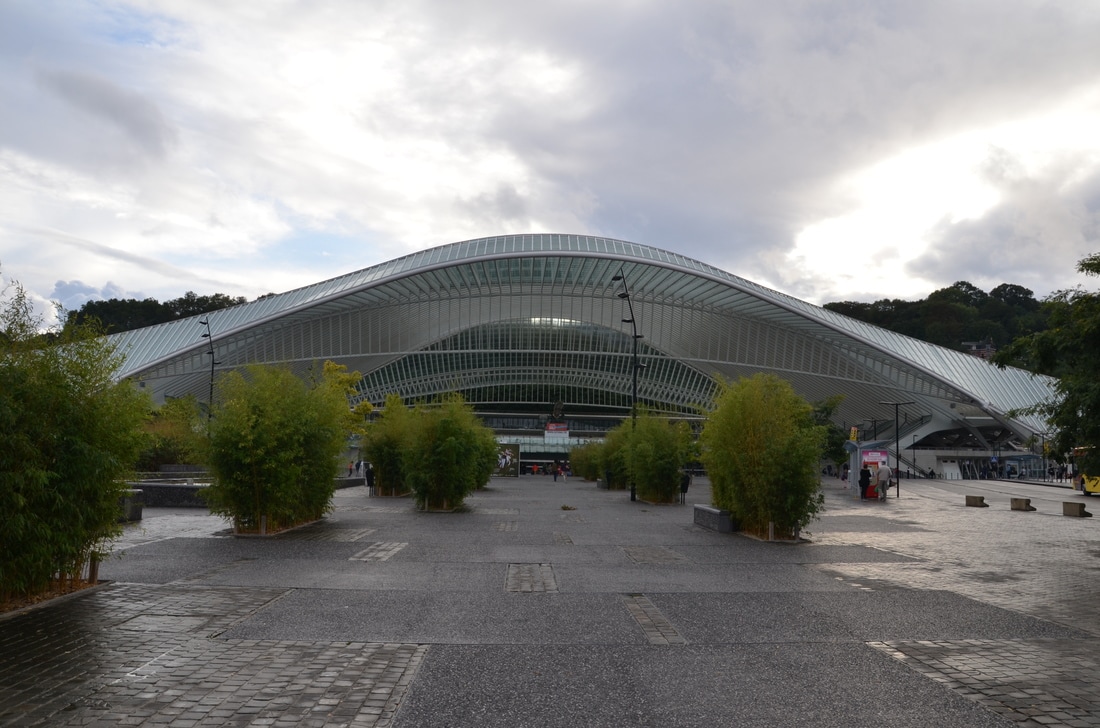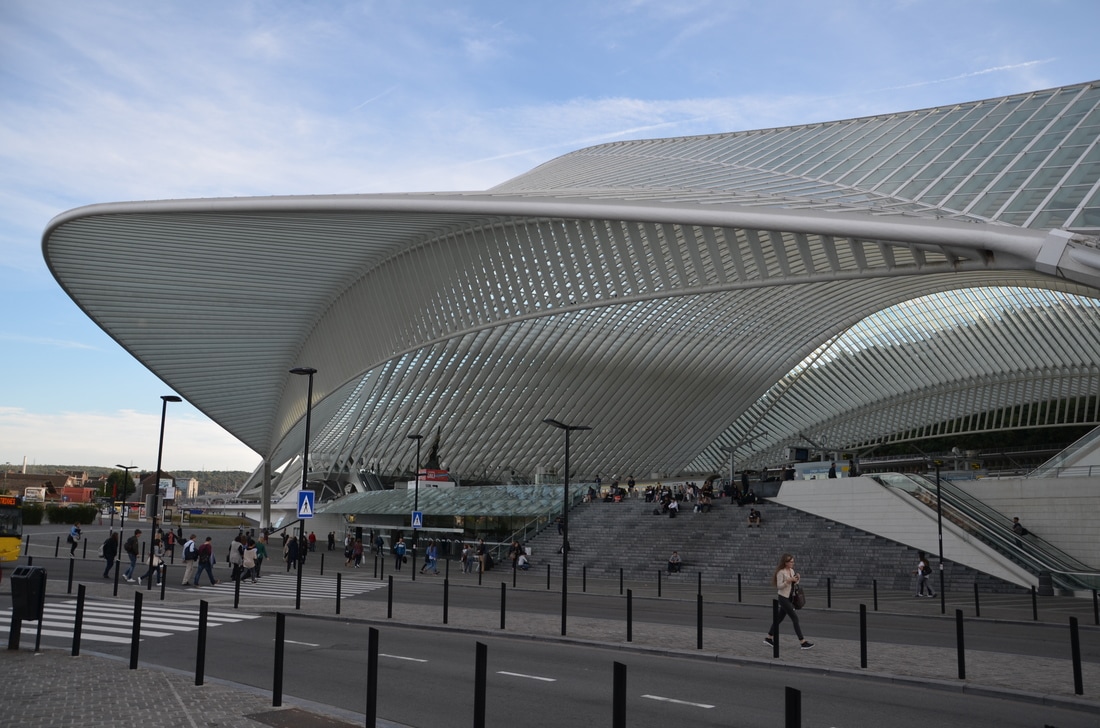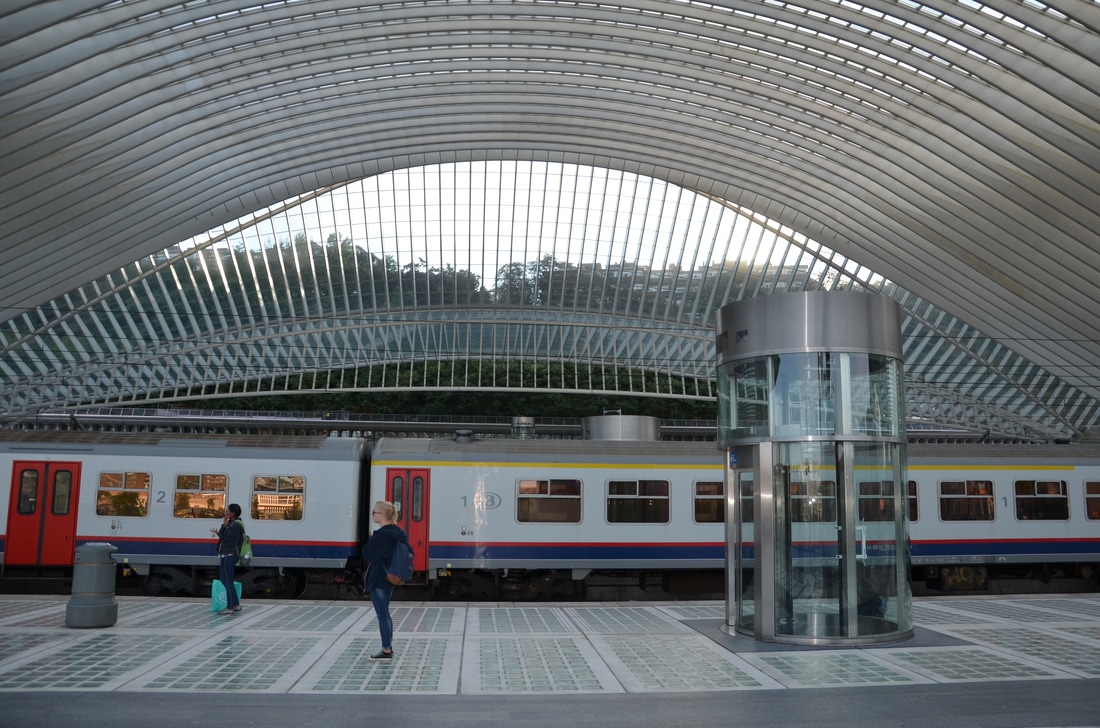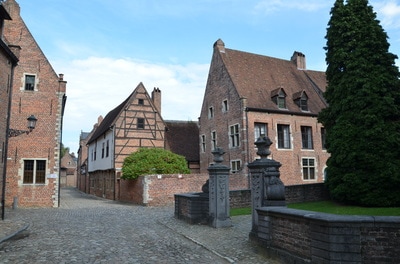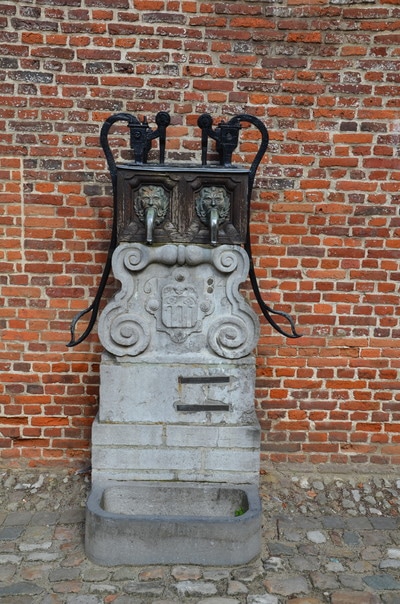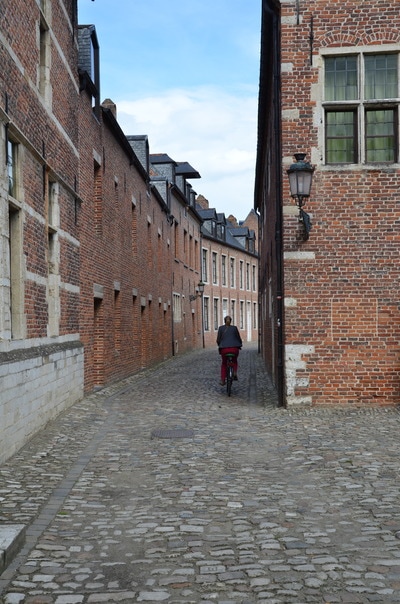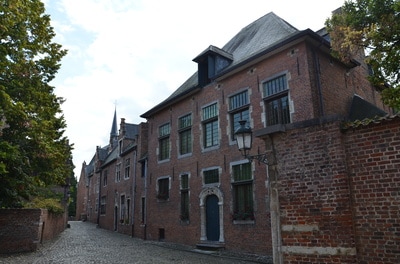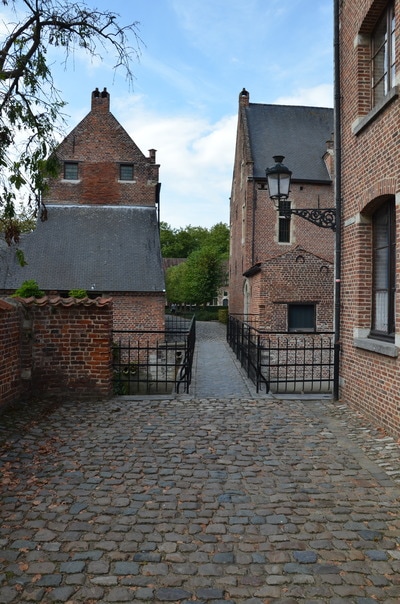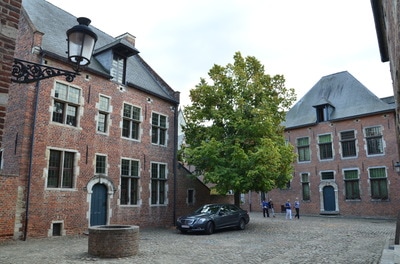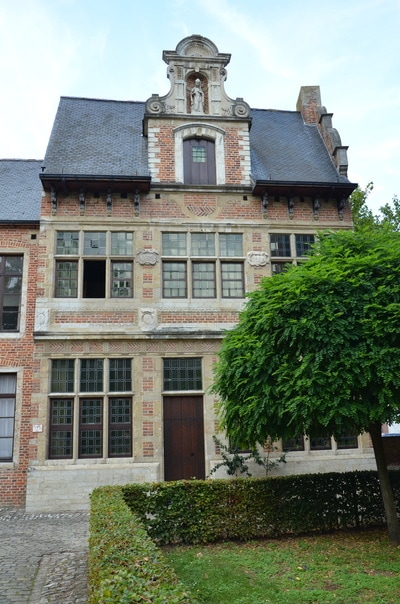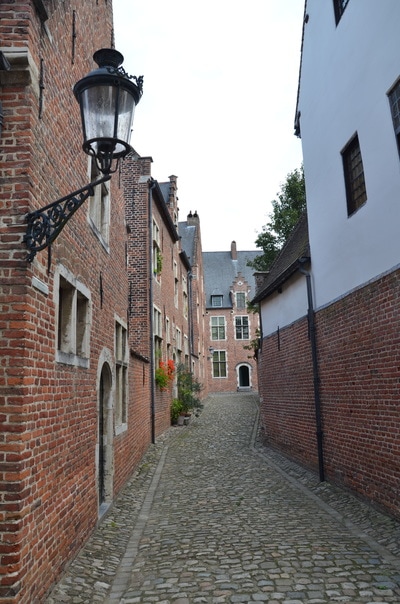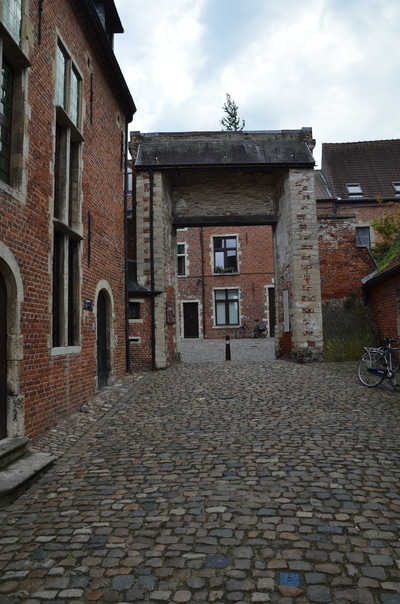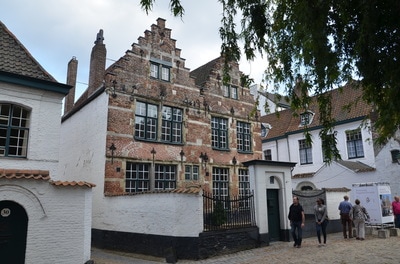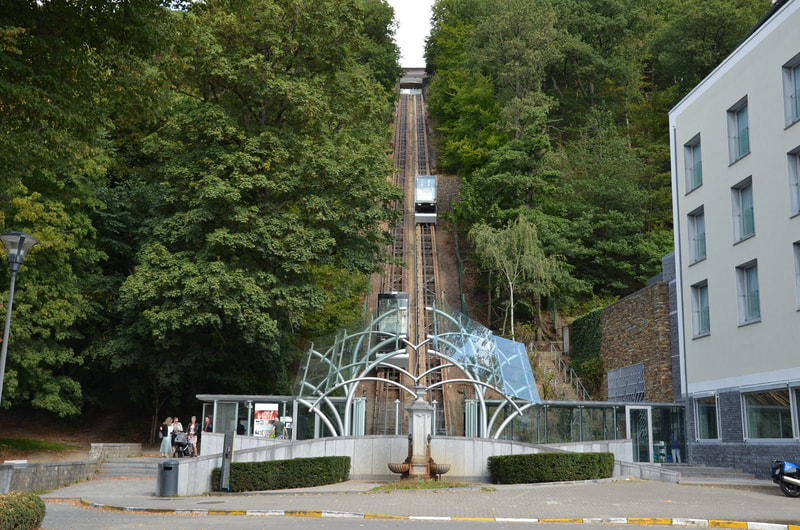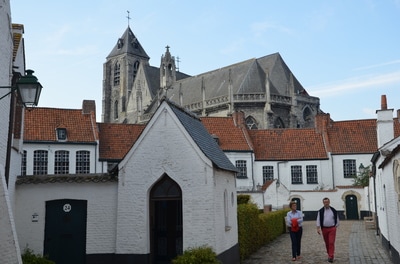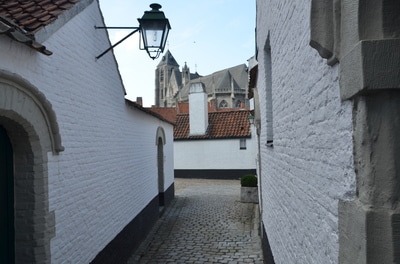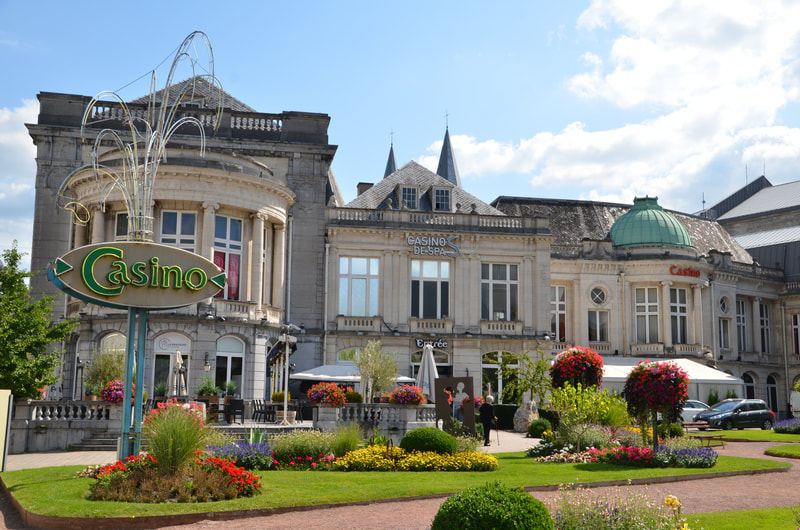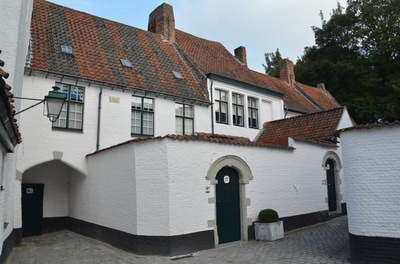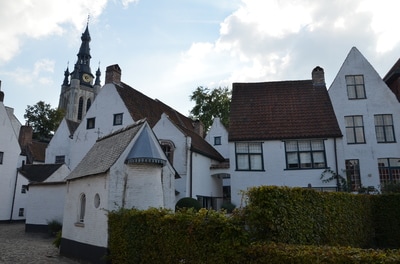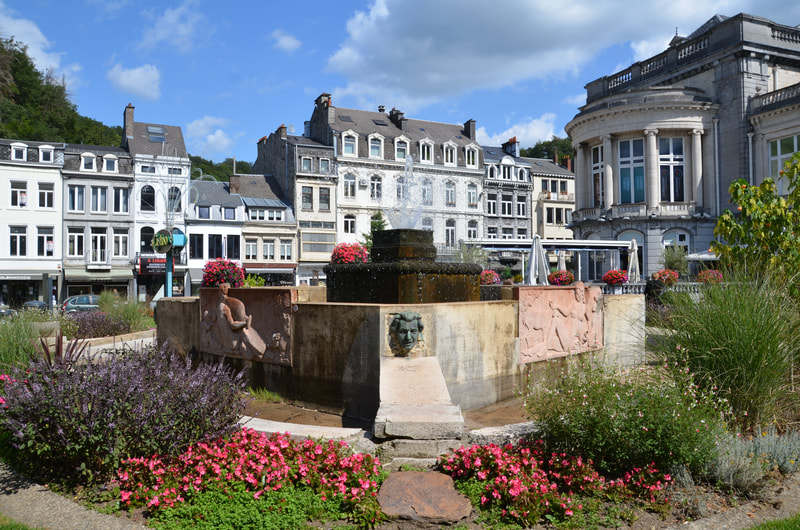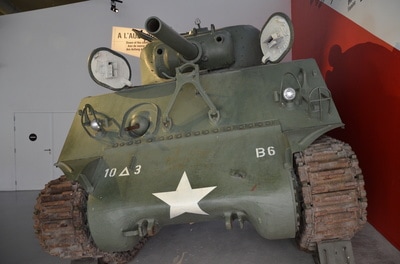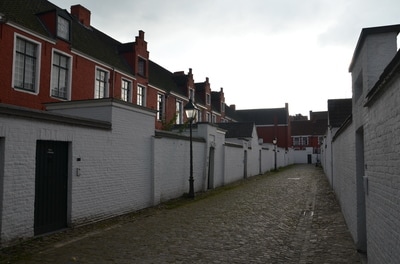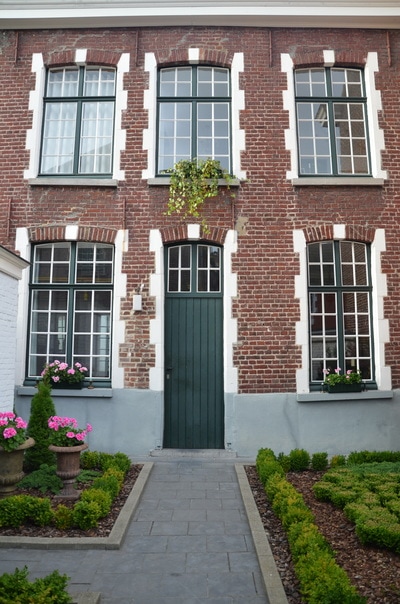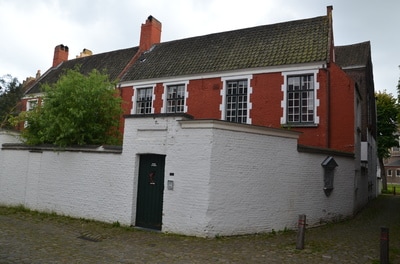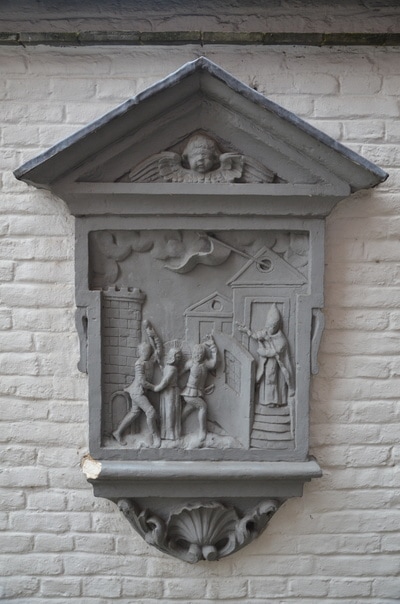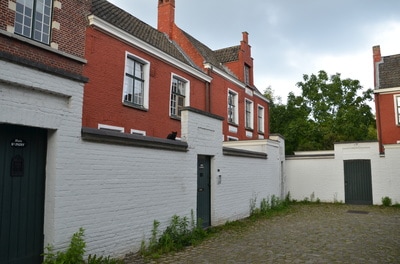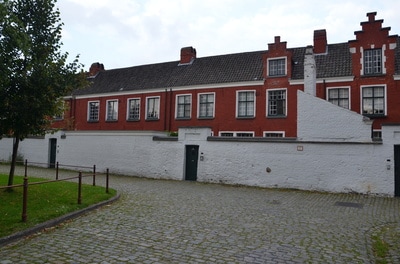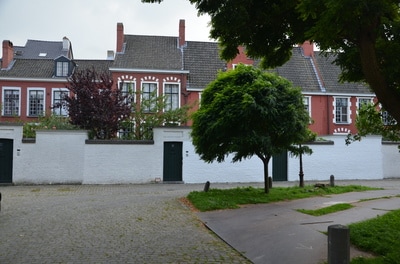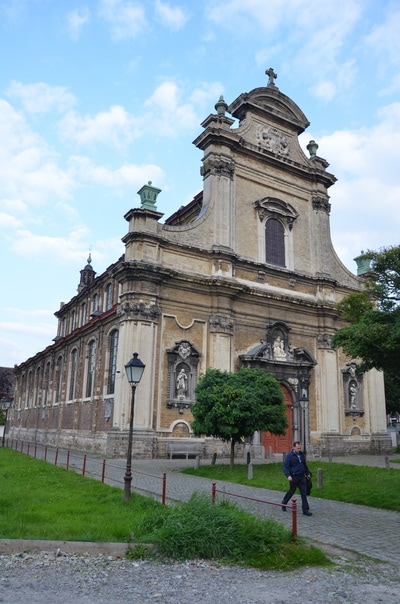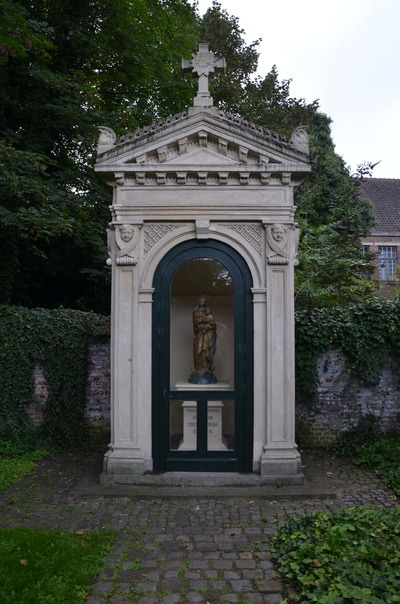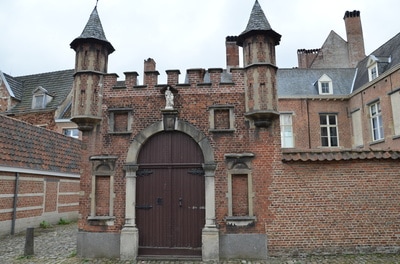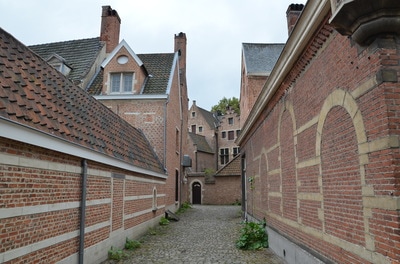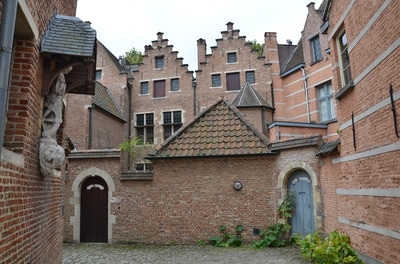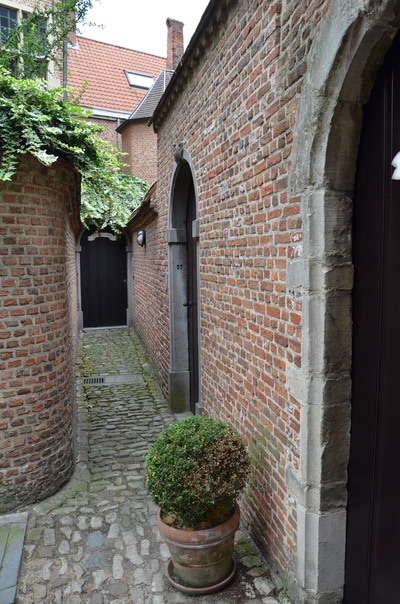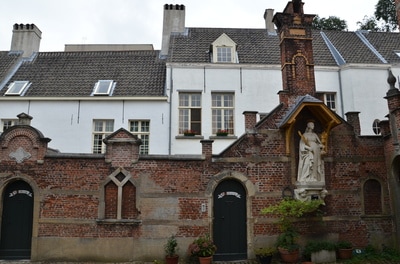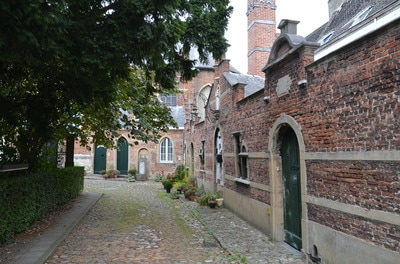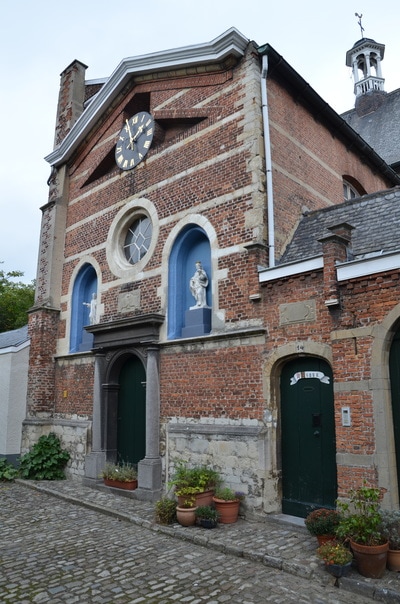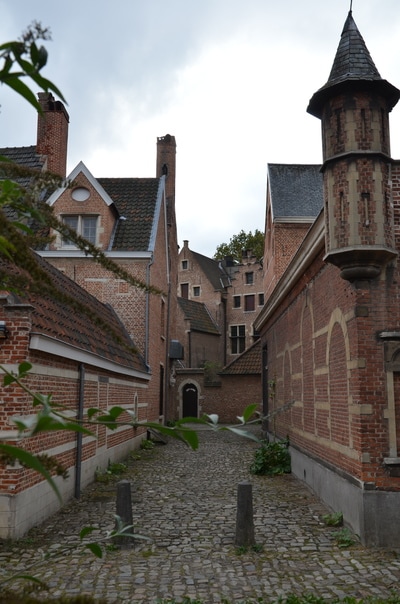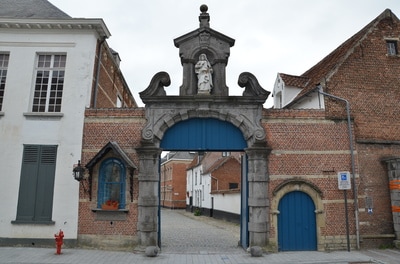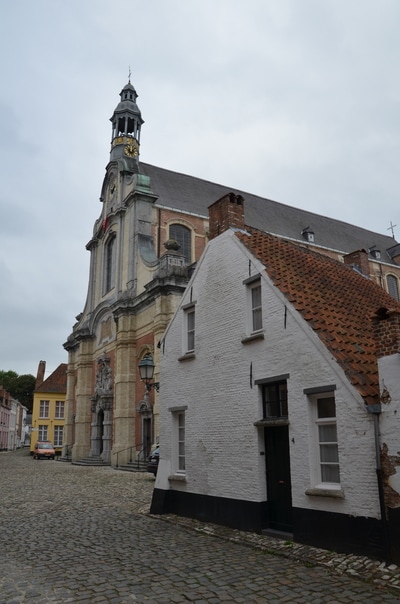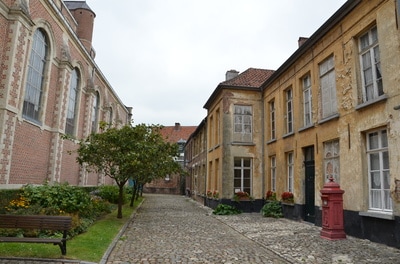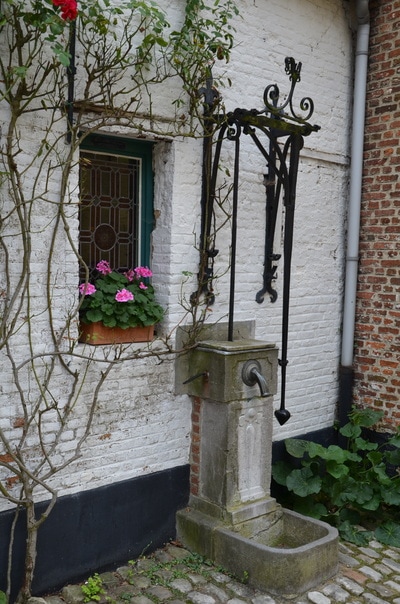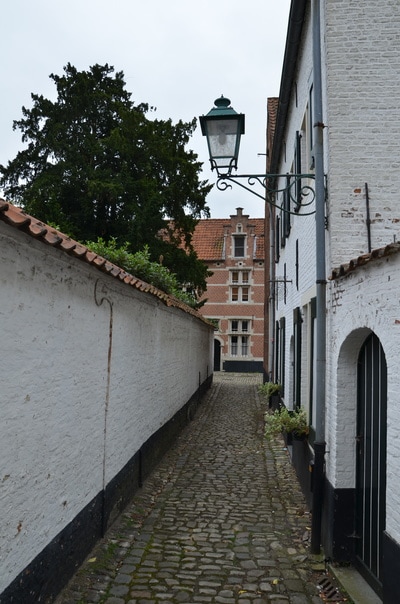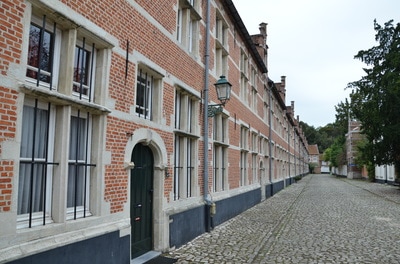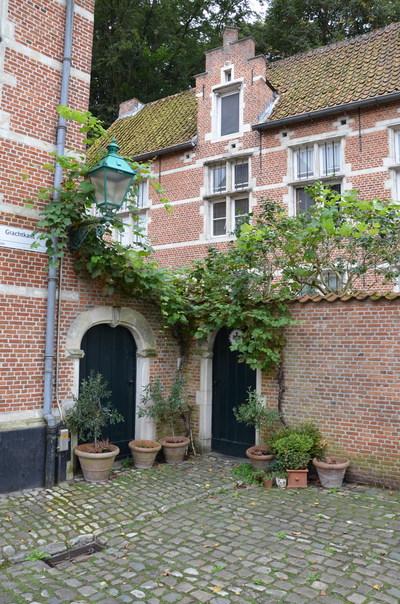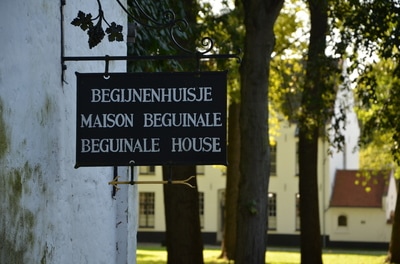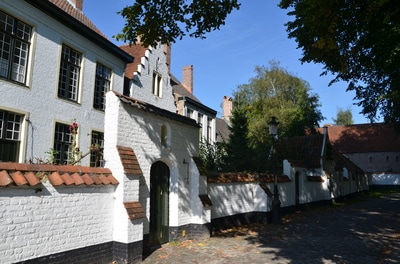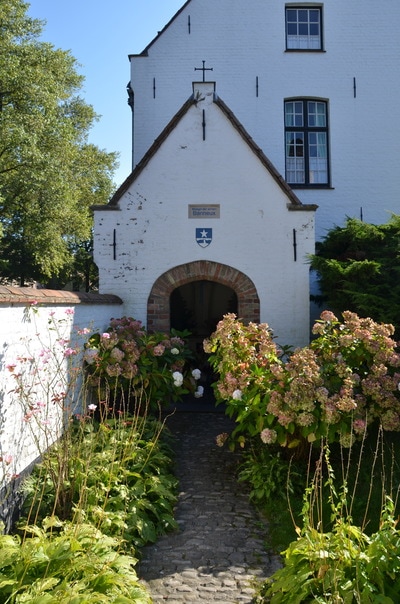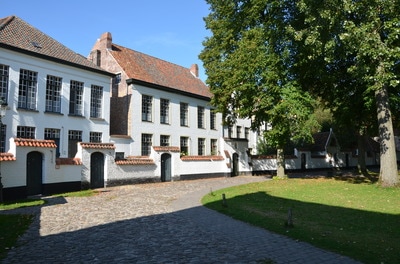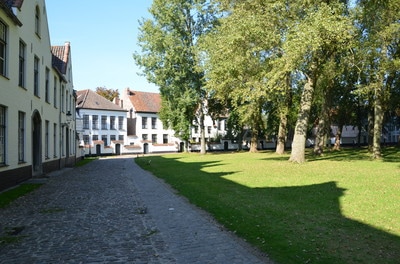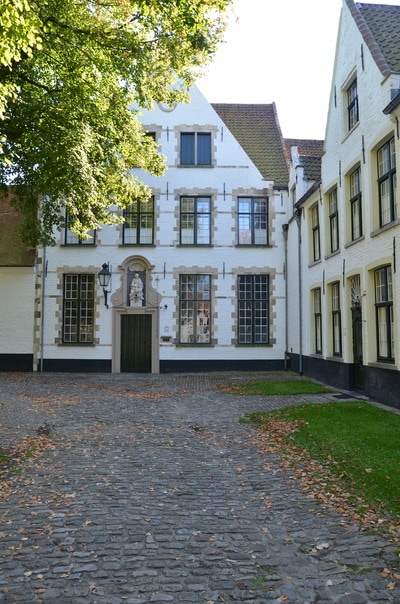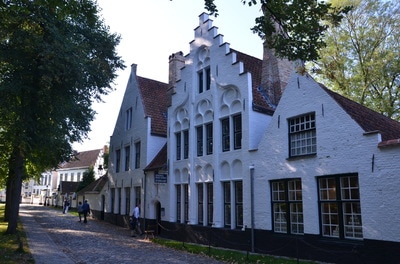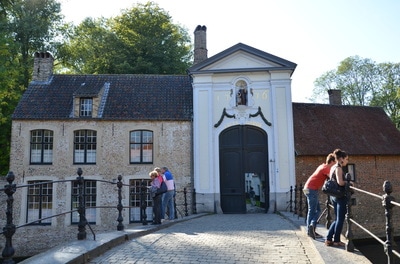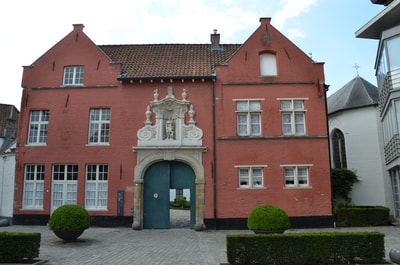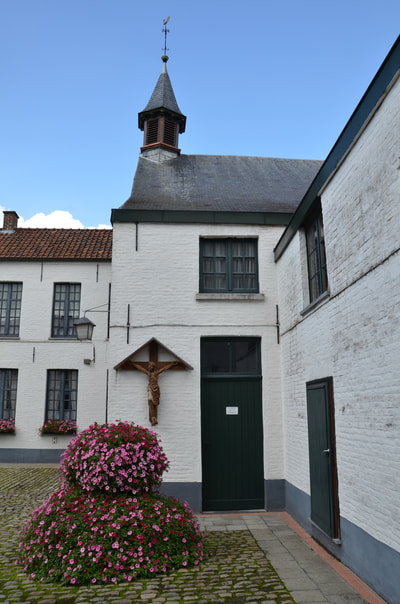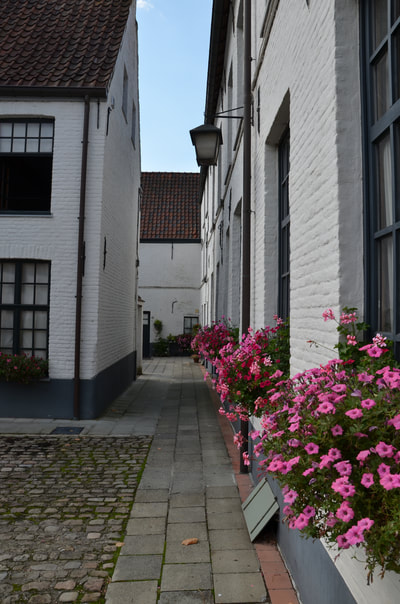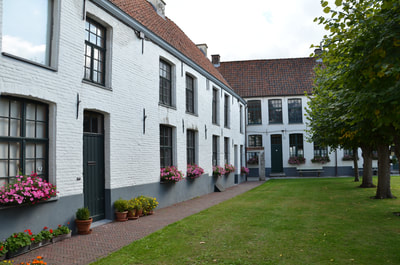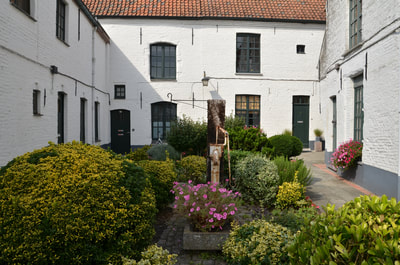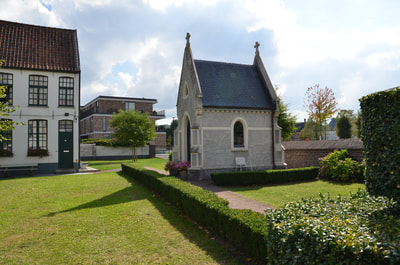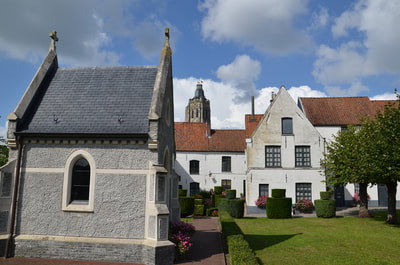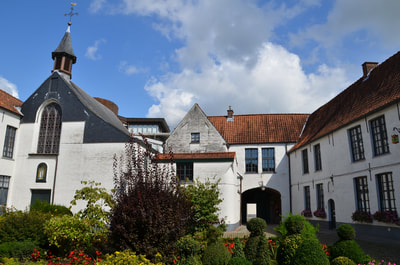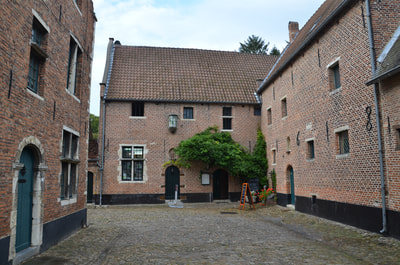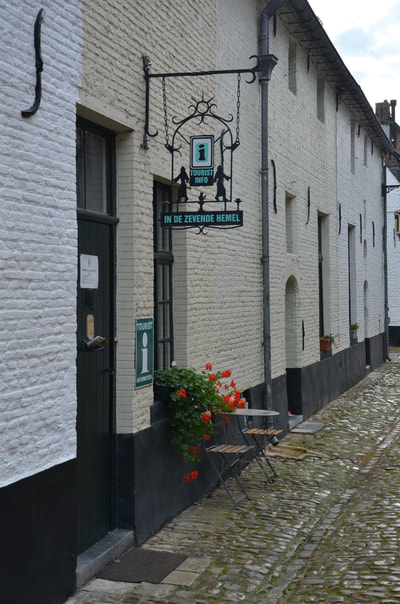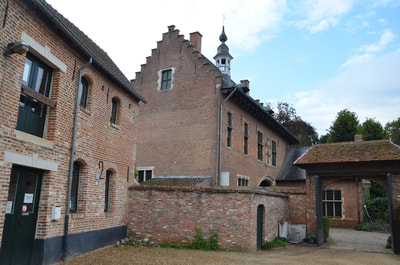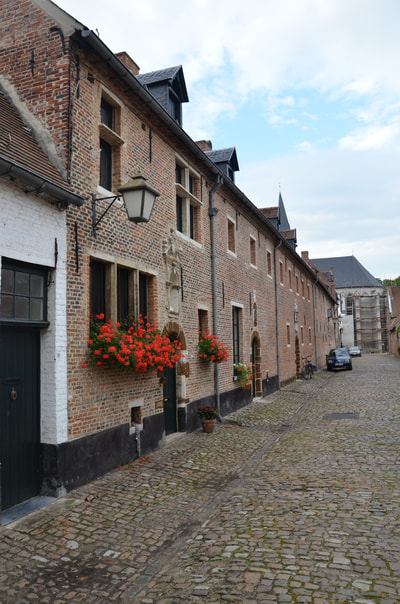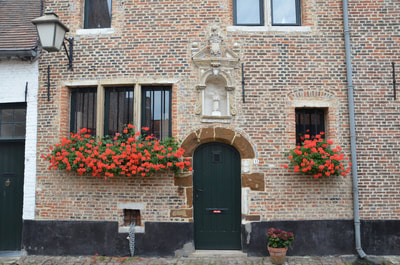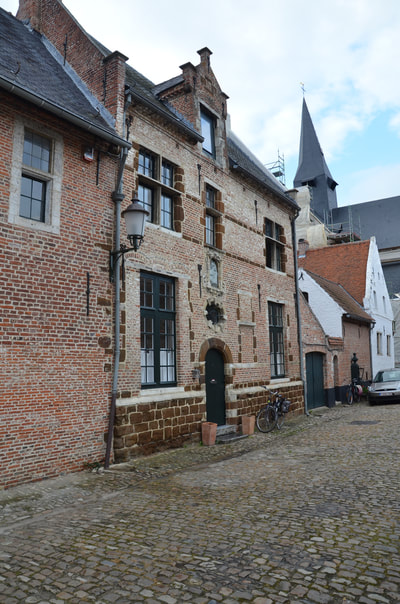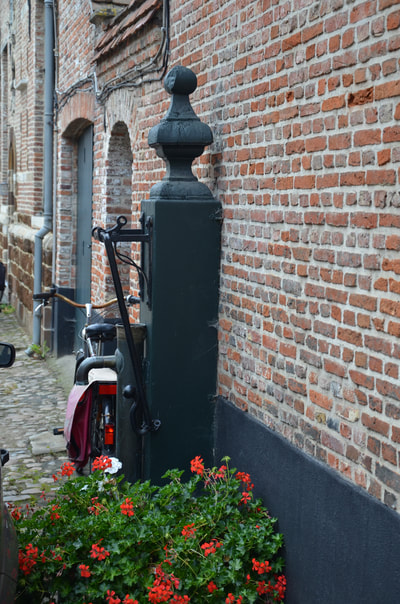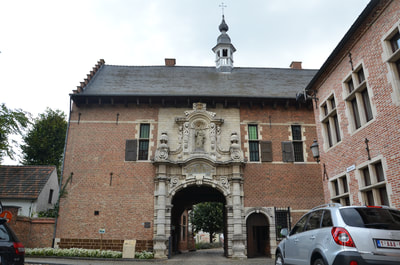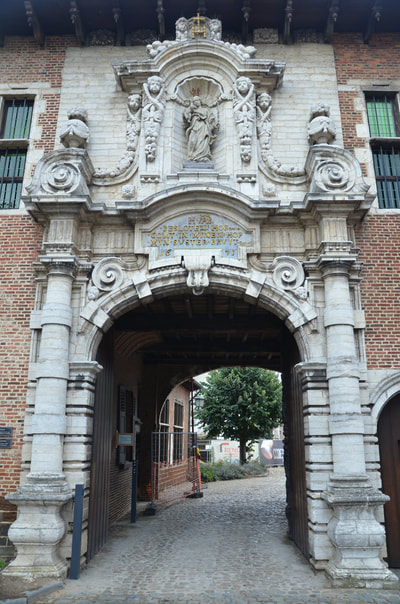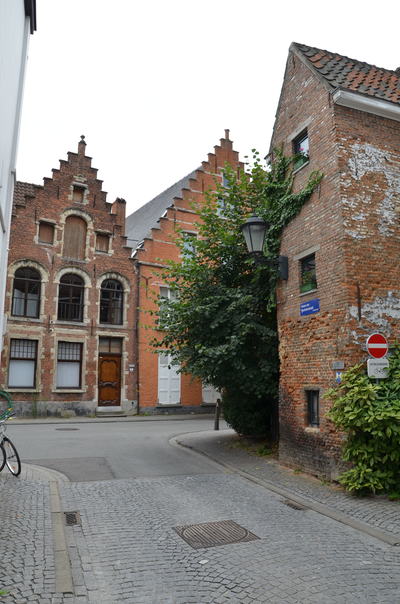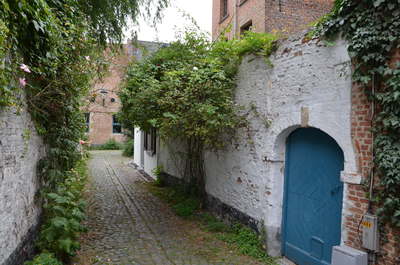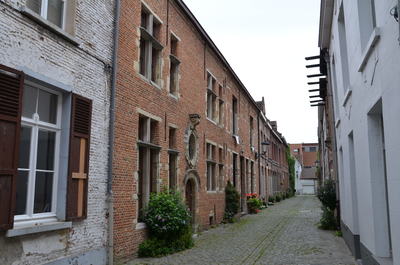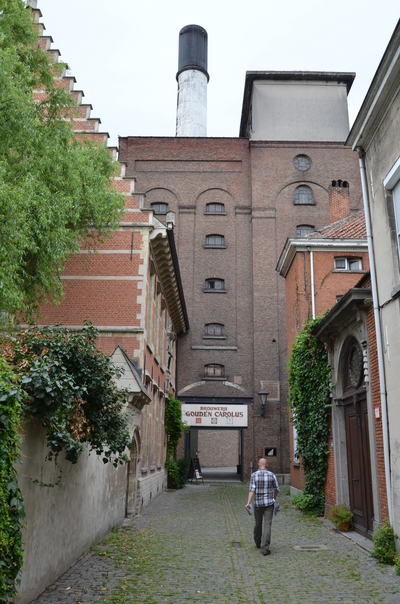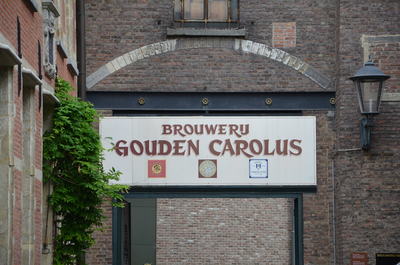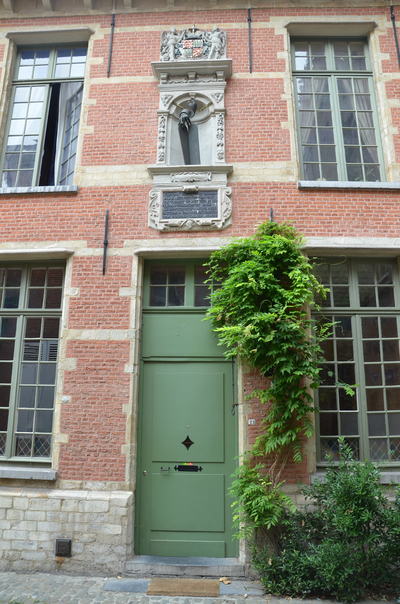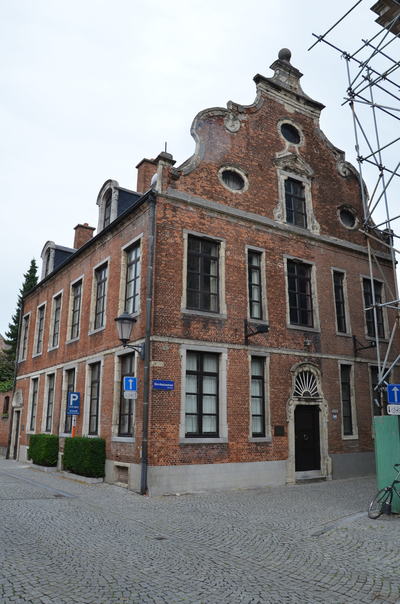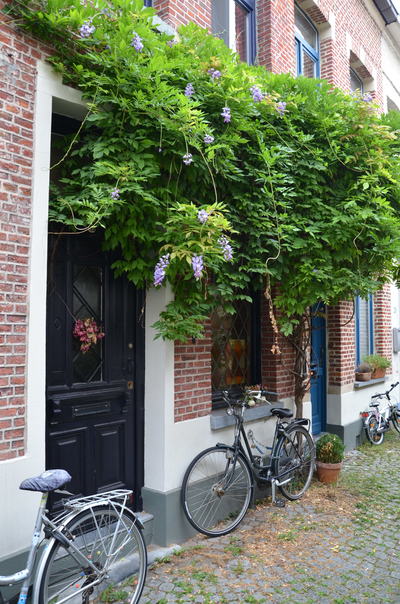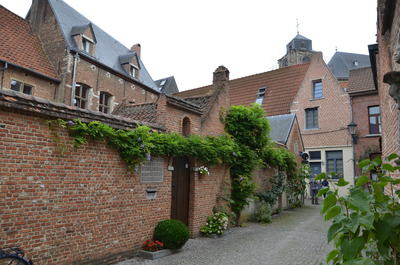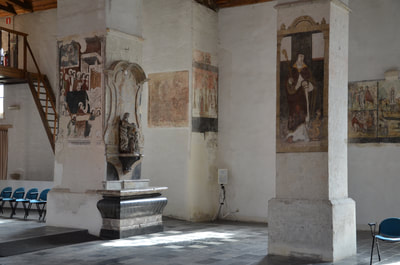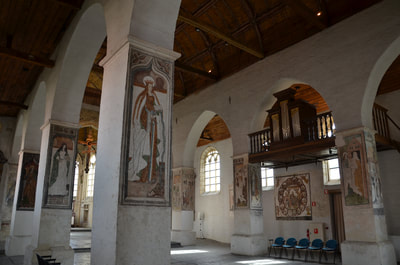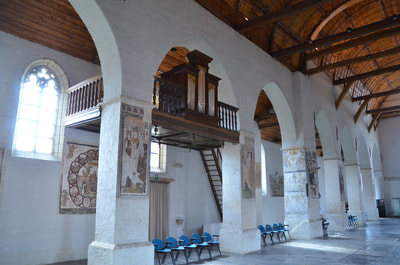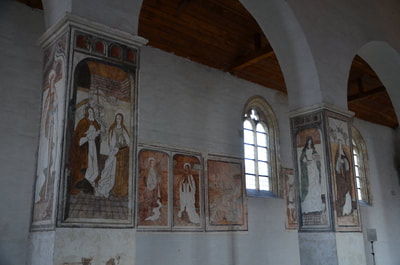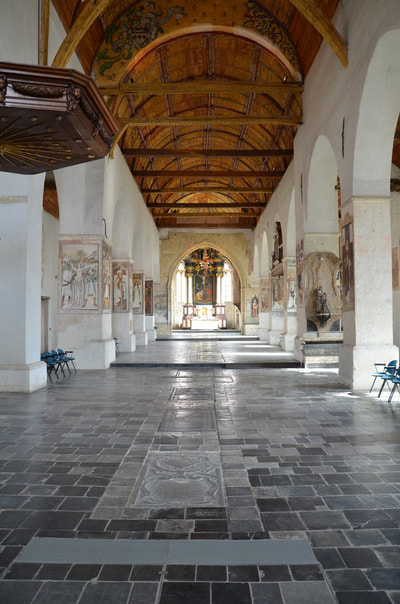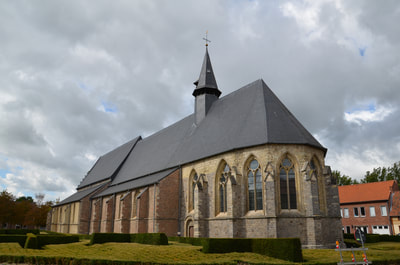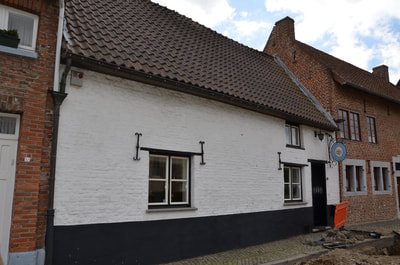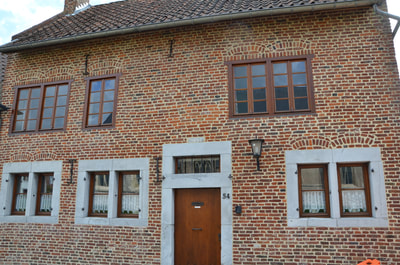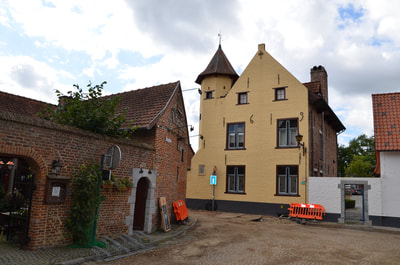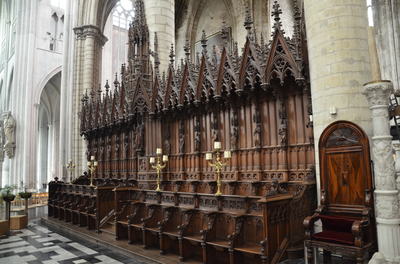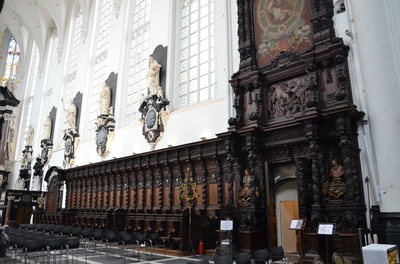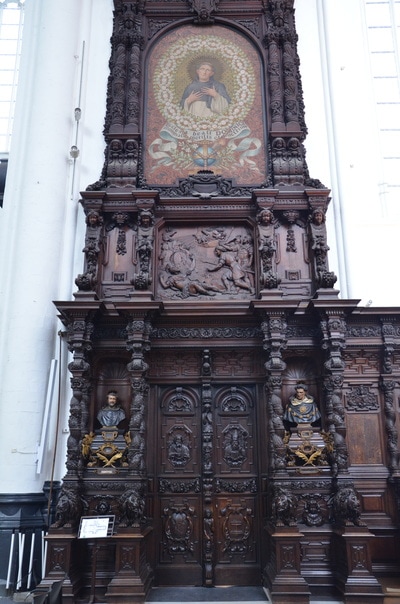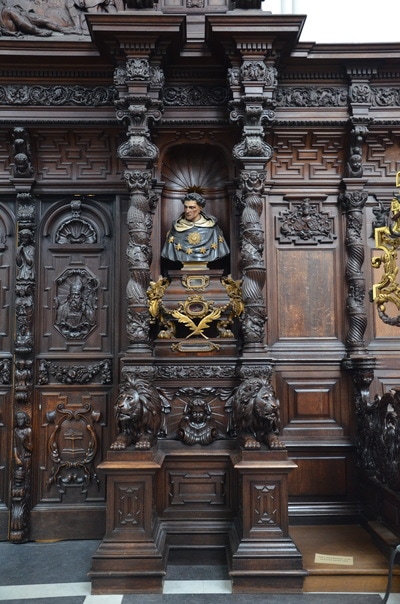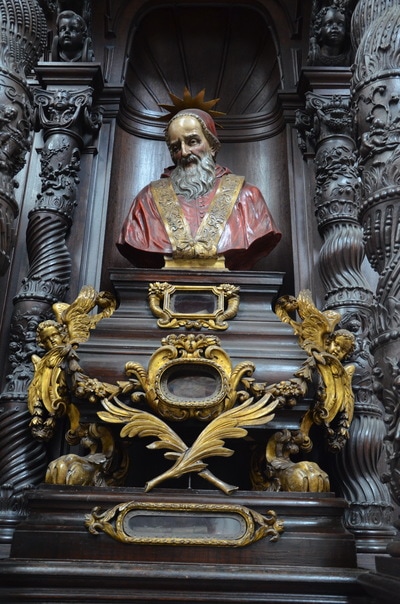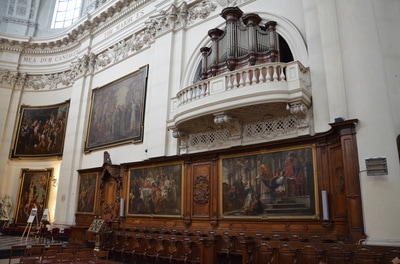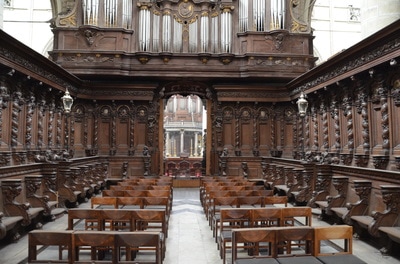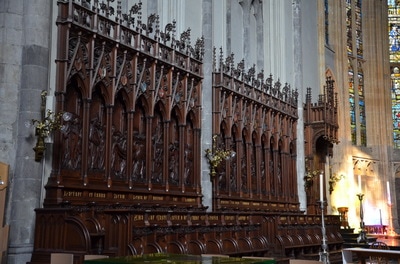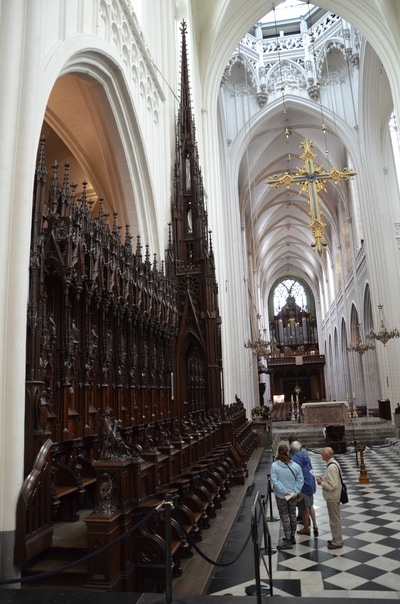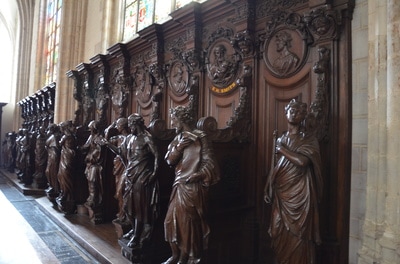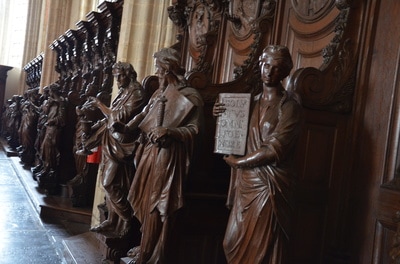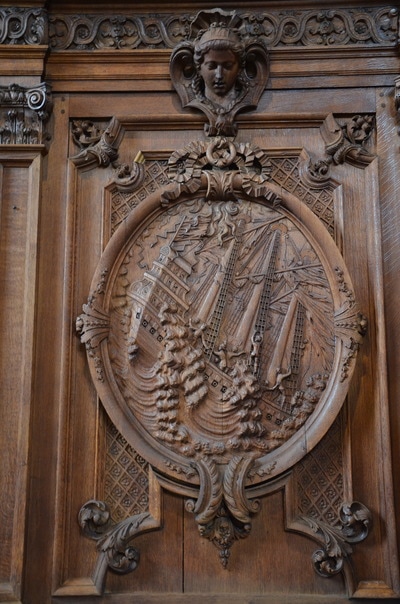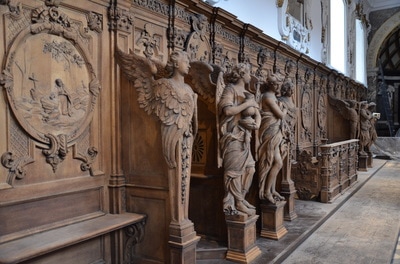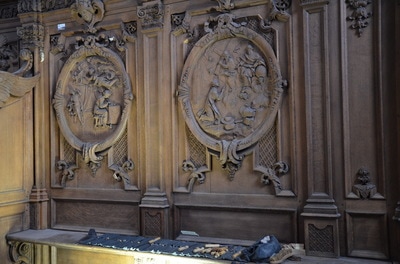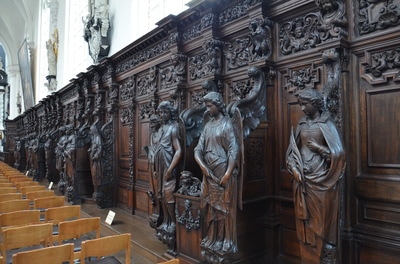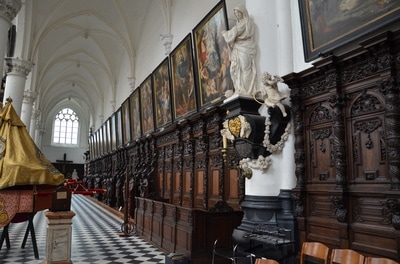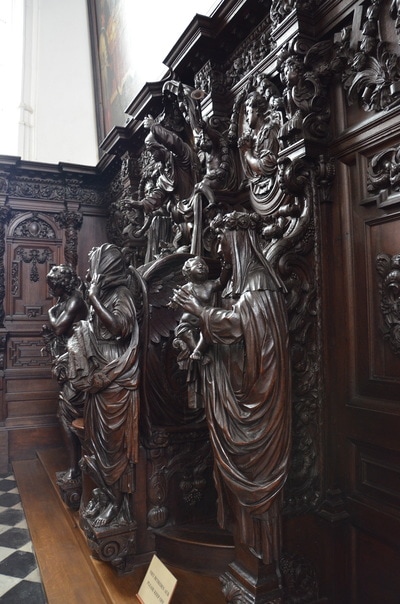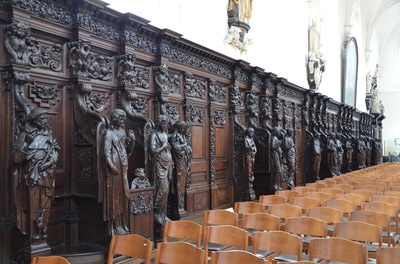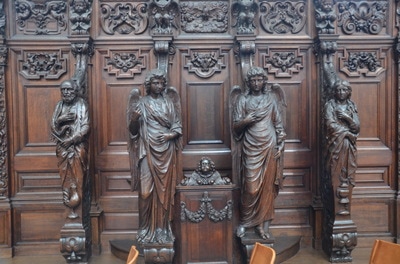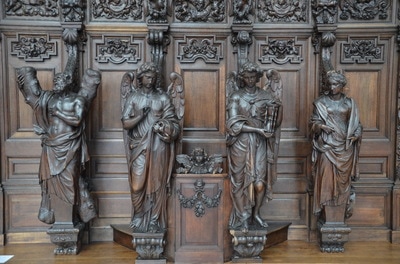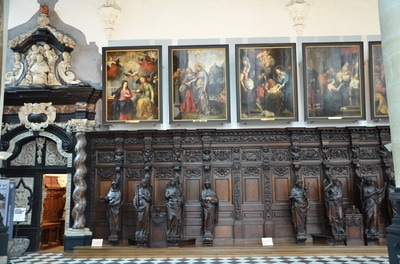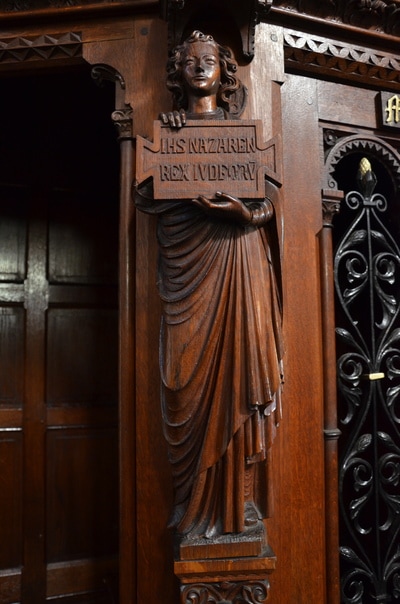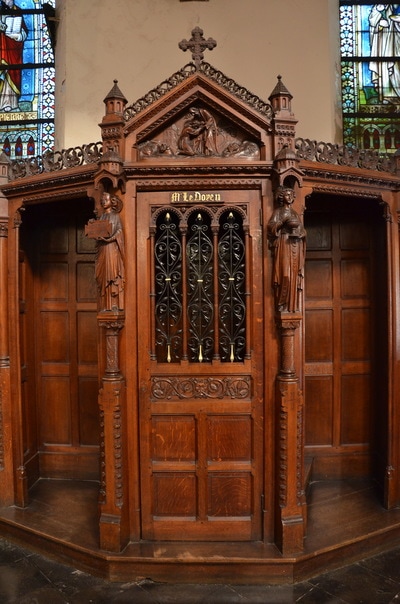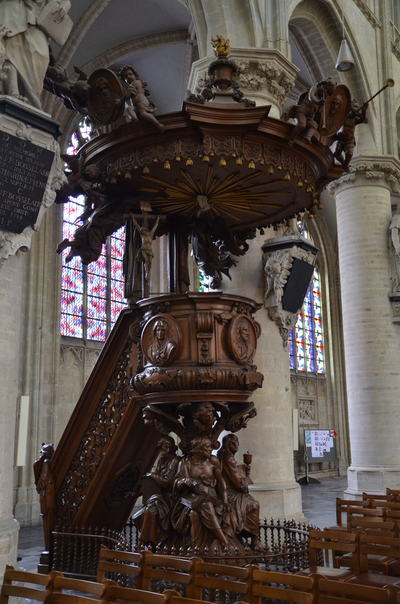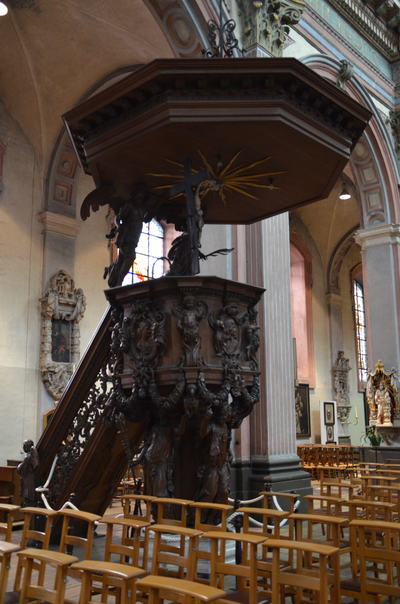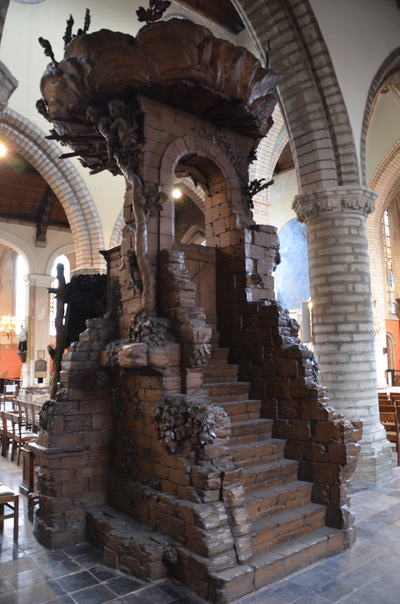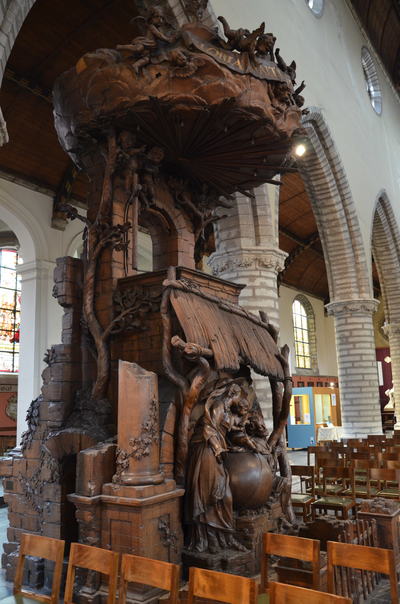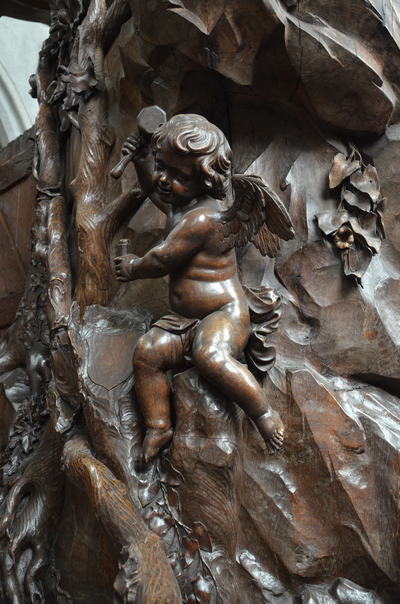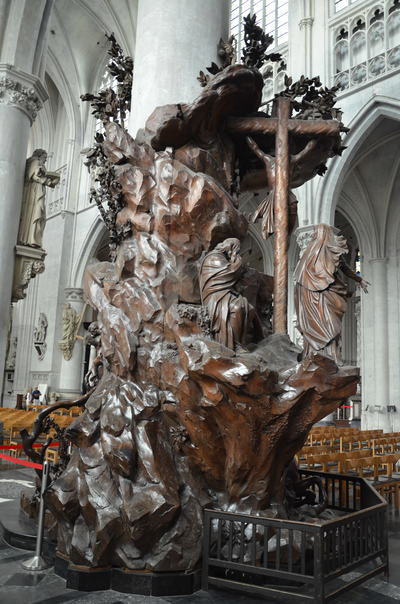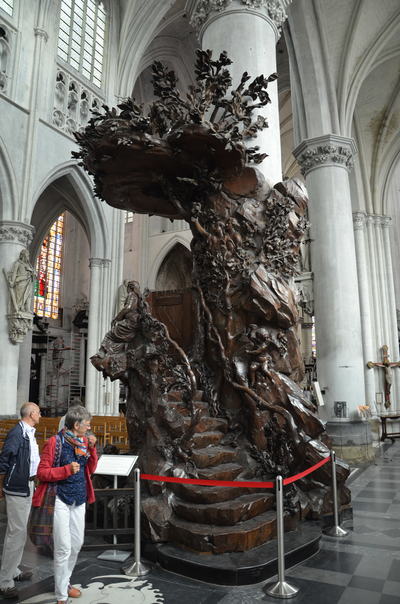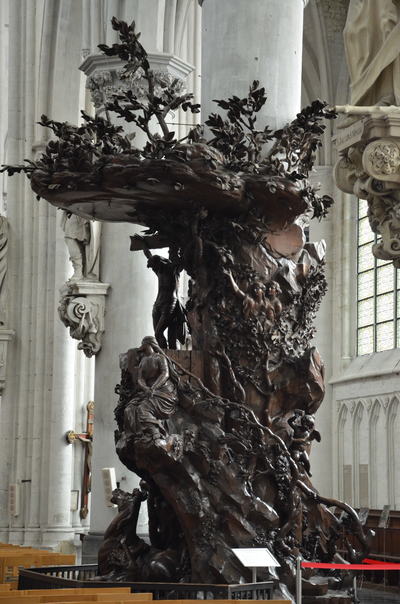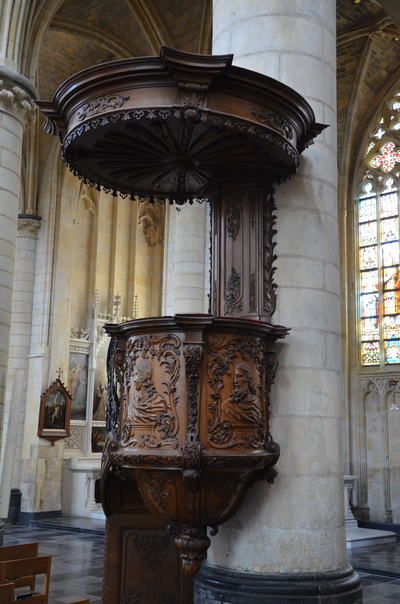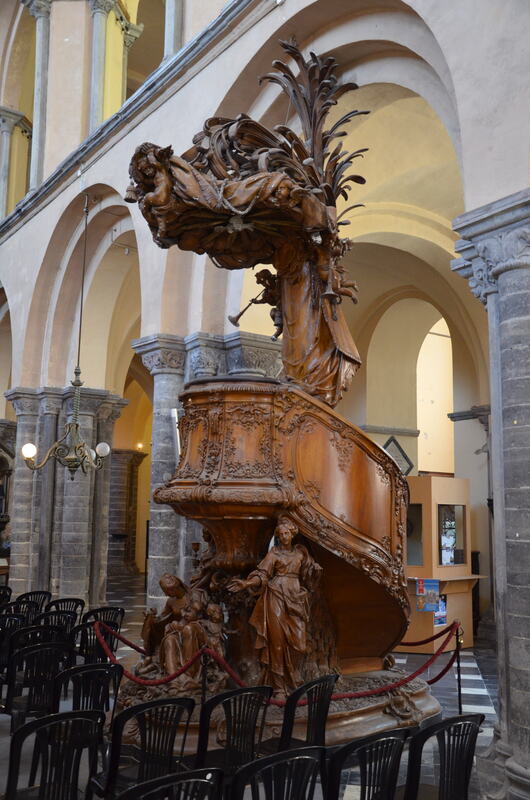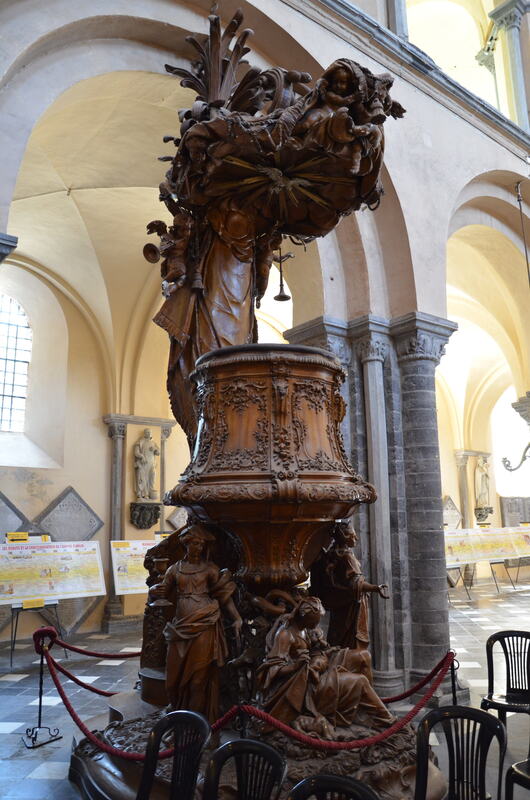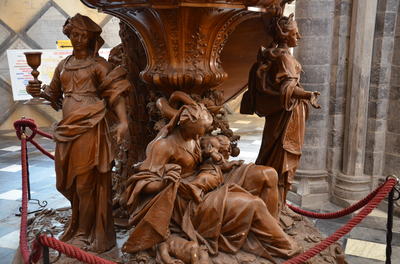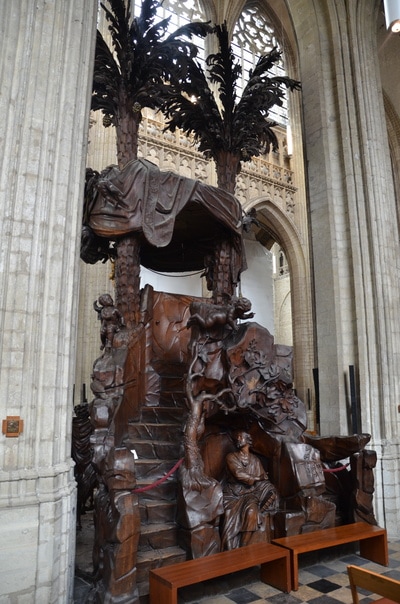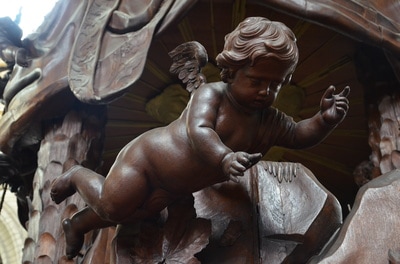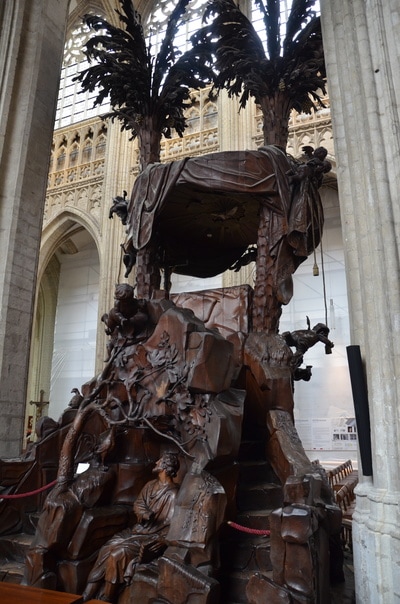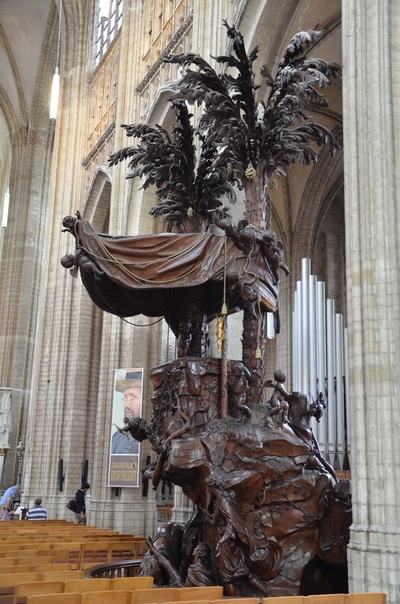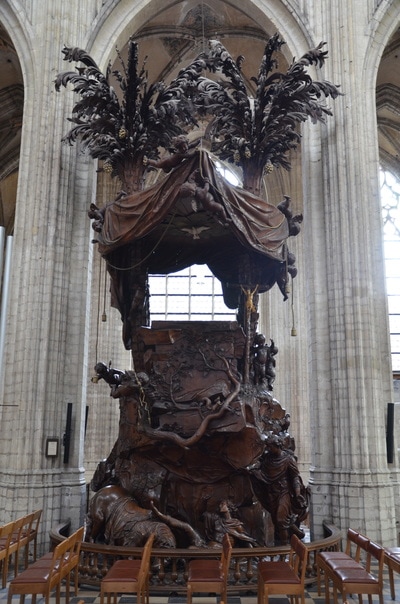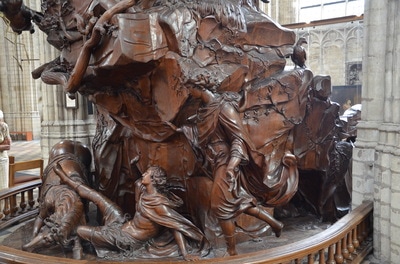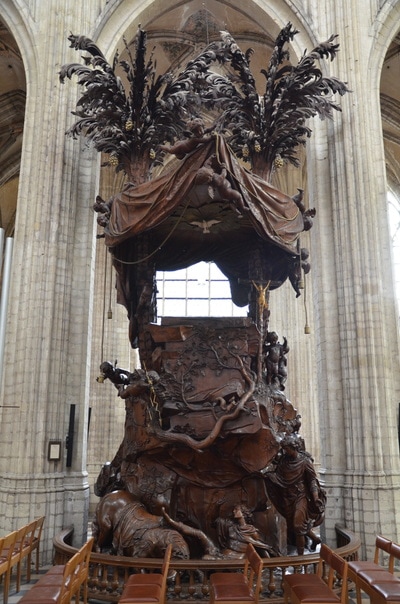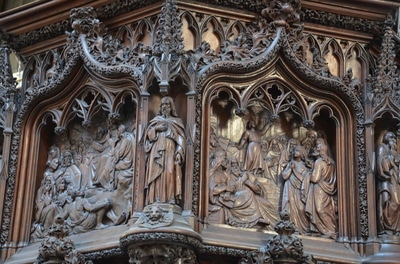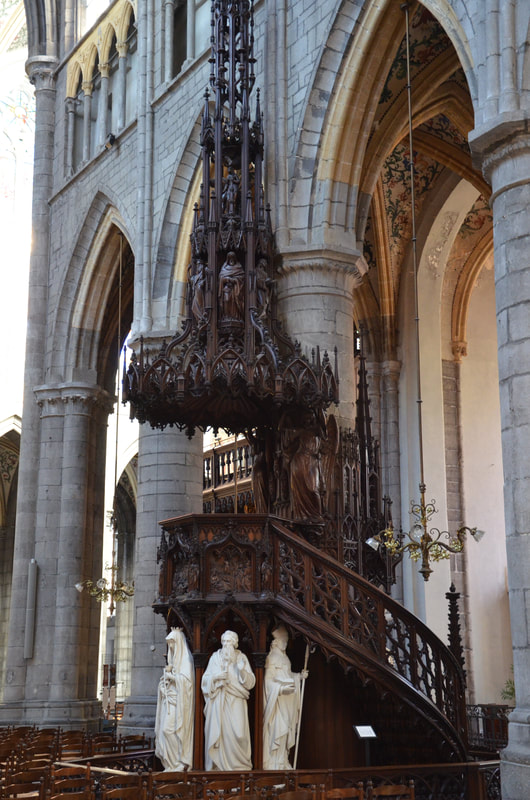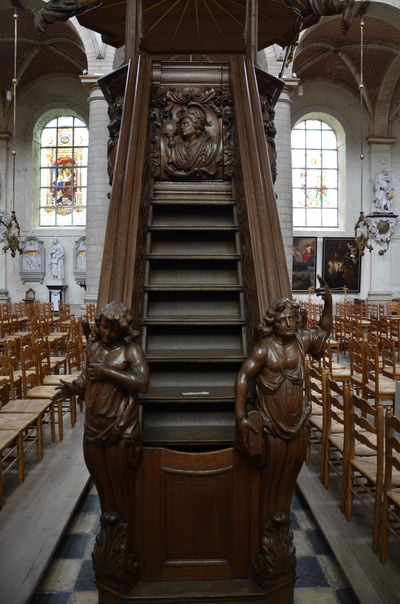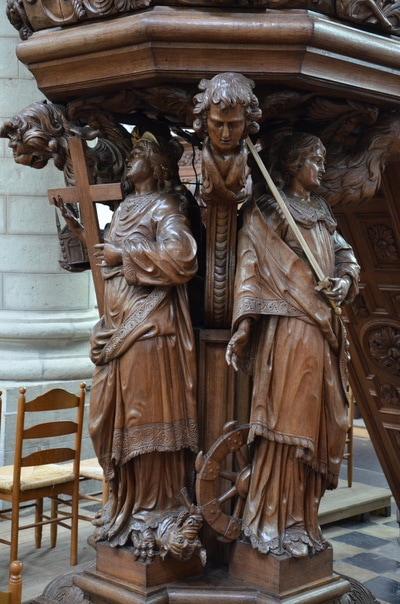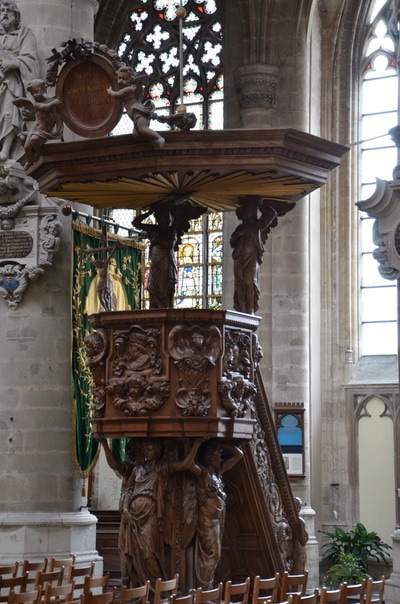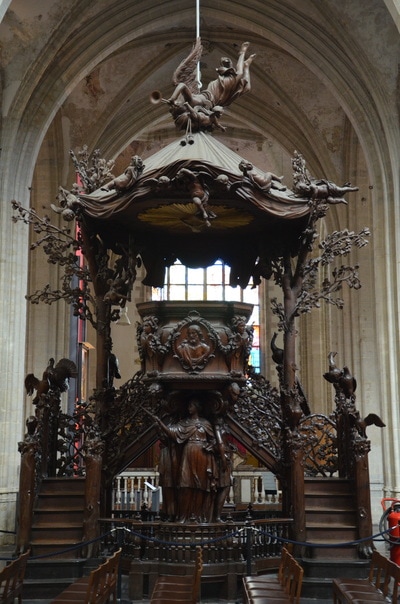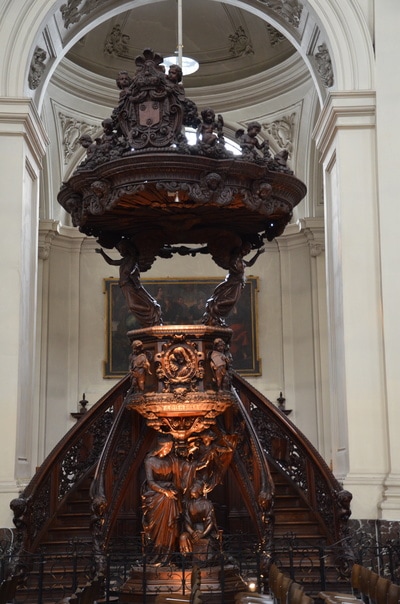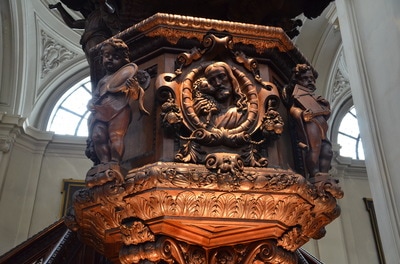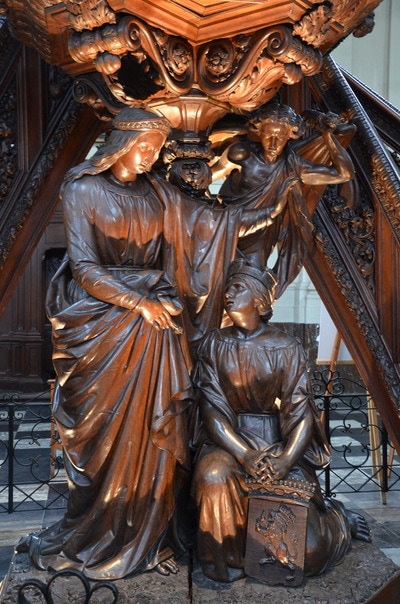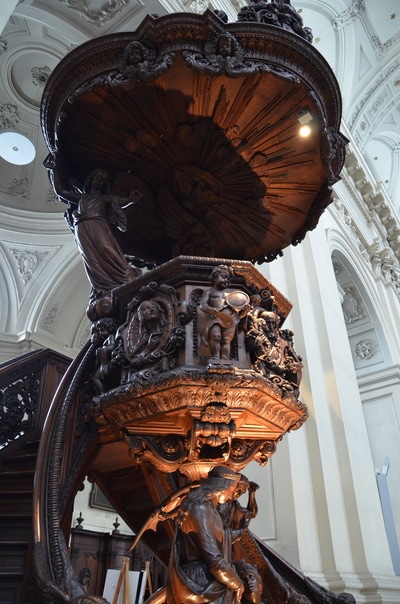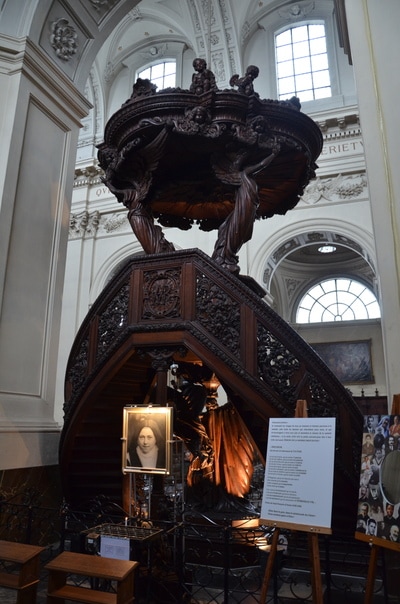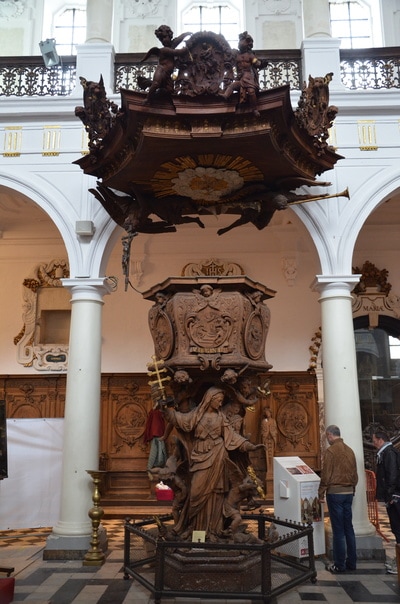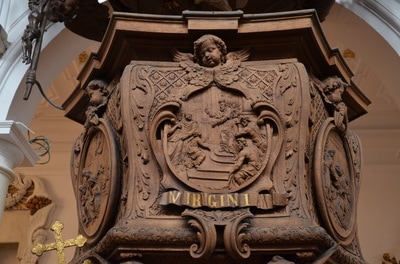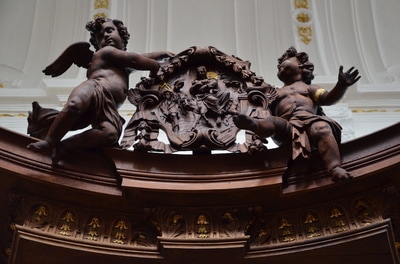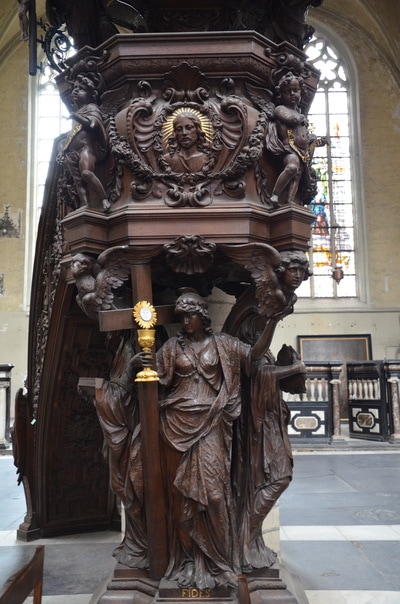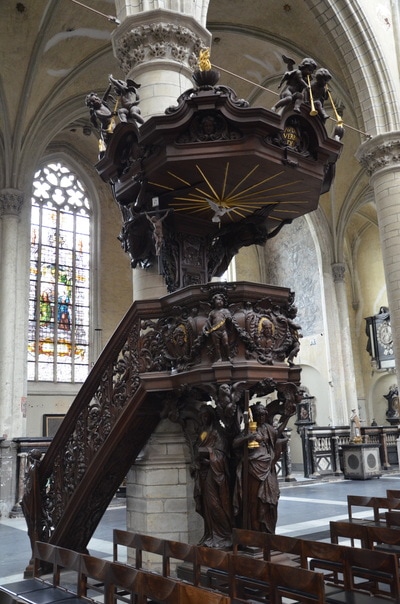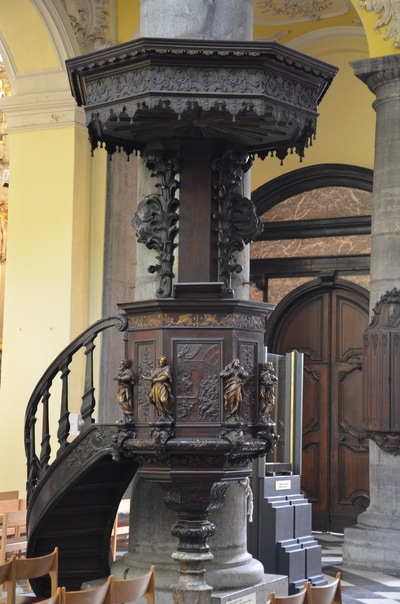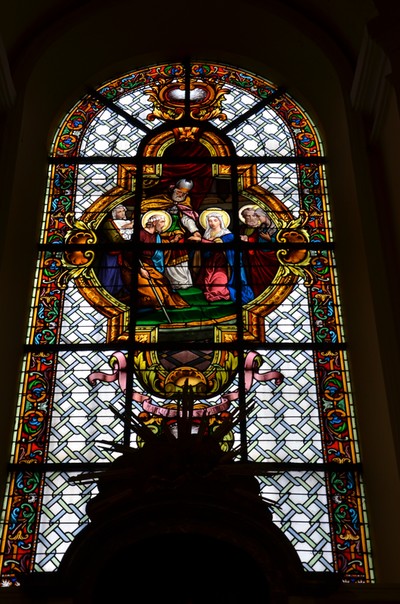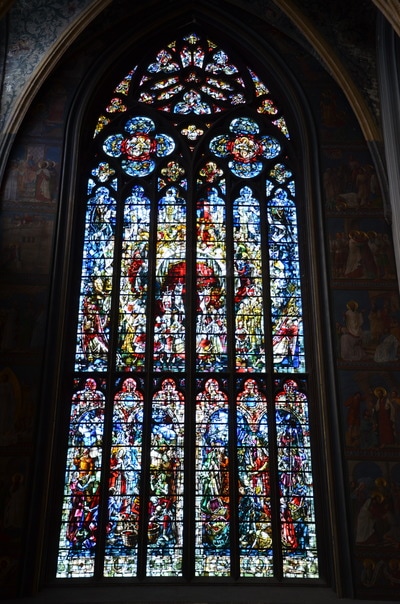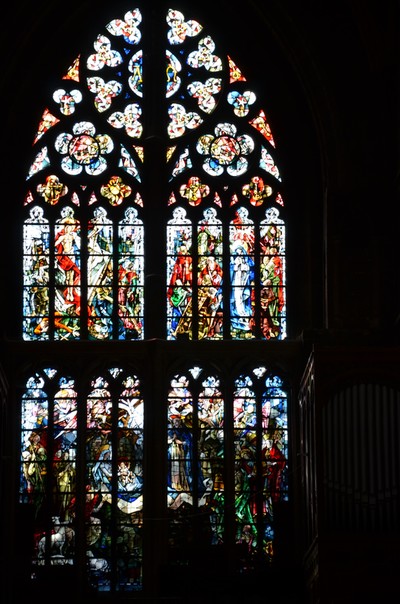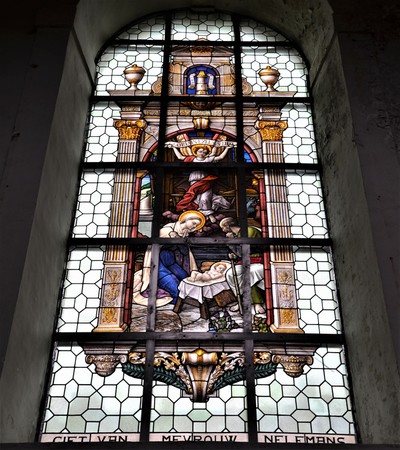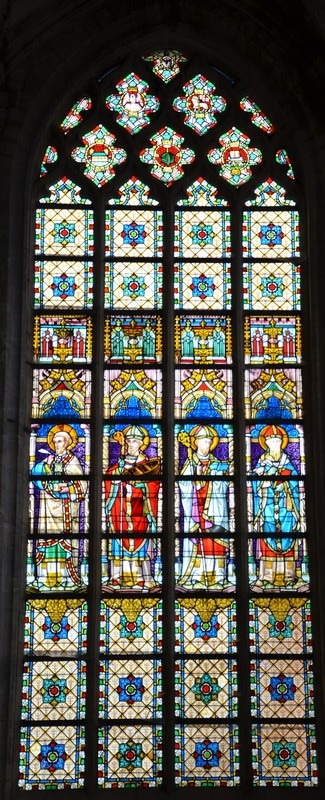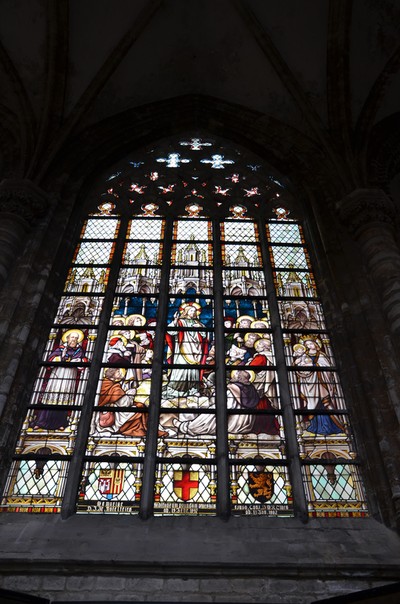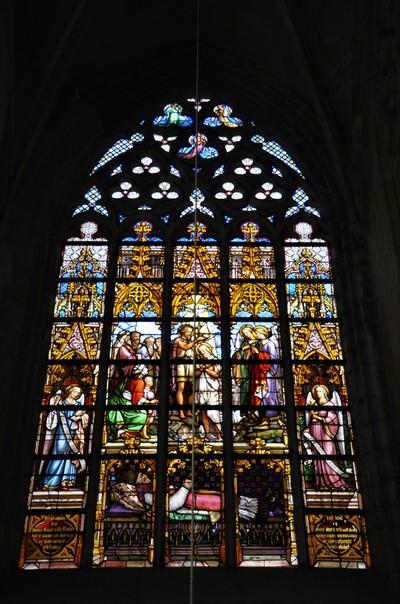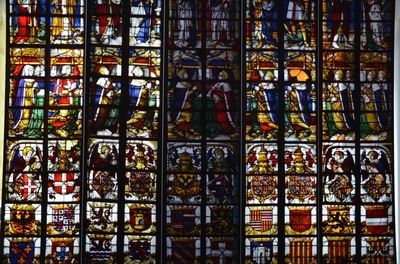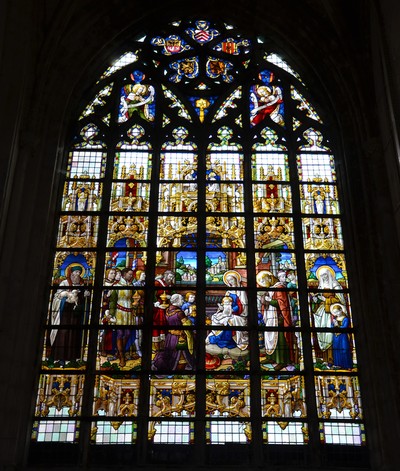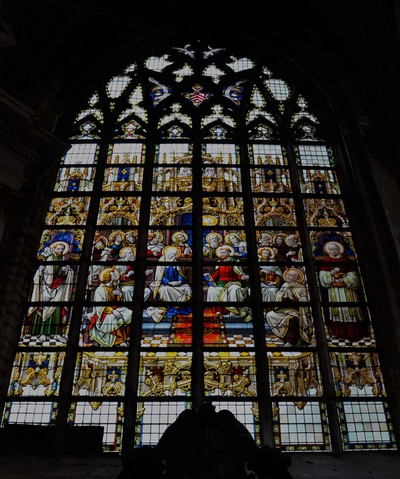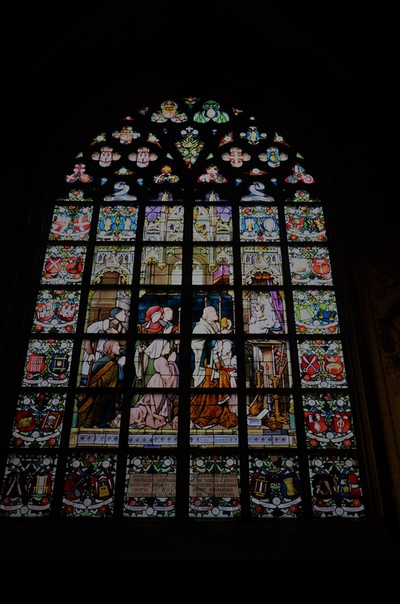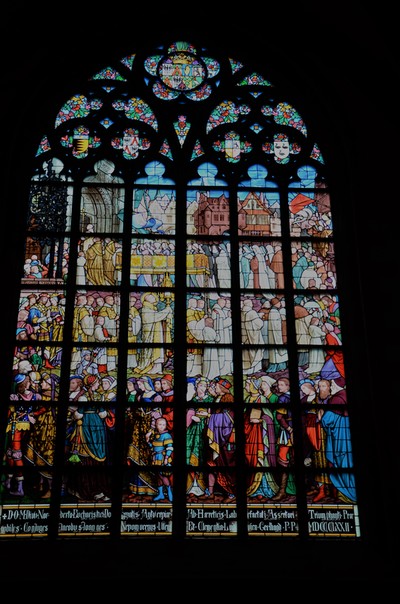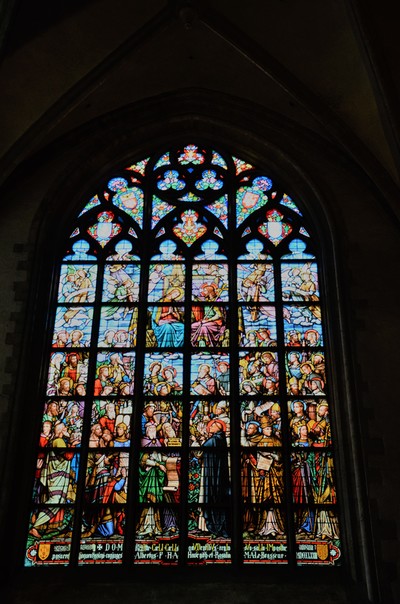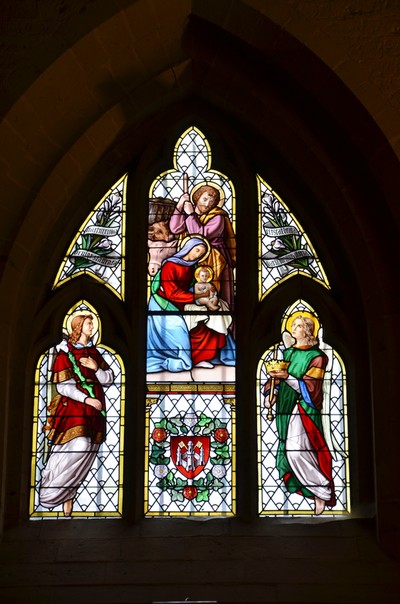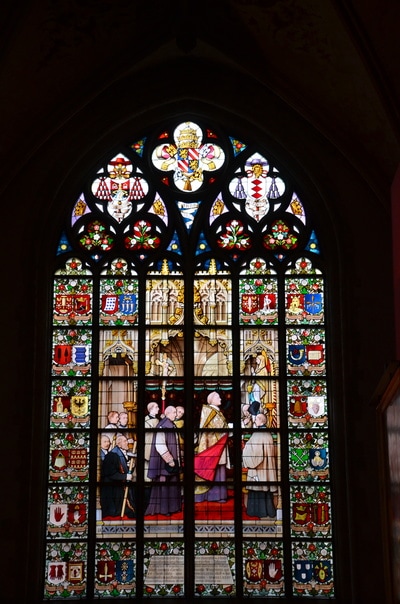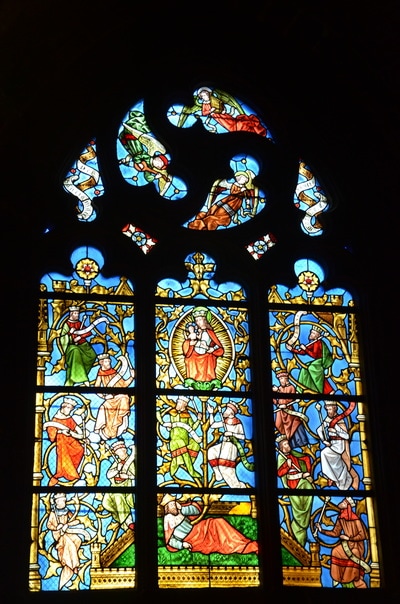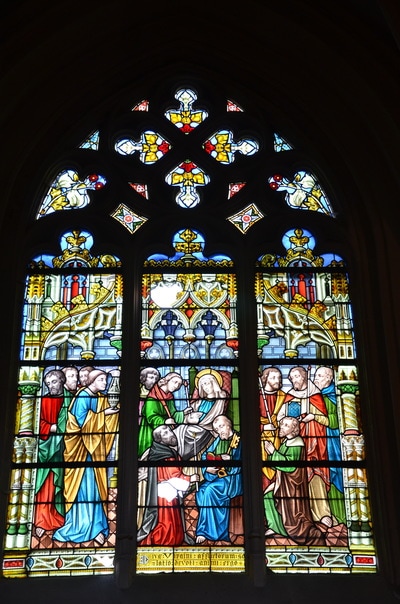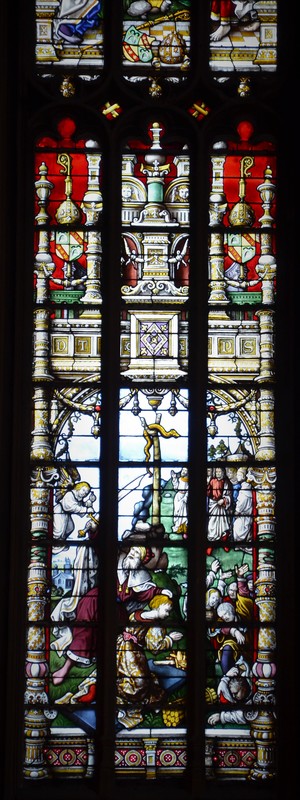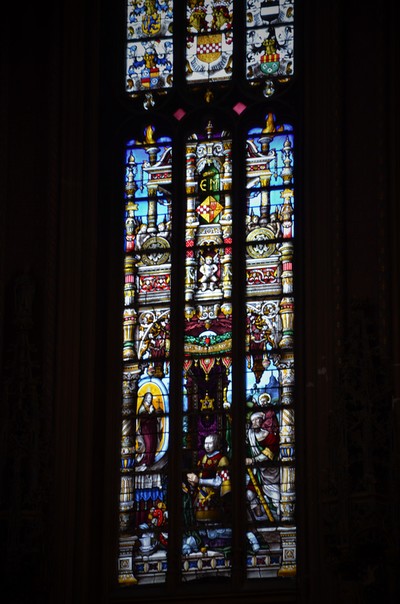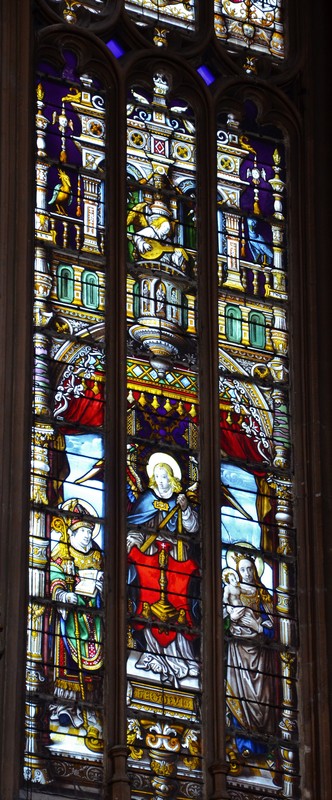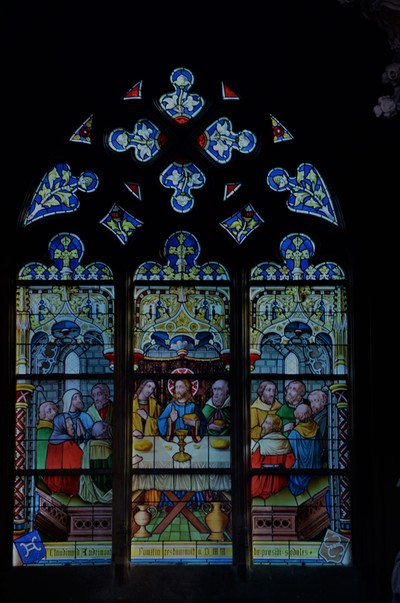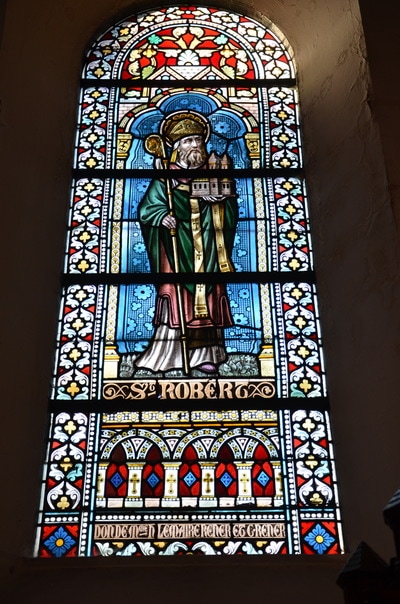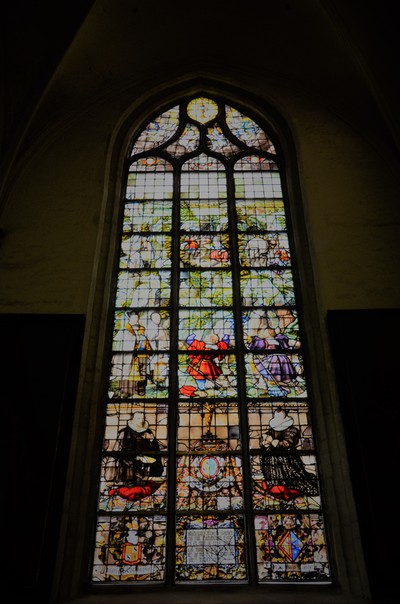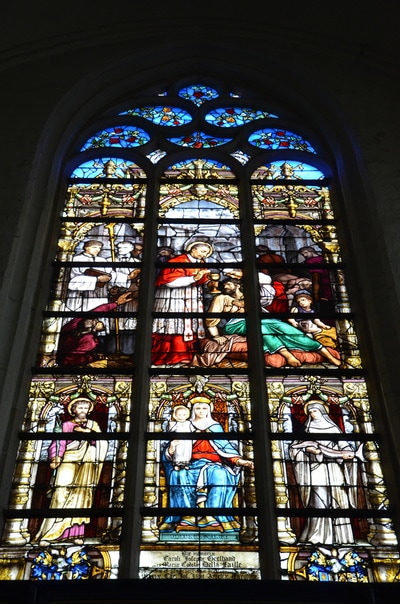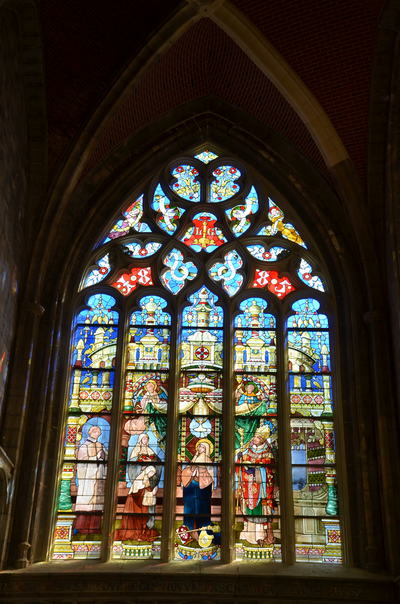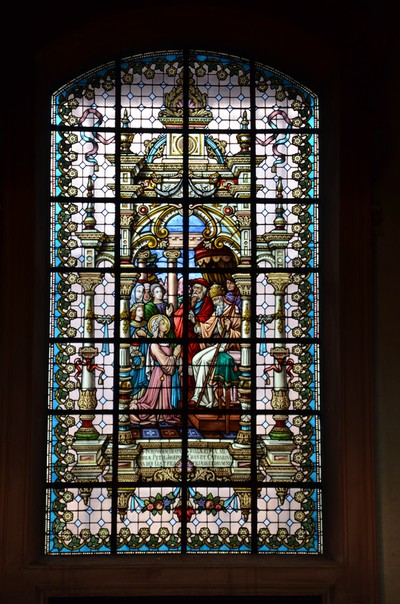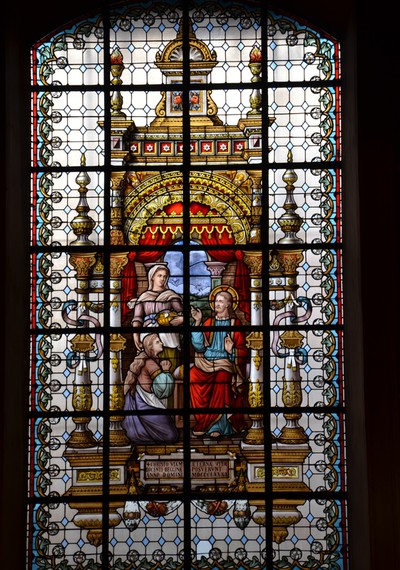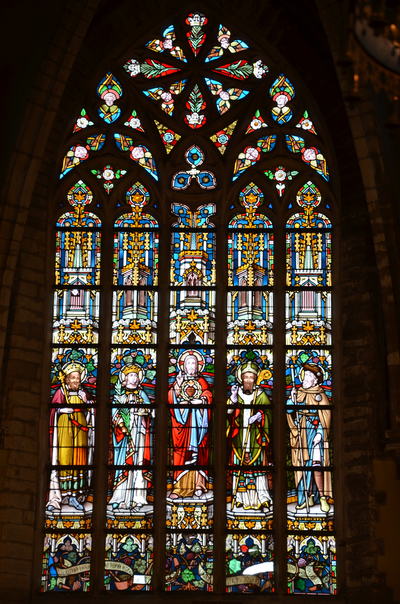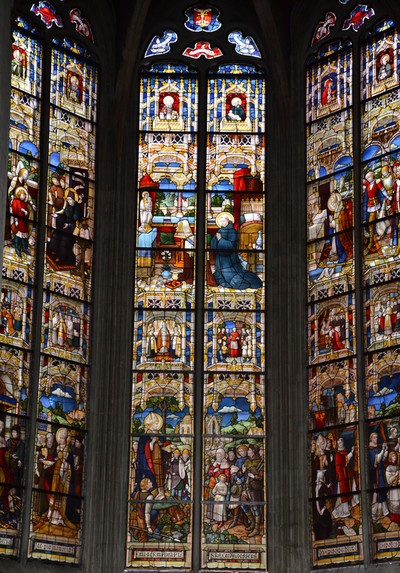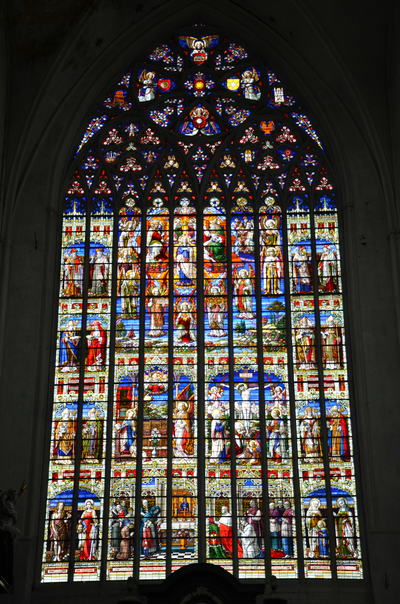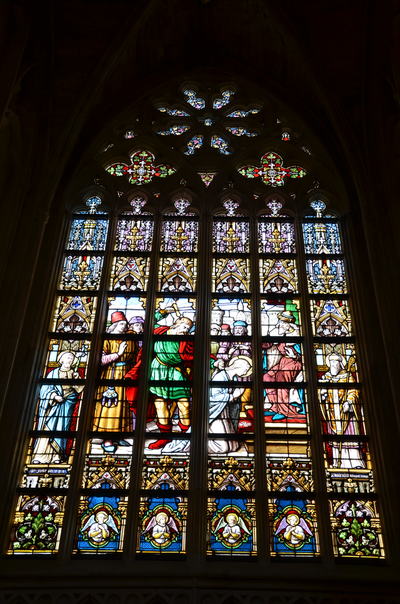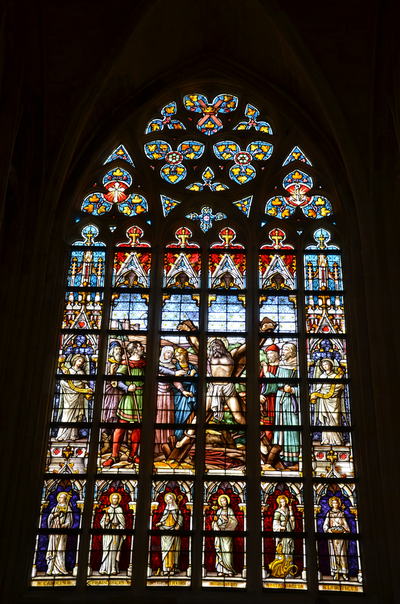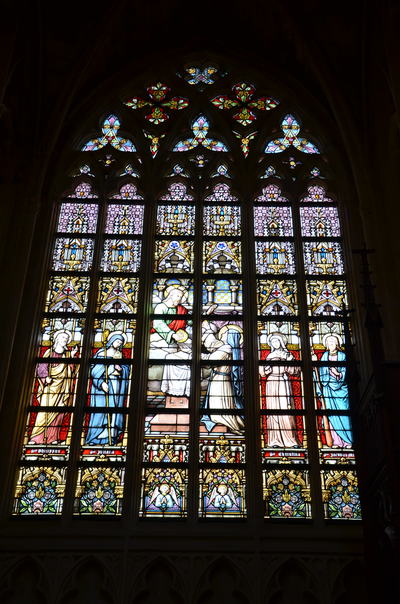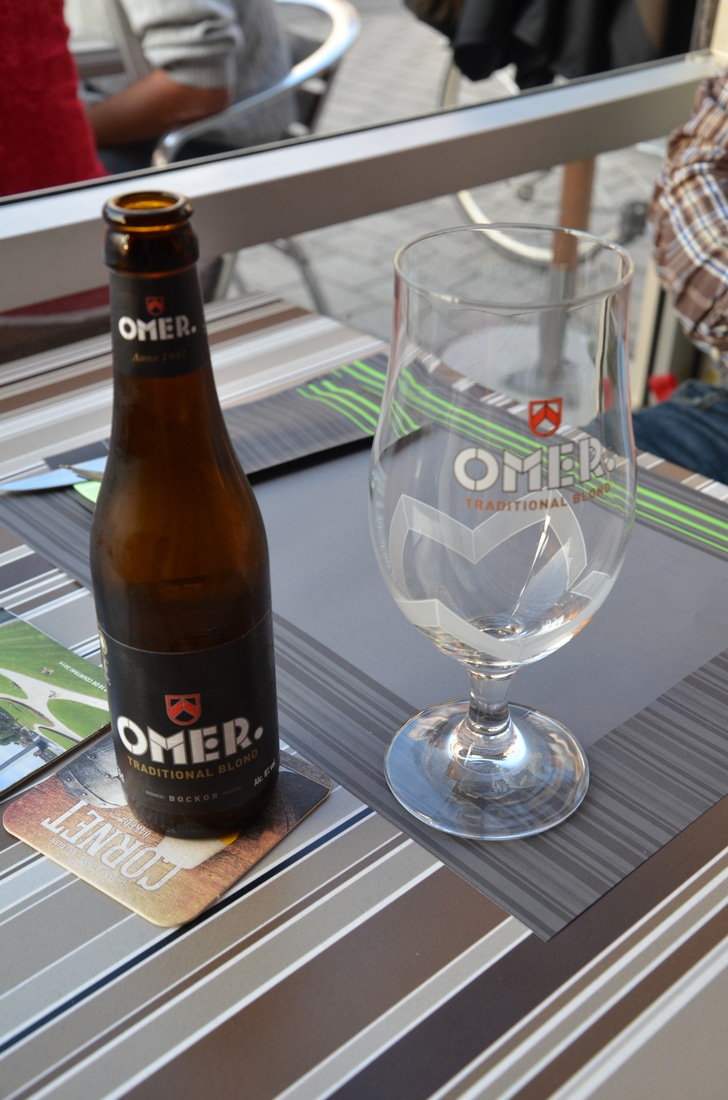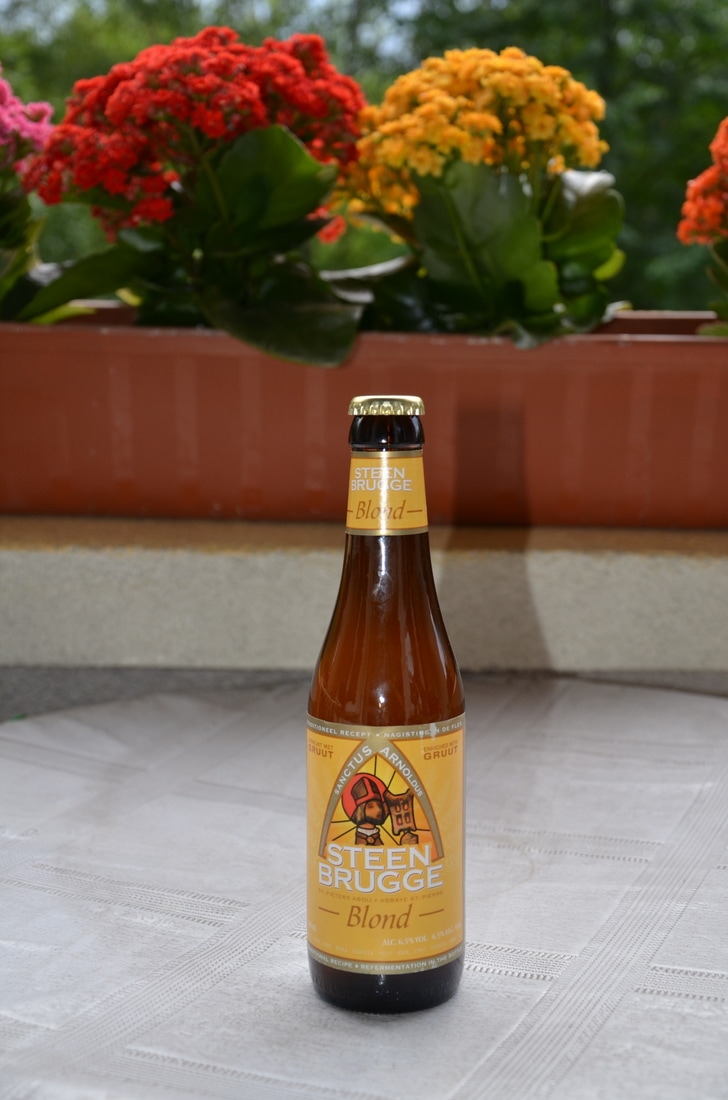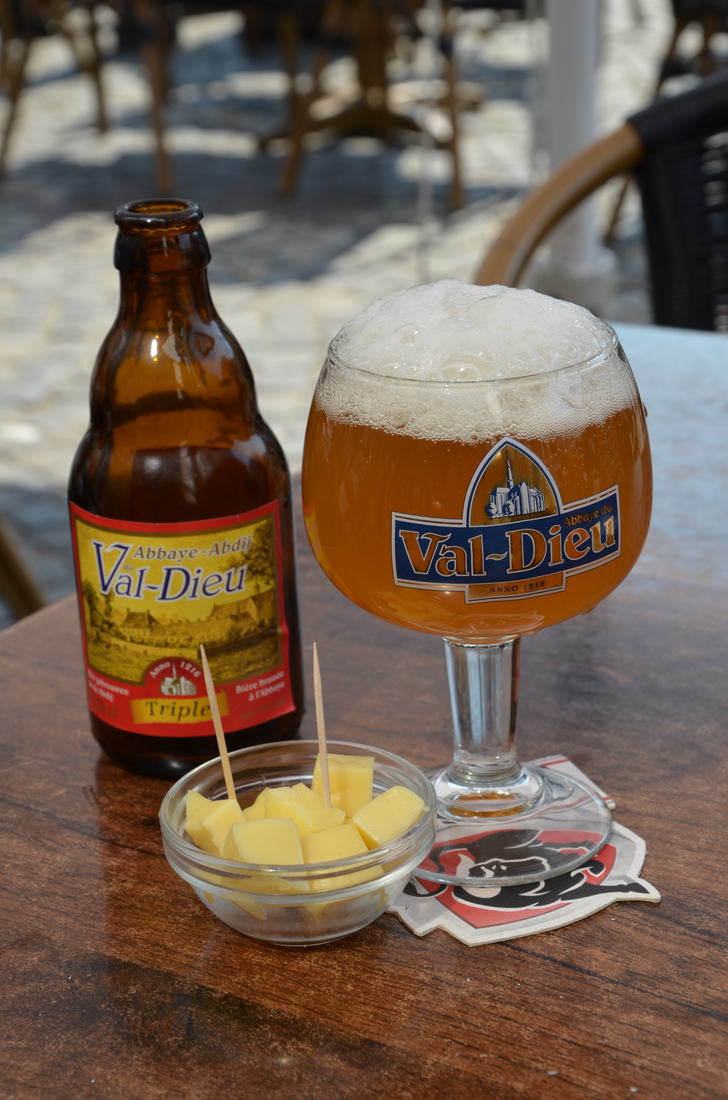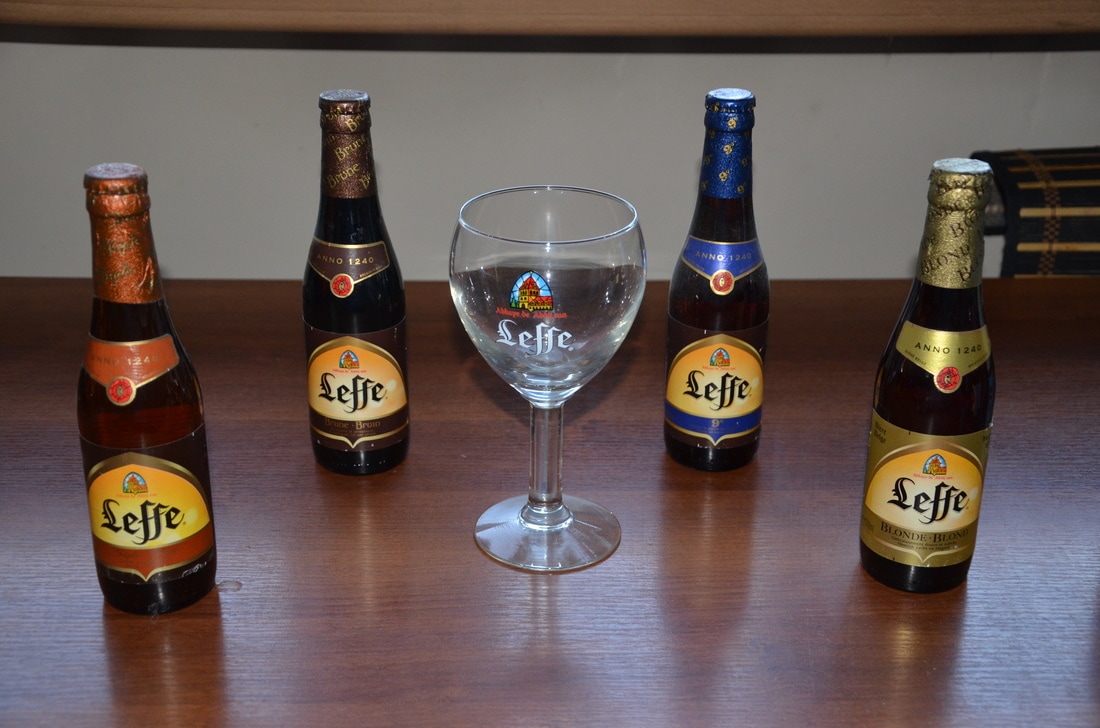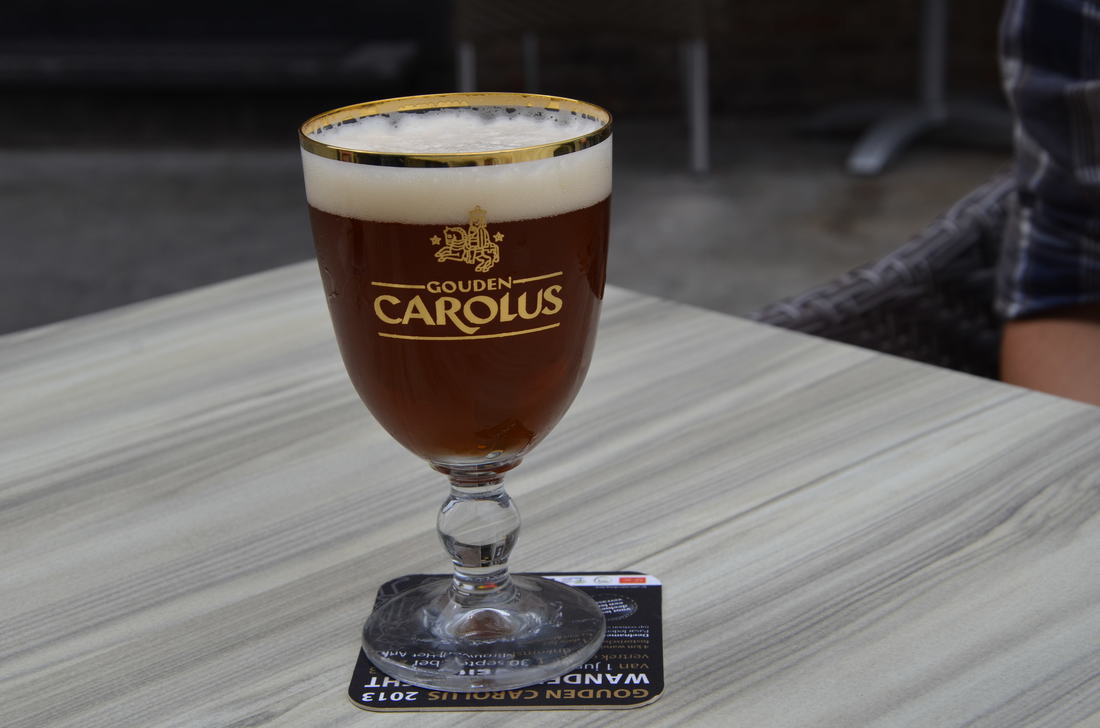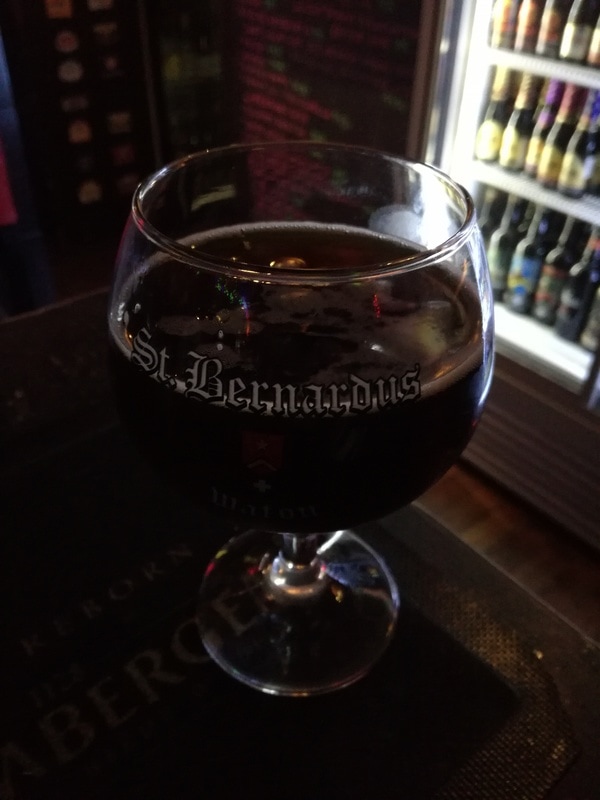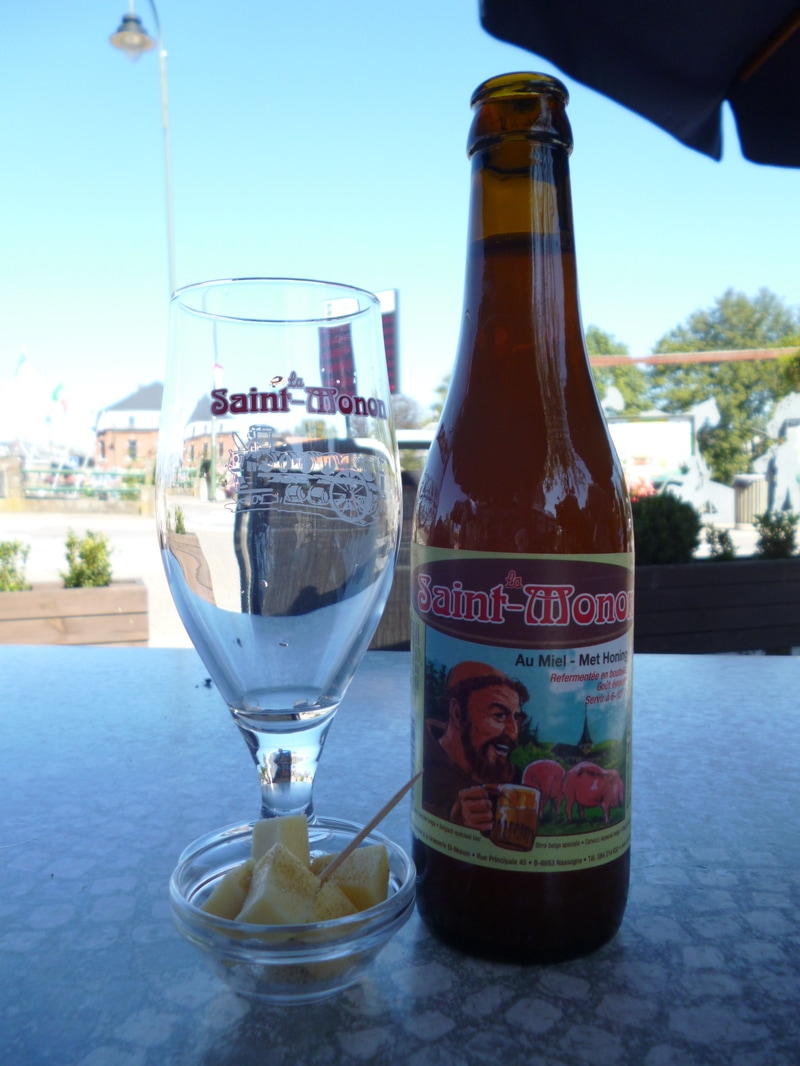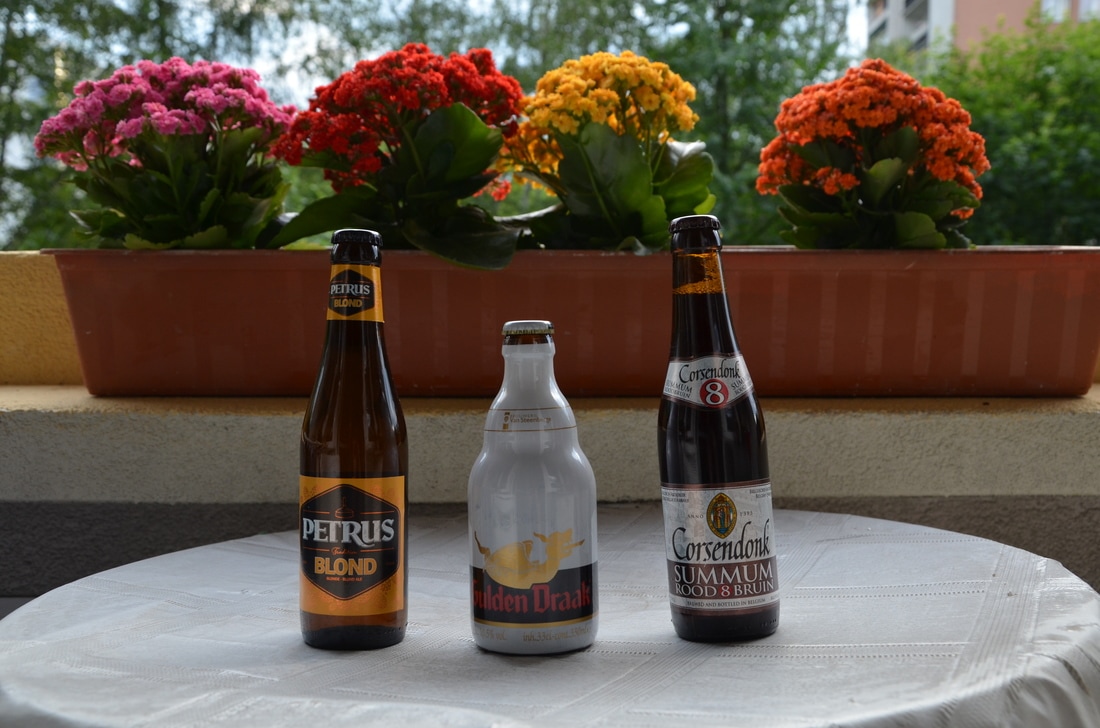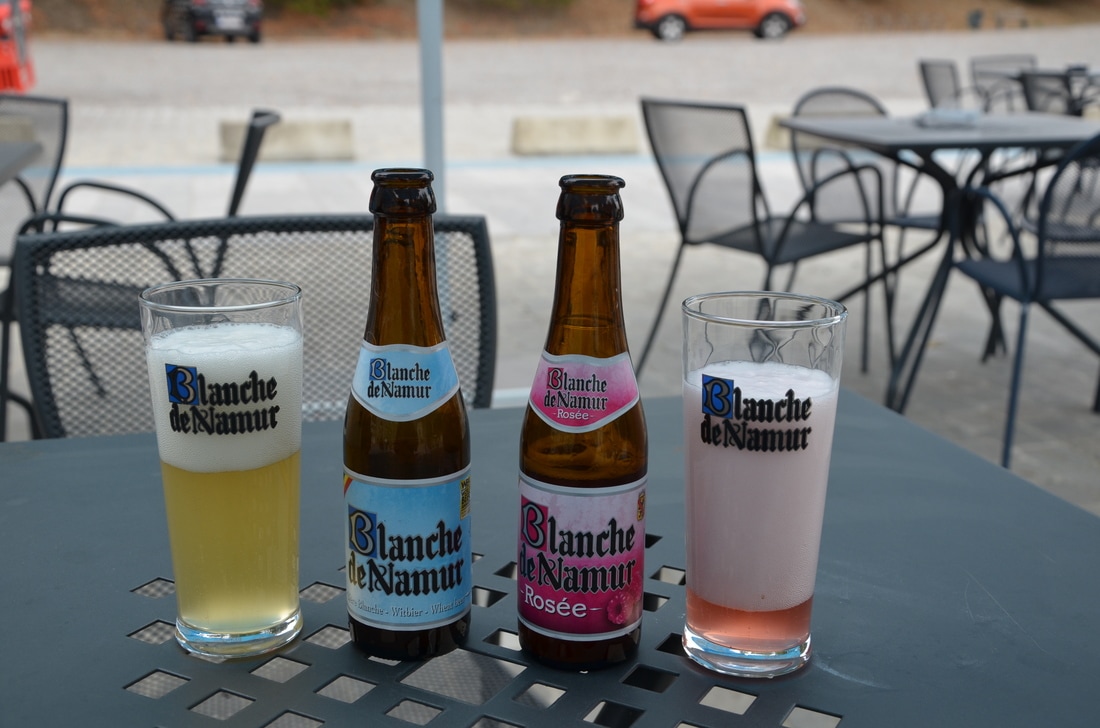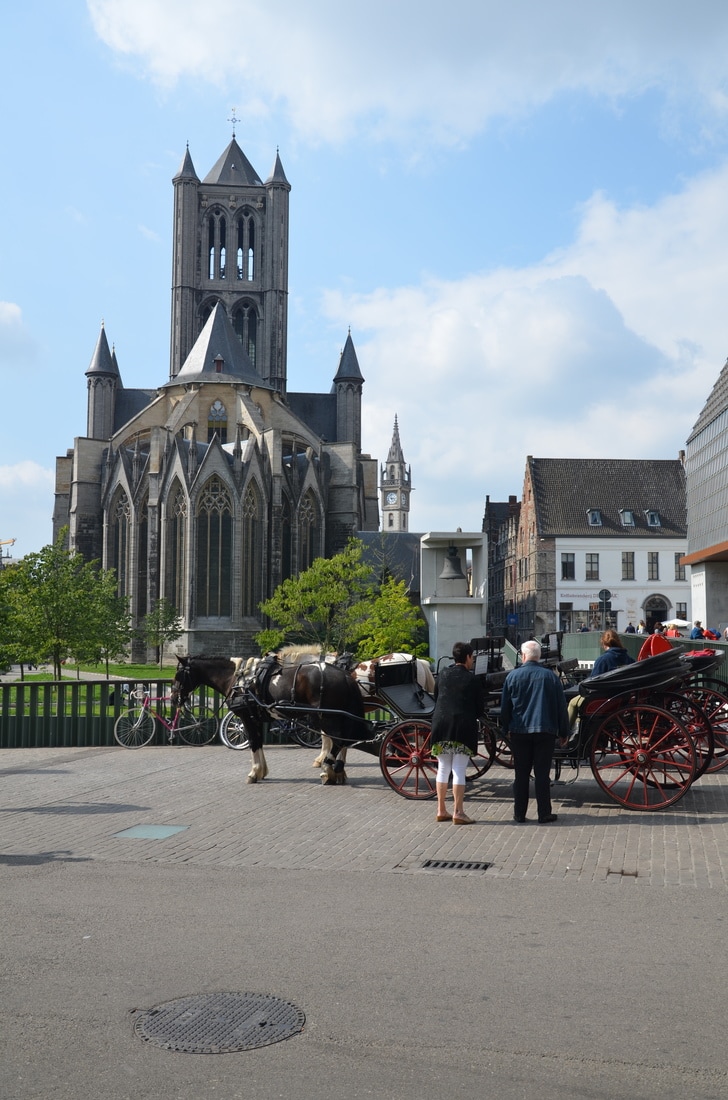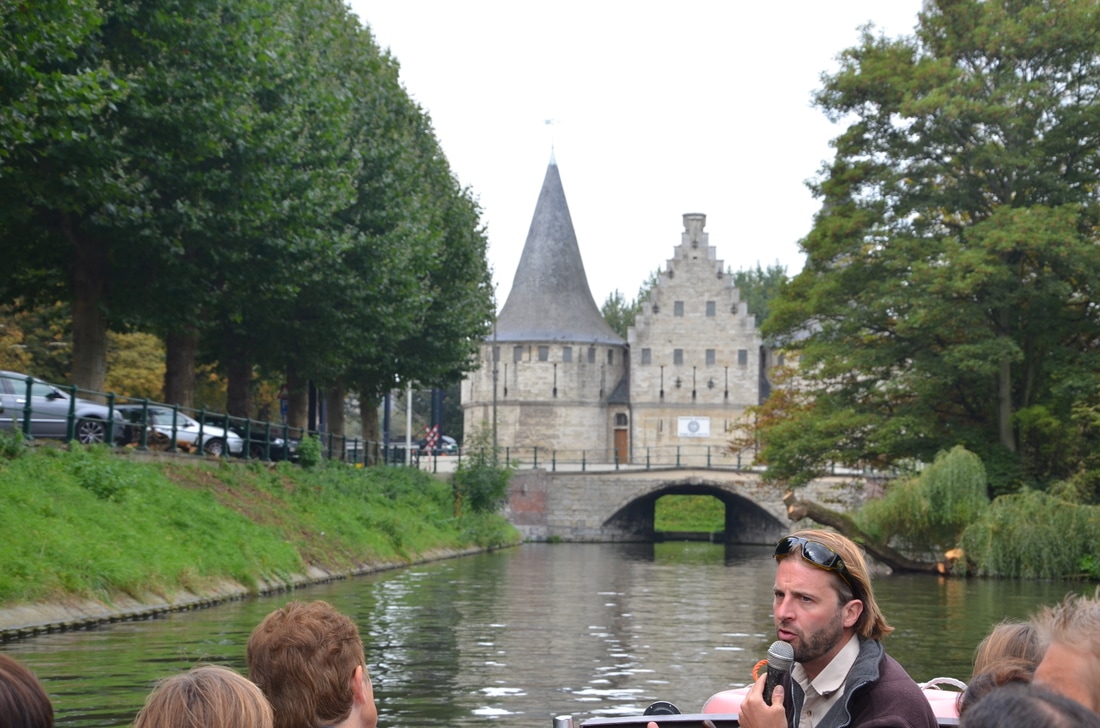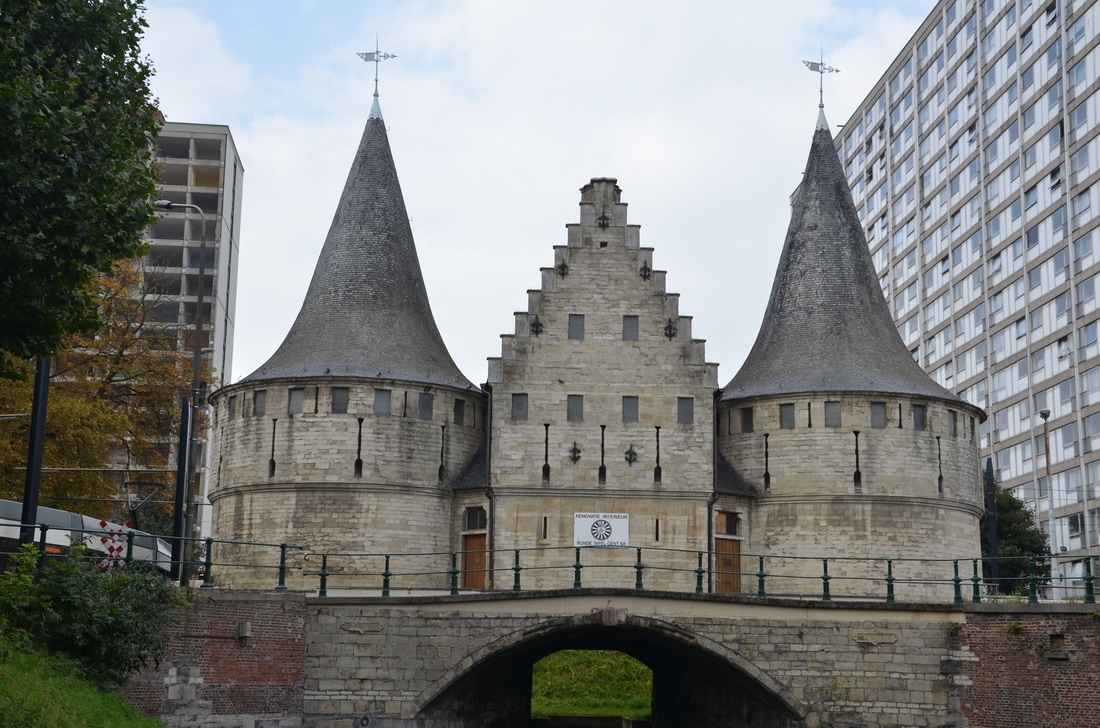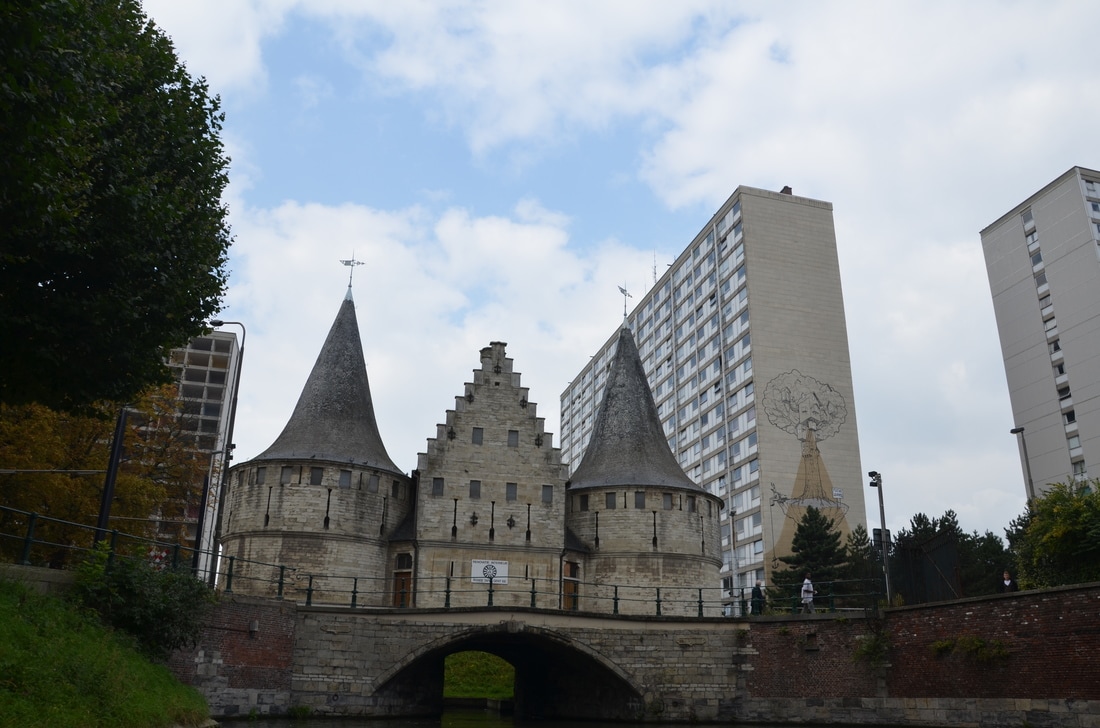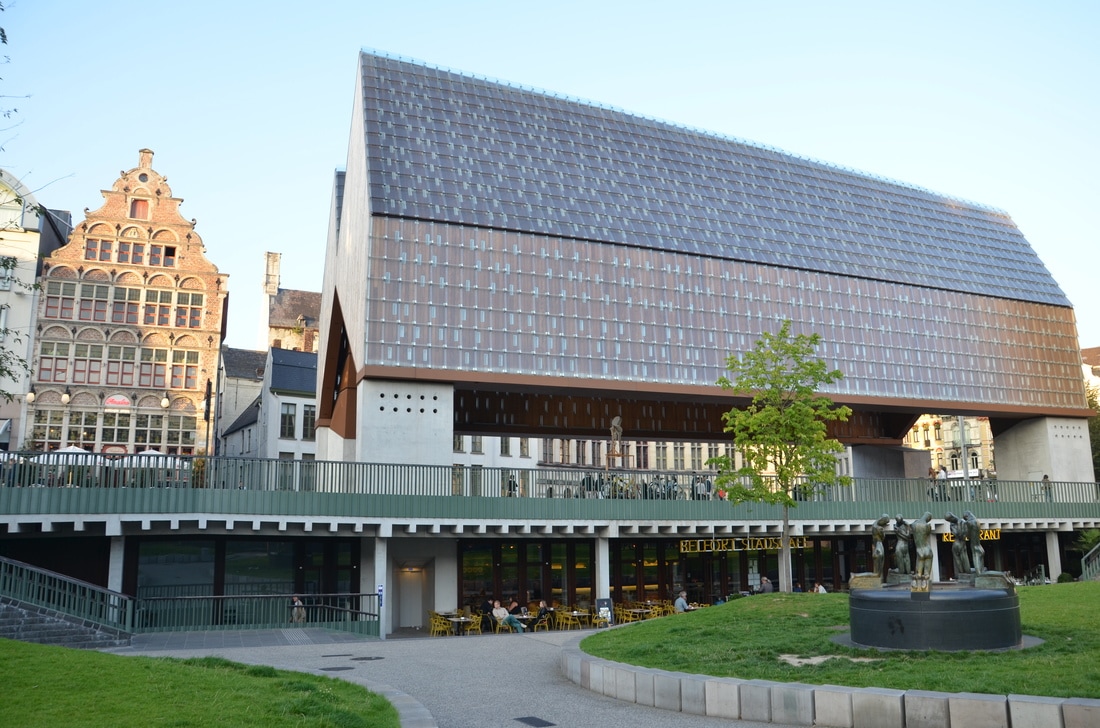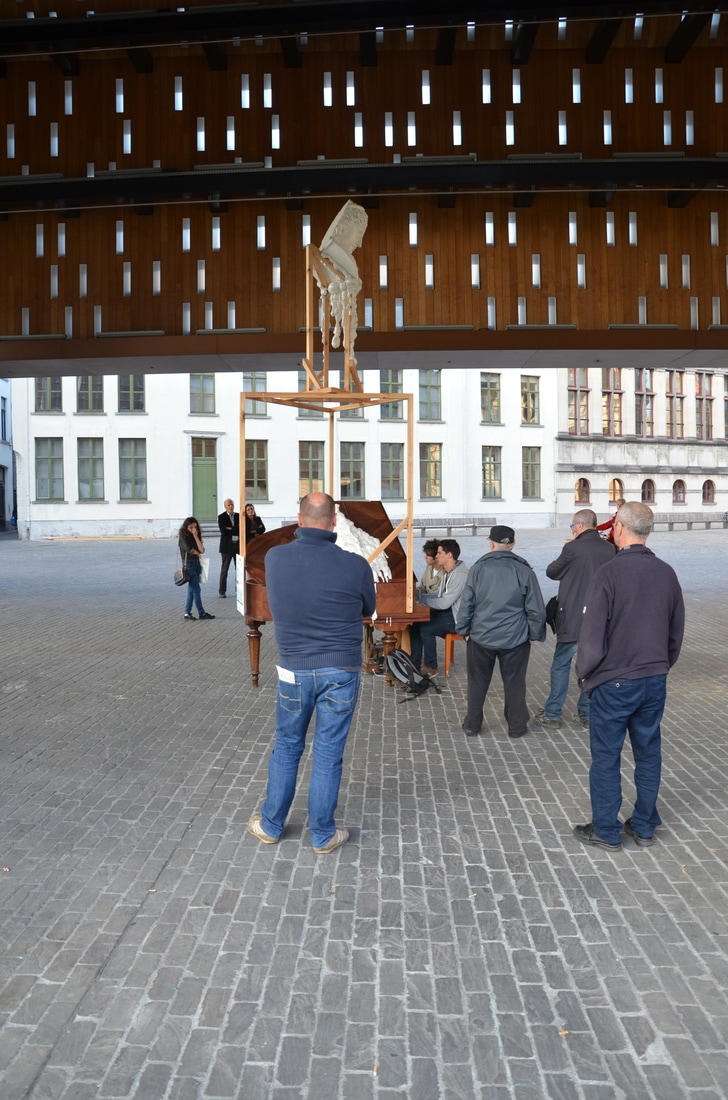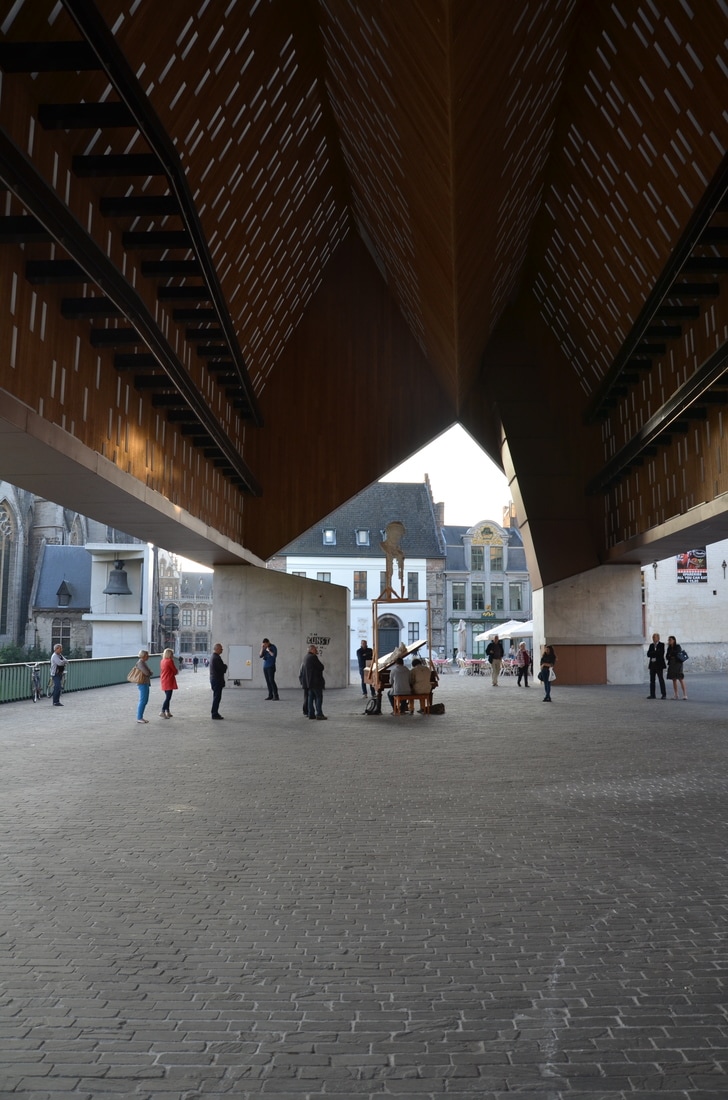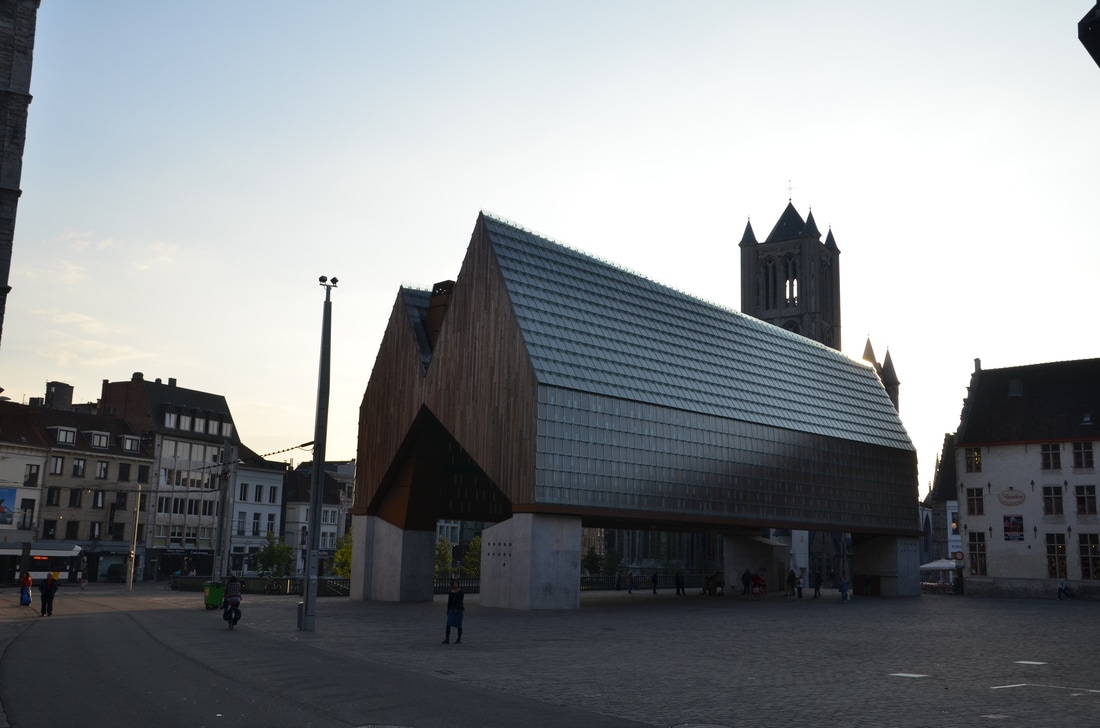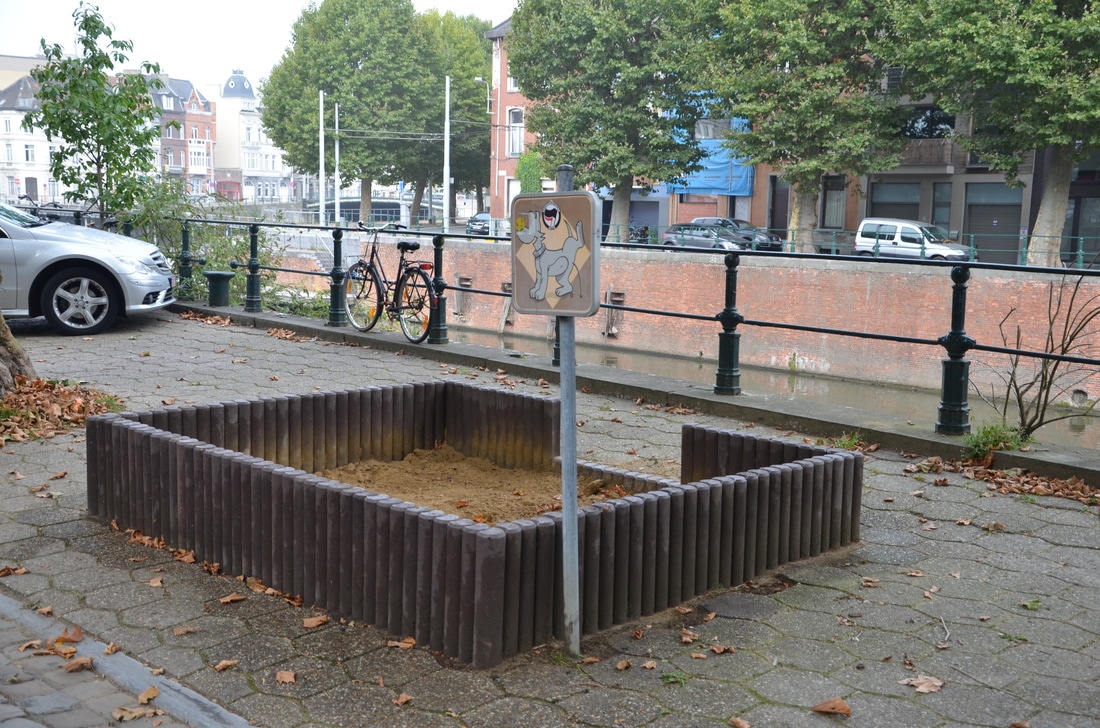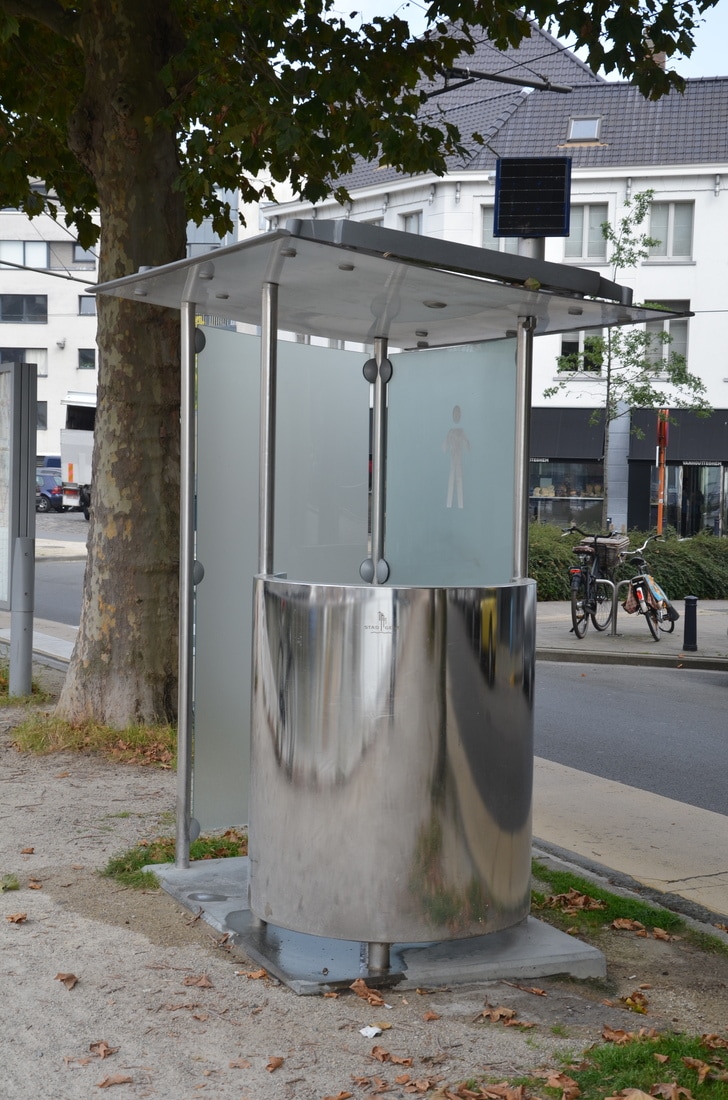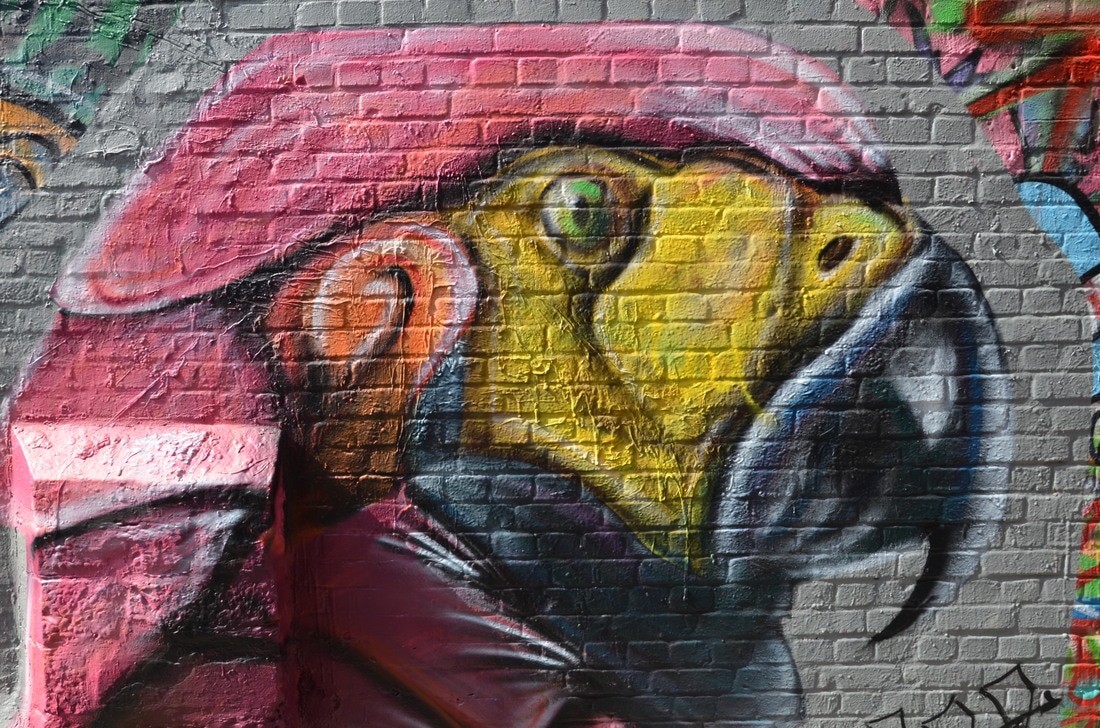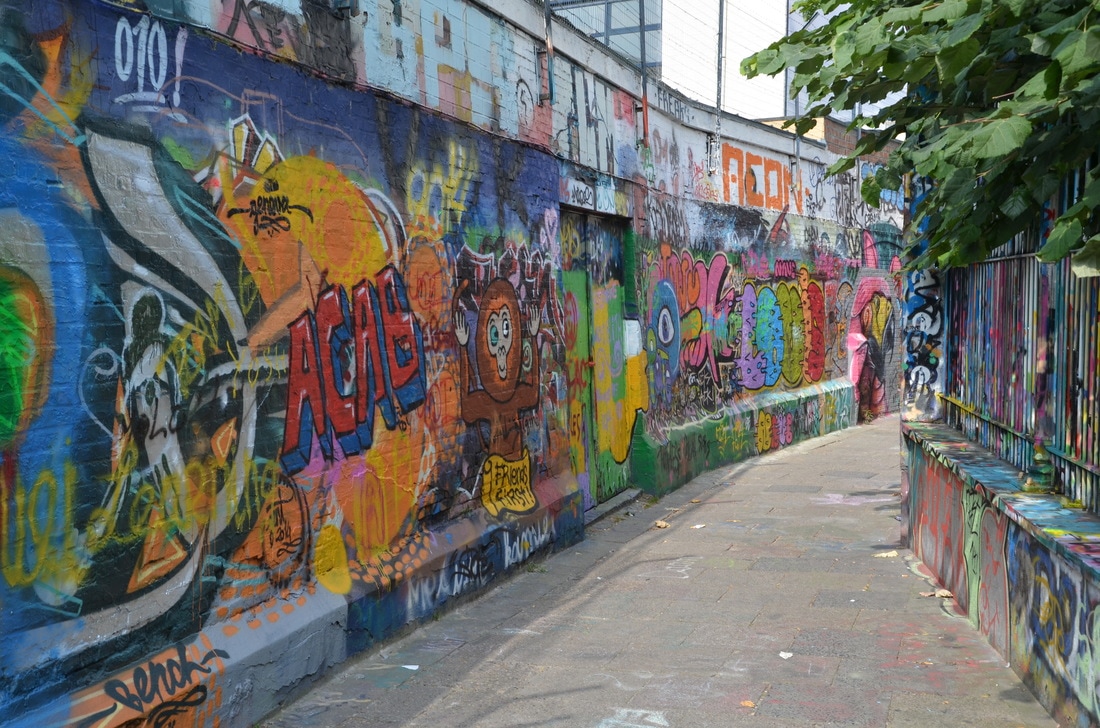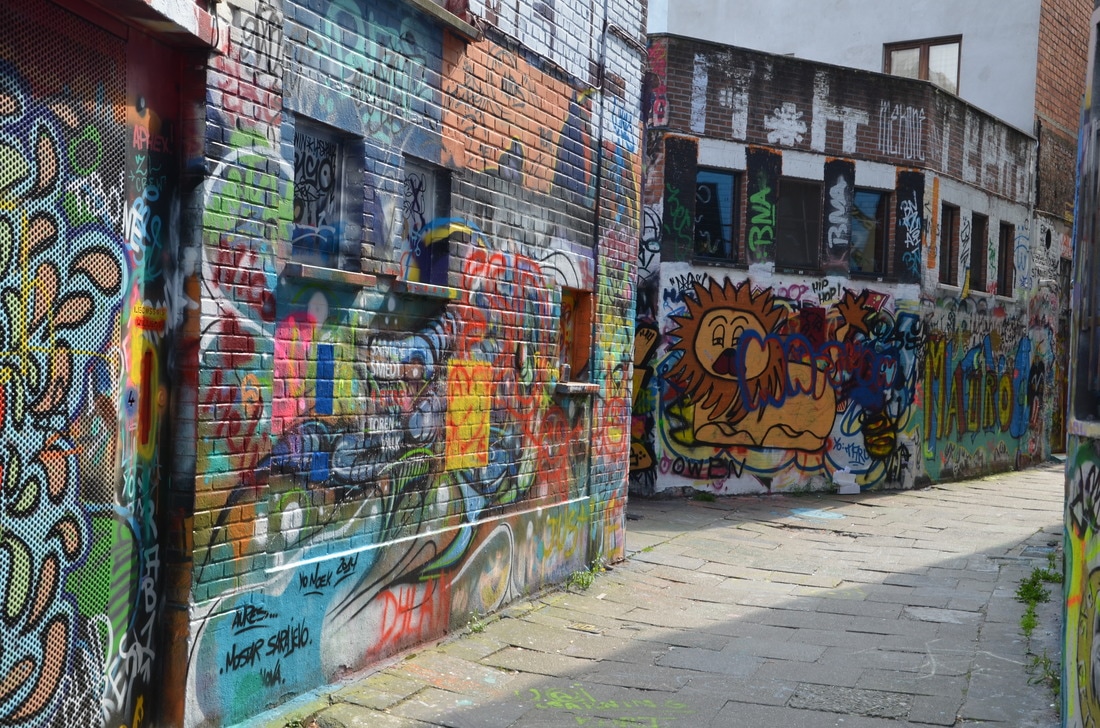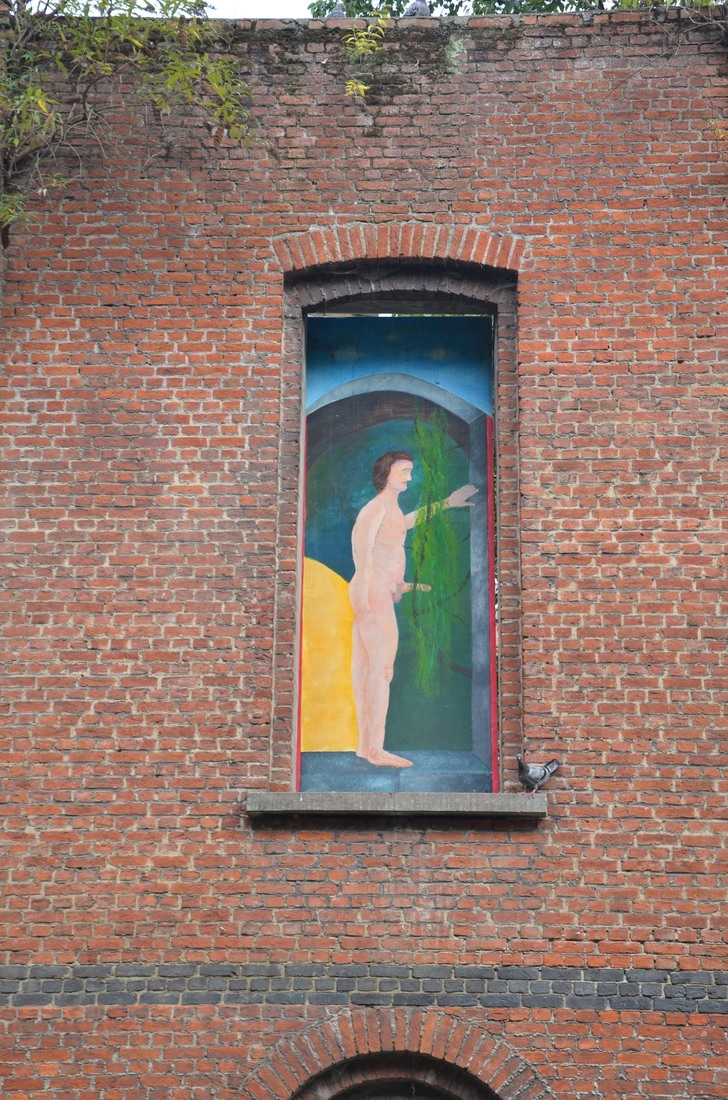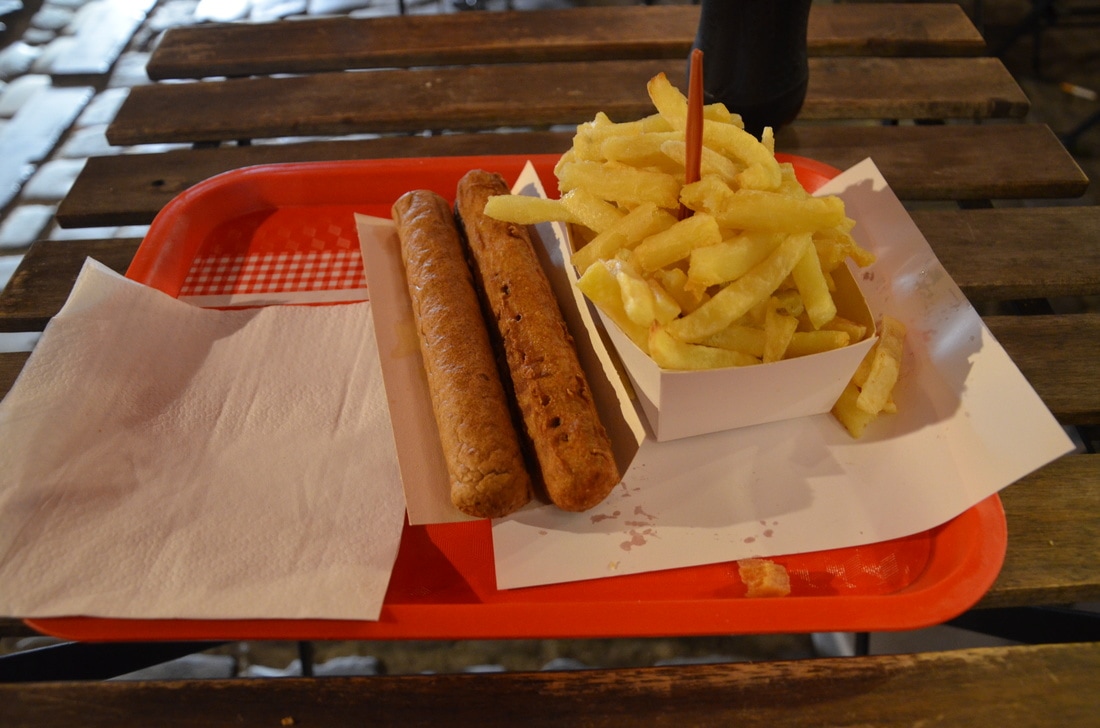|
Pomniki, jedne dziwne, inne śmieszne, wszystkie przyciągające uwagę. Raz krasnal, a raz wielkolud. Pomniki te dowodzą, że nie zawsze musi być wzniośle, poważnie, aby było interesująco.
0 Comments
Urocze malutkie domki, miniaturowe kamieniczki wciśnięte między wielkie blokowiska dodają kolorytu otoczeniu, przyciągają wzrok. Chciałoby się wejść i zobaczyć jak się tam wszystko mieści.
On the roadside of the Belgian highways there are many information banners presenting interesting cities and places worth visiting. This form of advertising, when on the banners are photos of monuments, nature, interesting places, more encourages tourists to visit the attractions, than an ordinary banner with the name of the city. After years of bad treatment to monuments in Belgium, which resulted was their destruction, for example: in Brussels old buildings were demolished to free up space for new buildings for EU offices, the approach changed and monuments were taken care of. Even if the interior of the building is being rebuilt, its façade is to remain intact. Steel constructions protecting the front wall of the renovated old building are quite often found.
Czasami jednak urzędnicy decydują, że wspaniały zabytkowy budynek należy zburzyć, aby ukazać piękno nowoczesnej architektury. Taka sytuacja miała miejsce ostatnimi czasy w Liege. W pobliżu ciekawego, zabytkowego budynku wybudowano piękny nowoczesny wieżowiec ministerstwa finansów, a dwieście metrów dalej wspaniały dworzec, który zaprojektował Santiago Calatrava. Zburzony budynek zasłaniał po prostu wspaniały dworzec, dlatego musiał zniknąć, mimo protestów mieszkańców i spraw sądowych zakładanych, aby zablokować wyburzenie. Czy zniszczenie zabytkowego budynku, aby zrobić bezpośredni widok na piękny dworzec to barbarzyństwo?. Każdy musi sobie sam odpowiedzieć. Na ochronę urzędników chciałbym dodać, że ten budynek miał tylko sto lat, więc pewnie pomyśleli przy podejmowaniu decyzji, czymże jest sto lat w porównaniu do wieczności.
Prace rozpoczęto w 1901 roku. Po trzech latach pagoda była już gotowa. 6 maja 1905 roku odbyła się jej inauguracja. W 1909 roku król porzucił ideę stworzenia tu muzeum, a budynek powierzono Ministerstwu Spraw Zagranicznych. Aż do Pierwszej Wojny Światowej był on otwarty dla zwiedzających. W roku 1922 przydzielono go Ministerstwu Sztuki i Nauki. W 1947 roku budynek zamknięto dla zwiedzających. Dopiero w 1989 roku udostępniono go ponownie szerokiej publiczności. Japanese pagoda gromadziła eksponaty dotyczące japońskiej kultury i sztuki. Wokół budynku zorganizowano ogród w tym samym stylu. Chinese pavilion
Aleksander Marcel zaprojektował również Chinese pavilion. W założeniu króla miała to być luksusowa restauracja dla przedsiębiorców, którzy chcieli nawiązywać kontakty handlowe z Chinami. Prace budowlane rozpoczęto w 1903 roku, jednak po dwóch latach wstrzymano budowę. Dopiero w roku 1909 wznowiono wznoszenie budynku. Prace zakończono w 1913 roku. Swój zewnętrzny wygląd pawilon zawdzięcza panelom importowanym z Szanghaju. W 1921 roku kierownictwo pawilonu powierzono Królewskiemu Muzeum Sztuki i Historii. Zebrało ono na przestrzeni lat wspaniałą kolekcję chińskiej porcelany.
KOMIKS
Belgium is a country with countless comics creators and titles. Store shelves bend under multi-volume publishing. Most popular comics have even a few dozen volumes in hard covers, which fill the home bookshelves of Belgian children. Belgians from an early age read with passion of comics. Some of them are known around the world. Smurfs, Tin Tin, and Lucky Luke are just a few of the hundreds of titles that both children and adults know. The first two have even realized film versions, produced by great artists from the USA. Which comic is your favorite: cute Smurfs, young detective TIN TIN, and maybe the sheriff of the Wild West Lucky Luke? Czasami zwykłe uliczki mogą stać się ciekawą atrakcją turystyczną miasta. Wystarczy odpowiednio zadbać o takie miejsca. Otworzyć maleńką restaurację, niewielki pub, posadzić kwiaty. Skryte za bramą, często przy zatłoczonej ulicy, stają się oazą spokoju, miejscem wypoczynku dla turysty pędzącego od zabytku do zabytku. Niełatwo je znaleźć, czasami trzeba sporo czasu. Jednak naprawdę warto dotrzeć w te urokliwe miejsca. ZNany tylko bogu-known unto god
Ogromne wrażenie robi Menin Gate Memorial w Ieper. Pomnik ku czci kilkudziesięciu tysięcy żołnierzy brytyjskich oraz wspólnoty brytyjskiej (z wyjątkiem żołnierzy z Nowej Zelandii, którzy mają własny pomnik). Wewnątrz, na ścianach, wygrawerowano nazwiska 54.389 oficerów i żołnierzy poległych w Ypres przed 16 sierpnia 1917, których grobów nigdy nie odnaleziono. Also a magnificent monument, in the form of a five-pointed star, built near Bastogne, on the Mardasson hill, to commemorate the tens of thousands of American soldiers who died during the bloody battles in the Ardennes during World War II, is a great example of memory and homage to the fallen heroes.
Oczywiście unikalne zabytkowe budowle obronią się same (turyści i tak je odwiedzą), ale czy ozdobione kwiatami nie będą jeszcze piękniejsze?.
Foreigners traveling, without navigation, a Belgian motorway may sometimes feel slightly confused. This is due to the bilingualism of Belgium, which also enters the motorway. It would seem that in this case the information boards will represent the names of the locality in two languages. This is not a norm, however, so if you are traveling to Bergen and you reach Mons, then you are in the spot. Do not think about it too long, in Belgium sometimes it is, start to explore !.
Nazwa flamandzka Nazwa francuska Koksijde ---- Coxyde Veurne ---- Furne Ieper ---- Ypres Kortrijk ---- Courtrai Nijvel ---- Nivelles Namen ---- Namur Aat ---- Ath Antwerpen ---- Anvers Tienen ---- Tirlemont Luik ---- Liège Doornik ---- Tournai Bergen ---- Mons If some drivers going to Antwerpen, seeing an information board with the name Anvers, would surmise that they are still going in the right direction, i am not sure that they would knows that Doornik is Tournai, Bergen is Mons and Rijsel is Lille (in the latter case sometimes I saw bilingual boards). Over the centuries, the church, next to the royal courts, was the greatest patron of art. It influenced the kind of work created by painters or sculptors, who used their biblical and religious themes in their work.
Okres świetności malarstwa flamandzkiego zapoczątkowali, w XV wieku, bracia van Eyck. Trwał on 300 lat. W tym czasie tworzyli na tych ziemiach artyści tacy jak: Petrus Christus, Hieronim Bosch, Hans Memling, Pieter Bruegel, Jackob Jordaens, Anton van Dyck czy największy z nich Piotr Paweł Rubens. Niszczycielska siła wojen religijnych, działalność ikonoklastów zawzięcie niszczących wszystko, co miało związek z kultem religijnym, znacznie uszczupliły zasoby dzieł sztuki. Na szczęście wiele dzieł stworzonych przez mistrzów epok minionych przetrwała do dziś. W Antwerpii prace tych znakomitych malarzy można podziwiać w kościołach. Szczególne miejsce ma tutaj Piotr Paweł Rubens. Artysta doskonały, zaliczany do największych indywidualności malarstwa flamandzkiego. Stop I Katedra Najświętszej Marii Panny to jeden z najwspanialszych gotyckich kościołów w Belgii. Szczególnie imponujące jest jego wnętrze-7 naw wspartych na 125 kolumnach, 128 okien (55 witrażowych), wieża północna i wieża południowa, ośmioboczna latarnia na przecięciu nawy i transeptów, chór, ambit i 11 kaplic-te liczby dają wyobrażenie o tym, jak potężna jest to budowla. W kościele zgromadzono niezliczoną ilość doskonałych rzeźb i obrazów. Wszystkie one pozostają jednak w cieniu wspaniałych prac Rubensa. Znajdziemy tutaj 5 dzieł mistrza z Antwerpii. Dwa wspaniałe tryptyki, Podniesienie krzyża oraz Zdjęcie z krzyża o imponujących wymiarach to szczytowe osiągnięcie geniuszu Rubensa. To najlepsze miejsce na rozpoczęcie wędrówki śladami tego najwybitniejszego przedstawiciela malarstwa flamandzkiego.
Stop II
Kościół św. Pawła. Ta wspaniała świątynia, po wiekach zniszczeń, wreszcie odzyskał swoją świetność. Piękne wnętrze oraz niezliczone dzieła sztuki, stworzone przez mistrzów światowej sławy, przyciągają niezmiennie tłumy turystów. Nie na darmo o kościele św. Pawła mówi się barokowy klejnot w gotyckiej piersi. Wspaniałe barokowe meble doskonale wpasowują się w to gotyckie wnętrze. Tutaj, w otoczeniu niezliczonych dzieł sztuki znajdziemy trzy obrazy Rubensa: Biczowanie, obraz z serii przedstawiającej tajemnice różańca świętego, Adoracja pasterzy (1609) oraz będący częścią ołtarza Soeten Naem Spór na temat Świętego Sakramentu, namalowany około 1609 roku.
Stop III
Kościół św. Karola Boromeusza, czyli Świątynia, w której Rubens grał największą rolę jako malarz, dekorator i architekt spośród wszystkich miejsc kultu w Antwerpii. Jego wpływ widoczny jest na wieży, fasadzie i ołtarzu głównym.
Ten typowo barokowy kościół wybudowali jezuici w latach 1615-1621. Niestety 39 obrazów na suficie, wykonanych przez jego pracownię oraz większość prac w marmurze strawił ogień w 1718 roku. Na szczęście ocalały absyda ołtarza głównego, kaplica Maryjna i wiele rzeźb, które świadczą o dawnej świetności kościoła.
Stop IV
Sculptures adorn the tombs of his daughter and wife. The chapel at Rubens' resting place was completed five years after his death. Its sponsor was Helena Fourment, Rubens's second wife. Stop V
Rubens House is a beautiful building in the center of Antwerp. Here lived and made this great artist. Many paintings in the museum were painted personally. The task of the museum is not only to show the collection of paintings, but first of all to bring visitors closer to how lived and worked this painting master.
On 15 August, the streets of the Liege district, Outremeuse, are undergoing a procession with a black Madonna figure. It goes from the church st. Nicholas. On the same day there is also a festival in which the thousands of participants, dressed in various dresses of the period, pass through the streets. The main attraction of this festival is the huge form of Tchantches and Nanesse. Although both ceremonies, church and secular, take place on the same date, they do not collide, but on the contrary, both have become one of the most important events in Liege. On a few days of street festivities, which begin the processions of 15 August, approximately 300 thousands of tourists from all over the world take part annually. Liege is also a city in which we have quite a lot of Polonia. These are the descendants of our countrymen who emigrated here from Poland before and after the Second World War. They celebrate the memory of Poland to this day, meeting at Holy Mass on the occasion of the feast of 15 August. Celebrations of this Polish festival take place in the church on Cointe. The priest is presided over by Oblat Heller, who has been a pastor of Poles in Liege for twenty years. Always after the Mass, the Polonia flowers at the monument dedicated to Polish soldiers killed on the fronts of World War II. LIEGE-kościół św. Marka-święto Bożego Ciała
Święto Bożego Ciała - bezpośrednią przyczyną ustanowienia święta były objawienia błogosławionej Julianny z Cornillon, która miała widzenia jaśniejącej tarczy z ciemną plamą, co interpretowano jako znak braku w kalendarzu liturgicznym specjalnego dnia poświęconego Najświętszemu Sakramentowi. Pod wpływem tych objawień, biskup Liege Robert z Thourotte ustanowił w 1246 roku takie święto, w Liege. Po raz pierwszy obchodzono je w tym samym roku w kościele św. Marcina w Liege. W 1294 roku Papież Urban IV wprowadził je jako festum Corporis Christi w całym kościele.
Przed półwieczem, pomimo 700-letniej tradycji zrezygnowano z organizowania ulicami Liege procesji Bożego Ciała. W roku 2014 nastąpił powrót do tej tradycji. Dokonano tego w roku jubileuszu 750-lecia, odkąd Papież Urban IV rozciągnął to święto na cały Kościół powszechny. Przed laty procesja miała bardzo uroczystą oprawę. Jej trasa wiodła między innymi po rzece Mozie. Najświętszy Sakrament wieziono na barce. Na obu brzegach rzeki gromadziło się tysiące wiernych. Współcześnie procesja jest o wiele skromniejsza. Przechodzi przez centrum miasta, w okolicach kościoła pod wezwaniem Najświętszego Sakramentu, który jest głównym ośrodkiem kultu eucharystycznego w Liege. Miasto, które po hekatombie I Wojny Światowej podniosło się z kolan. Niemal całkowicie zrównane z ziemią, po około 20 latach żmudnej odbudowy, odzyskało dawny blask. Wierna odbudowa miasta wcale nie była taka oczywista. W tej sprawie spierali się zwolennicy dwóch koncepcji. Drugą była budowa całkiem nowego miasta. Na szczęście koncepcja odbudowy historycznej zwyciężyła. W 1928 roku rozpoczęto odbudowę sukiennic. Pracą dowodził architekt Jules Coomans. W 1934 roku zrekonstruowano skrzydło zachodnie i wieżę sukiennic. Jules Coomans zmarł w 1937 roku, przed końcem odbudowy zachodniego skrzydła. Kontynuację jego pracy prowadził architekt P.A. Pawuwels.
Today Ieper is a small town in western Belgium. It bears the name of the City of Peace and maintains close relations with the Japanese Hiroshima, which was also tragically experienced by the war. Ieper is also the site important for thousands of world war enthusiasts who visit the cementeries where buried of hundreds of thousands of soldiers killed in bloody battles for Ieper. In the vicinity of the city they can visit about 156 cemeteries, which are proof of the horrors of war.
This city is also an example of the incredible spirit of the inhabitants who restored its historical appearance to the next generations. The hecatomb of Ypres during the First World War is also reminiscent monument of victims of the First World War near the Cloth Hall and above all the monumental Menina Gate Memorial. A statue in honor of the British and the British commonwealth soldiers. On the walls of this monument engraved the names 54.389 of officers and soldiers whose graves were never found.
The two most beautiful railway stations in Belgium are in Antwerp and Liege. They share many, the era, the style, the material from which they were built. What connects them is the undoubted artistry of architects who have been able to create unique shapes that are reminiscent of the memory, giving their works world renown.
The building at the Queen's Square Astrid, called by the inhabitants railway of the cathedral, is a pearl of antwerp architecture. This original building, built by the great Bruges architect Louis Delacenserie, was built in the 1895-1905 years. At the request of King Leopold II, the architect inspired the train station in Lucerne and the Pantheon in Rome, so we can not speak of one architectural style, but rather an eclectic mix of styles that allowed to create this magnificent building. Its interior is adorned with over twenty different types of marble and stone. The main hall is more like a palace, not the interior of the railway station.
Szczyt ogromnej kopuły wznosi się na wysokość 75 metrów. Spośród ośmiu mniejszych wież sześć zostało zburzonych w latach pięćdziesiątych. Na szczęście zrekonstruowano je w roku 2009, wraz z zegarem, herbem Antwerpii oraz dużymi posągami lwa. Dla turystów zwiedzających Antwerpię jest to miejsce obowiązkowe.
The splendid train station in Liege impresses with its futuristic shape. Construction of the train station, which was opened 18 September 2009 year-round station, began in 1996. The project was entrusted to one of the greatest architects in the world, Santiago Calatrava. Its aim was to create a train station for the 21st century.
Podstawą dla tego kolosa jest 39 stalowych łuków. Dworzec obsługuje dziennie 36 tysięcy pasażerów. Koszt tej gigantycznej inwestycji wyniósł około 300 milionów euro.
BEGUINAGES HOMES OF THE CLOSED BEGUINES COMMUNITY Beuginages were produced during the Crusade, when many men did not return from the expedition. They were a kind of city in the city. They had their own bakery, a brewery, a nursing home or a church. Beguinage was managed by so-called. Grand Mistress, who organized the everyday life of the beguines. Beguines often consisted of production lances or teaching. They had much in common with the religious sisters. Like they lived in a closed community, they vowed obedience, but not poverty. They sacrificed their lives to God without making religious vows.
BEGUINAGE IN LEUVEN BEGUINAGE IN KORTRIJK BEGUINAGE IN GHENT Bogate oraz pochodzące z arystokratycznych rodzin beginki mogły wybudować własny dom w beginażu lub go kupić. Biedniejsze beginki wynajmowały w takich domach pokoje i często stawały się w nich służbą. Mogły także zamieszkać w tzw. konwentach, wybudowanych za pieniądze bogatych sponsorów. Beginki tu mieszkające miały w zamian modlić się za darczyńcę lub jego rodzinę. Biedniejsze beginki, aby się utrzymać, musiały pracować. Męskimi odpowiednikami beginek byli begardzi. Występowali oni jednak znacznie rzadziej.
Over the centuries, the beguines situation has changed. They had to face many dangers. They came from iconoclasts, then Calvinist governments in Ghent, and the French Revolution. Also the Catholic Church did not always look favorably on the phenomenon of beguines. However, despite these adversities survived several hundred years. The last beguines lived beguinages at the end of the 20th century. Today in beguinages live nuns, as it is in Bruges, or the students in the case of Leuven, and ordinary people.
BEGUINAGE IN ANTWERP BEGUINAGE IN LIER BEGUINAGE IN BRUGES BEGUINAGE IN OUDENAARDE BEGUINAGE IN DIEST BEGUINAGE IN MECHELEN BEGUINAGE IN SINT-TRUIDEN Współcześnie w Belgii pozostały 23 beginaże, 13 z nich wpisano na Listę Światowego Dziedzictwa UNESCO. Zbudowane są w stylu typowym dla flamandzkiego regionu kulturowego i stanowią cenne świadectwo tradycji beginek, która rozwinęła się w średniowieczu, w Europie Północno-Zachodniej.
Spacer wąskimi uliczkami beginażu sprawia naprawdę wielką przyjemność. Cisza i odosobnienie pozwalają na odpoczynek od wielkomiejskiego zgiełku. Można ujrzeć wspaniałą architekturę i poczuć magię tych wyjątkowych miejsc. Dla wielu będzie to również pierwszy raz, kiedy usłyszą o beginażach i zamieszkujących je beginkach. Stalle-w architekturze sakralnej drewniane lub kamienne ławy dla duchowieństwa, ustawiane w prezbiteriach kościołów (głównie kolegialnych i klasztornych) oraz katedr. Miejsca oddzielone są od siebie ściankami, posiadają również wysokie oparcia, często nad stallami rozpięty jest baldachim a przed siedziskami obudowane z przodu klęczniki. Stalle rozpowszechniły się w okresie gotyku (od XIII w.). Najwspanialsze powstawały w baroku. Charakteryzuje je efektowna dekoracyjna forma. W Belgii zachowały się jeszcze w wielu kościołach stalle tworzone przez mistrzów swoich czasów takich jak Peeter Verbruggen I. Będące jego dziełem wspaniałe stalle oraz konfesjonały można podziwiać w pięknym kościele św. Pawła w Antwerpii. Świątynia ta to kopalnia sztuki sakralnej. Można tutaj podziwiać zachwycające meble będące częścią wyposażenia kościoła, bogato rzeźbione stalle, konfesjonały, przepiękne ołtarze oraz obrazy artystów takich jak Rubens, Antony van Dyck, Jacques Jordanes i wielu innych mistrzów pędzla. To bogactwo sztuki sakralnej znajdujące się w kościołach Antwerpii, Brugii czy Gandawy to rzecz naturalna, ponieważ twórcy o uznanych do dziś nazwiskach, którzy są autorami tych dzieł, żyli i tworzyli w tych okolicach. Of course, over the centuries many great examples of sacred art at the highest level have been irretrievably destroyed by actions iconoclasts and of the French Revolution and the subsequent progressive secularization of Belgium, which led to the closing of churches and their slow destruction. Fortunately, in recent times, particularly in Flanders, the most important temples, and found in them a work of art, are subjected to continuous renovation. Worse things are in Walloon. An example of which can be great over a thousand years of collegiate St. Cross of Liege, which for twenty years wasting away for lack of money for repairs. Equally glaring example is the monumental symbol of the Liege Church of St. Heart of the Coint closed and decaying for years. Unfortunately, these churches despite its undeniable beauty and historical assets not hide many valuable works of art, so there is no idea what to do with them.
Over the centuries, one of the greatest patrons of the arts was the Catholic Church. On his order they created the most distinguished artists. Despite the anti-Christian turmoil that swept through Europe, such as riots or iconoclasts French Revolution, today we can admire in the many churches the great sculptures, paintings, robes, and liturgical vessels. They represent sacred art. One of the finest examples of stained-glass windows. Real paintings on glass. Often they are having the character of not only religious but also secular. You can watch them in addition to the biblical scenes and coats of arms of donors as important to the city or country. These great works of art are often hundreds of years. Belgians drink for pleasure, for companionship, not to get drunk. Drinking beer is one of the passions of the Belgians. Especially it is practiced in coffee shops, pubs, a group of friends. At the beginning of the twentieth century in the country, there were more than 3000 breweries, most of the towns and villages had their brew. Unfortunately, World War II brought about a significant decrease in the number of breweries. Currently, across the country produced approximately 500 different beers, which still is an impressive result. Most importantly, the amount goes for the quality. Belgian beers over the years have won awards around the world. Such as Gouden Carolus, brewed in Mechelen, four times winner of the prize for the best beer in the world or a Blanche de Namur, which won the award for best lager in the world.
Interference nr. 1
Podczas podróży kanałami łodzie wypełnione zachwyconymi turystami docierają do wybudowanej w XV wieku, śluzy warownej Rabot. Cały urok tej ciekawej budowli obronnej psuje wielkie blokowisko, ulokowane zaraz za zabytkową śluzą. Wybudowano je zapewne w okresie, kiedy to nie przywiązywano jeszcze zbyt dużej wagi do ochrony zabytków i całej otaczającej je przestrzeni. When taking photos, no matter how hard you try odious blocks are in a frame. Perhaps many will say that after all the inhabitants of Ghent have to live somewhere, but I ask, why here?. My aesthetic sense tells me that something is not right here, but I'm afraid to propose to the authorities of Ghent to unnecessary demolished buildings, because something seems to me that it could be considered that in this place do not need is the lock Rabot.
Interference nr. 2
While the issue sluice Rabot to the distant past, let us recognize reckless conduct, so much building in the historic center of the city, between the magnificent churches, town hall and cloth hall, something that according to the authors is a fine example of modern architecture, and in my opinion a simple interference in the historic area of the old city is pure scandal. This modern monster or as the will of the creator, multi-purpose pavilion, it is an example of how the authorities of Ghent do not care about the historical legacy of this wonderful medieval town.
The 2012, during my first visit to Ghent, I have witnessed the emergence of this monster. It occurred to me then thought, why build here something so ugly, but soon himself replied that it was for a while. It calmed me and I could venture further this wonderful city. In the 2014 during my next visit I realized how wrong I was. Monster further happened, because the government probably considered that the work of contemporary masters of architecture is to survive the next century. I would like to be well understood, I know that this building was built not just to annoy people, that this architecture can someone please, but you could still put it in another place. Interesting facts
Spacerując uliczkami znajdującymi się trochę dalej od centrum, natknąłem się na dwie toalety. O ile pierwszą, psią uznałem za bardzo ciekawe rozwiązanie pomagające zachować czystość na ulicach miasta, o tyle ta dla ludzi trochę mnie zdziwiła.
Takie toalety to nie dla mnie rozwiązanie. No i należy zaznaczyć, że ich twórcy zapomnieli o kobietach, bo jest to rozwiązanie tylko dla mężczyzn. Walory wzrokowo zapachowe wątpliwe. Pomysł na toaletę nieudany. No, chyba że się mylę i to jest prysznic albo mini przystanek?. Returning to the city authorities, the renewed I must express my surprise, they acknowledged that, contrary to logic, that the creation of one of the streets adjacent to the town hall area graffiti is a good idea. If one of the works, probably the only one that adorned the walls, and not marred, it was interesting, it reflects the state of mind the rest of the decision makers, who gave permission for the existence of this dubious attractions.
In all fairness it must be admitted that not all residents of Ghent are happy with such a large tourist traffic. Some mind omnipresent noise and crowds of tourists, which appear in different ways, such as hanging banners with slogans expressing reluctance to tourists. Others hang on the walls of works that are probably scare the tourists. Personally, I understand the fatigue of some locals in Krakow know what crowds of tourists, but the conduct of the authorities of the city can not understand.
I did this until my Belgian colleague pointed out to me that not the French and Belgians invented french frise because no french fries and belgian fries. And so the logic meant that I now use the names of belgian fries, although probably no one understands. |
